







 AUSTRALIA’S
AUSTRALIA’S
LEADING LIQUOR INDUSTRY MAGAZINE vol. 41 no. 9 - October 2022


























































































































































































1A A 123 19 OCT 19 OCTOBER 2022 ALIA 2022 ALIA 2022FIRST CLASS 2022 18:00 18:00DESTINATION SYDNEY TOWN HALL Catch up on all the ALIA winners in the massive December issue wrap up spread CO-HOSTED BY 2022
CO-HOSTED BY








NETWORKING BARS BY





















AWARD SPONSORS







AUDITING SPONSOR


































































































 BACARDI-MARTINI AUSTRALIA PTY LIMITED
BACARDI-MARTINI AUSTRALIA PTY LIMITED
2022
Editor’s note
Welcome to the October issue of National Liquor News
I hope this month’s magazine finds you well, with preparations in full swing for a busy few months to come. It’s certainly the time to be reviewing your strategy for the season ahead, because it will be the key selling period before we know it – that always comes on so fast!
In the meantime though, there’s a lot on the agenda. I’m personally really excited for 19 October, when we’ll be hosting the Australian Liquor Industry Awards (ALIA) in Sydney with sister titles such as Australian Hotelier and The Shout. After a couple years away due to COVID restrictions, I can’t wait to see so many of the industry back in one room again celebrating the hard work and achievements of our best people, brands and companies. If you’re there on the night, come and say hi!
Before ALIA though, we also have the Liquor Stores Association of WA Awards happening in Perth on 14 October, recognising the best of the best in the state’s vibrant off-premise industry. Ahead of the night, we caught up with CEO Peter Peck about what other things the organisation has been up to (page 28).
Soon it will also be the Retail Drinks Industry Awards in Sydney on 30 November, following the Retail Drinks Industry Summit. We’ll be covering
more of what to expect from these events in coming issues.
Before then, for this month’s issue, you’ll find a collection of interesting and insightful stories on key topics for your store right now. Brendan Black has analysed the rosé category (from page 48), Seamus May has dug into the ins and outs of the Aperitivo occasion (from page 44) and the sparkling wine segment (from page 58), and Cindy Panzera has reviewed RTD trends ahead of summer (from page 64). Meanwhile, I have investigated the potential of Tasmanian drinks (from page 54) and also identified some key summer beer trends (from page 42).
It’s a jam-packed issue, completed by our wine tasting panel’s review of Shiraz and/or Cabernet based blends, and all the latest news and insights from across the industry, including from regular contributors such as Retail Drinks Australia, Wine Australia, eLease Lawyers, The Kinetic Agency and Strikeforce.
Until next month, have a good one!
WE ENCOURAGE RESPONSIBLE DRINKING Get the facts DrinkWise.org.au
PUBLISHED BY:
Food and Beverage Media Pty Ltd A division of The Intermedia Group 41 Bridge Road GLEBE NSW Australia 2037 Tel: 02 9660 2113 Fax: 02 9660 4419
Publisher: Paul Wootton pwootton@intermedia.com.au
Editor: Brydie Allen ballen@intermedia.com.au
Journalist: Seamus May smay@intermedia.com.au
General Manager Sales –Liquor & Hospitality Group: Shane T. Williams stwilliams@intermedia.com.au
Group Art Director –

Liquor and Hospitality: Kea Thorburn kthorburn@intermedia.com.au
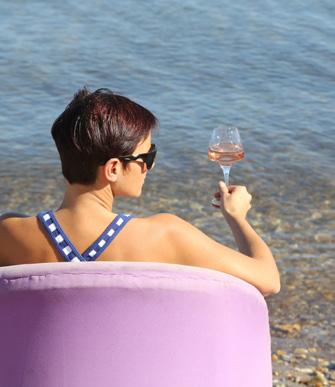

Prepress: Tony Willson tony@intermedia.com.au
Production Manager: Jacqui Cooper jacqui@intermedia.com.au
Subscription Rates
1yr (11 issues) for $70.00 (inc GST) 2yrs (22 issues)for $112.00 (inc GST)
– Saving 20% 3yrs (33 issues) for $147.00 (inc GST) – Saving 30%
To subscribe and to view other overseas rates visit www.intermedia.com.au or Call: 1800 651 422
(Mon – Fri 8:30-5pm AEST) Email: subscriptions@intermedia.com.au
National Liquor News proudly partners with Retail Drinks Australia.
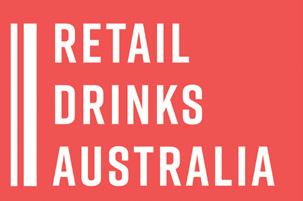
Disclaimer
This publication is published by Food and Beverage Media Pty Ltd (the “Publisher”). Materials in this publication have been created by a variety of different entities and, to the extent permitted by law, the Publisher accepts no liability for materials created by others. All materials should be considered protected by Australian and international intellectual property laws. Unless you are authorised by law or the copyright owner to do so, you may not copy any of the materials. The mention of a product or service, person or company in this publication does not indicate the Publisher’s endorsement. The views expressed in this publication do not necessarily represent the opinion of the Publisher, its agents, company officers or employees. Any use of the information contained in this publication is at the sole risk of the person using that information. The user should make independent enquiries as to the accuracy of the information before relying on that information. All express or implied terms, conditions, warranties, statements, assurances and representations in relation to the Publisher, its publications and its services are expressly excluded save for those conditions and warranties which must be implied under the laws of any State of Australia or the provisions of Division 2 of Part V of the Trade Practices Act 1974 and any statutory modification or re-enactment thereof. To the extent permitted by law, the Publisher will not be liable for any damages including special, exemplary, punitive or consequential damages (including but not limited to economic loss or loss of profit or revenue or loss of opportunity) or indirect loss or damage of any kind arising in contract, tort or otherwise, even if advised of the possibility of such loss of profits or damages. While we use our best endeavours to ensure accuracy of the materials we create, to the extent permitted by law, the Publisher excludes all liability for loss resulting from any inaccuracies or false or misleading statements that may appear in this publication.
Copyright © 2022 - Food and Beverage Media Pty Ltd
4 | National Liquor News
Cheers, Brydie Brydie Allen, Editor 02 8586 6156 ballen@intermedia.com.au ➤ 54 Tasmanian drinks ➤ 58 Sparkling wine ➤ 64 RTD for summer The Intermedia Group takes its Corporate and Social Responsibilities (CSR) seriously and is committed to reducing its impact on the environment. We continuously strive to improve our environmental performance and to initiate additional CSR based projects and activities. As part of our company policy we ensure that the products and services used in the manufacture of this magazine are sourced from environmentally responsible suppliers. This magazine has been printed on paper produced from sustainably sourced wood and pulp fibre and is accredited under PEFC chain of custody. PEFC certified wood and paper products come from environmentally appropriate, socially beneficial and economically viable management of forests. The wrapping used in the delivery process of this magazine is 100% biodegradable. The Intermedia Group’s Environmental Responsibility
Editor’s note
Top Reads news for winemakers, retailers and drinkers alike, rosé has shown strong growth over the last 12 months. While still only accounts for fraction the domestic wine market compared to white, red and sparkling wines, and global sales have been relatively volume for higher quality rosés priced AU$20-30. This linewithresearch IRIMarketEdge,whichfound that while the total value of still wine declined by two percentbetween2020and2022,rosémanaged grow by 15 per cent. cent. This was due in part to the COVID-19 pandemic, which he said “accelerated this premiumisation trend across the wine category general as consumers were buying higher-priced wines less frequency.” Thecompetitivenature therosémarkethasmeant uniformitywhen comes colourandhue,muchmore thancan seenwithred,whiteorsparklingwines.The majority these wines are made Australia, which accounts for 76 per cent sales on the domestic rosé market.YettheyarecompetingfiercelywithFrenchrosé, sip the roséStop and
Try the World’s Best English sloe gin this summer.


Wonderful fruity notes from wild-foraged English sloe berries combine with our award-winning London Dry Gin to bring you a perfectly balanced, true English sloe gin. Unlike other gins distilled today, our full range of True English Gins are produced just as they would have been when our family first started distilling over 150 years ago.
Contact your Southtrade representative for more information.
Regulars
Contents
October 2022
8 Cover Story: Beach Club shakes up the RTD market this summer
10 News: The latest liquor industry news for retailers around Australia
Changing Rank: Recent industry placements by BrightSide
14 Events: An exclusive look into the latest industry events
Marketplace: Brand news and promotions
Leasing: Exercising your option in a lease
IRI: The rise of the conscious drinker
Retail Focused
26 Retail Drinks Australia: How will Victoria’s election affect the retail liquor sector?
LSA WA: Wins for small businesses
Spotlight: CUB’s activation of Brookvale Union
Marketing: What we can learn from Champagne’s occasion-based marketing strategies

36 ILG: The family heads south for 2022 study tour
Retailing Aperitivo: A world of flavour
Tasmanian Drinks: A premium reputation
Strikeforce: The price of convenience
Wine
Wine Australia: Rosé still strong in Australia
The Rosé Report: Stop and sip the rosé
Sparkling Wine: A sparkling success
Wine Tasting Review: Shiraz and/or Cabernet based blends
Beer and Spirits
42 Summer Beer: The season’s trends are brewing
RTD: Ready to... deliver
12
16
30
40
28
32
34
44
54
82
27
48
72
70
58
6 | National Liquor News


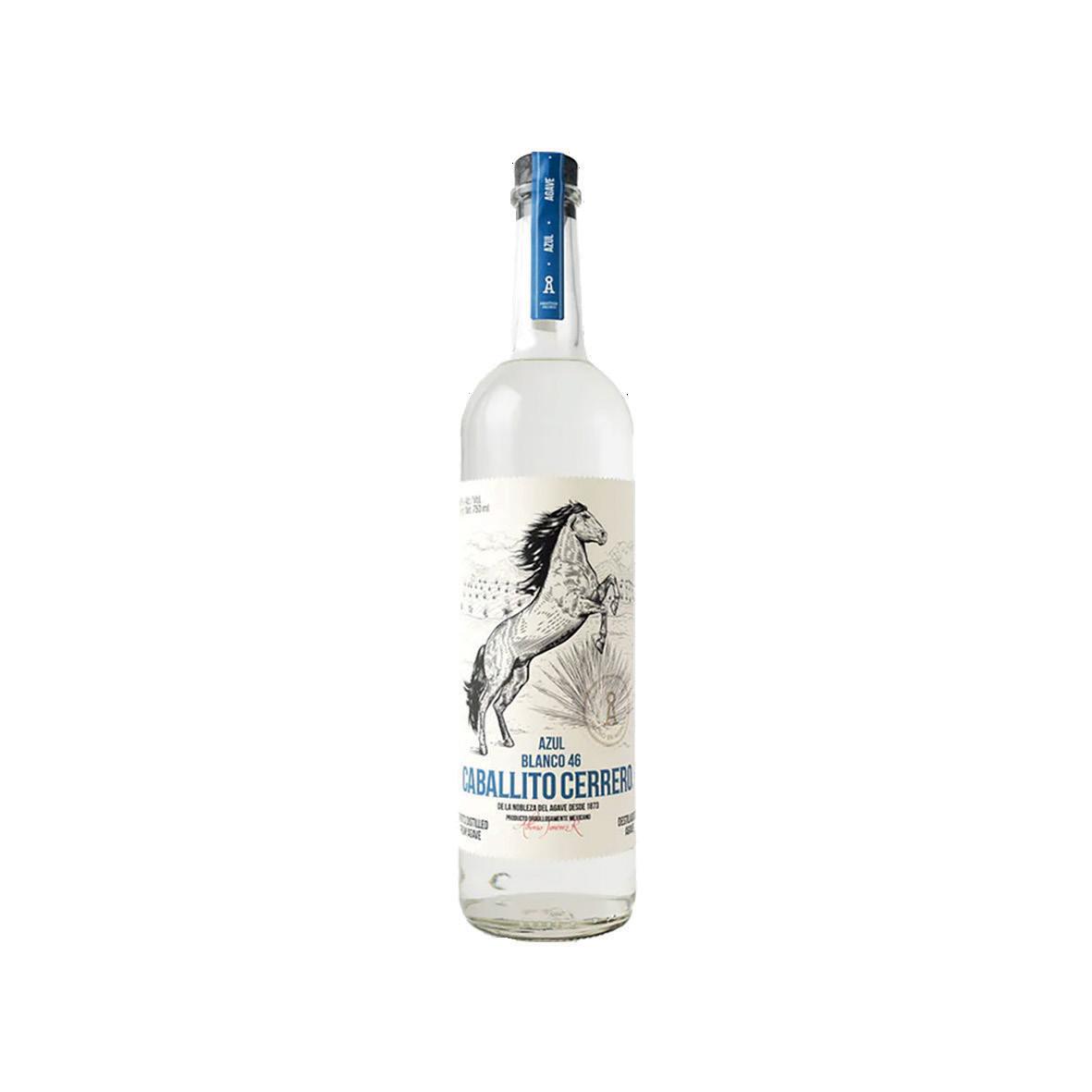
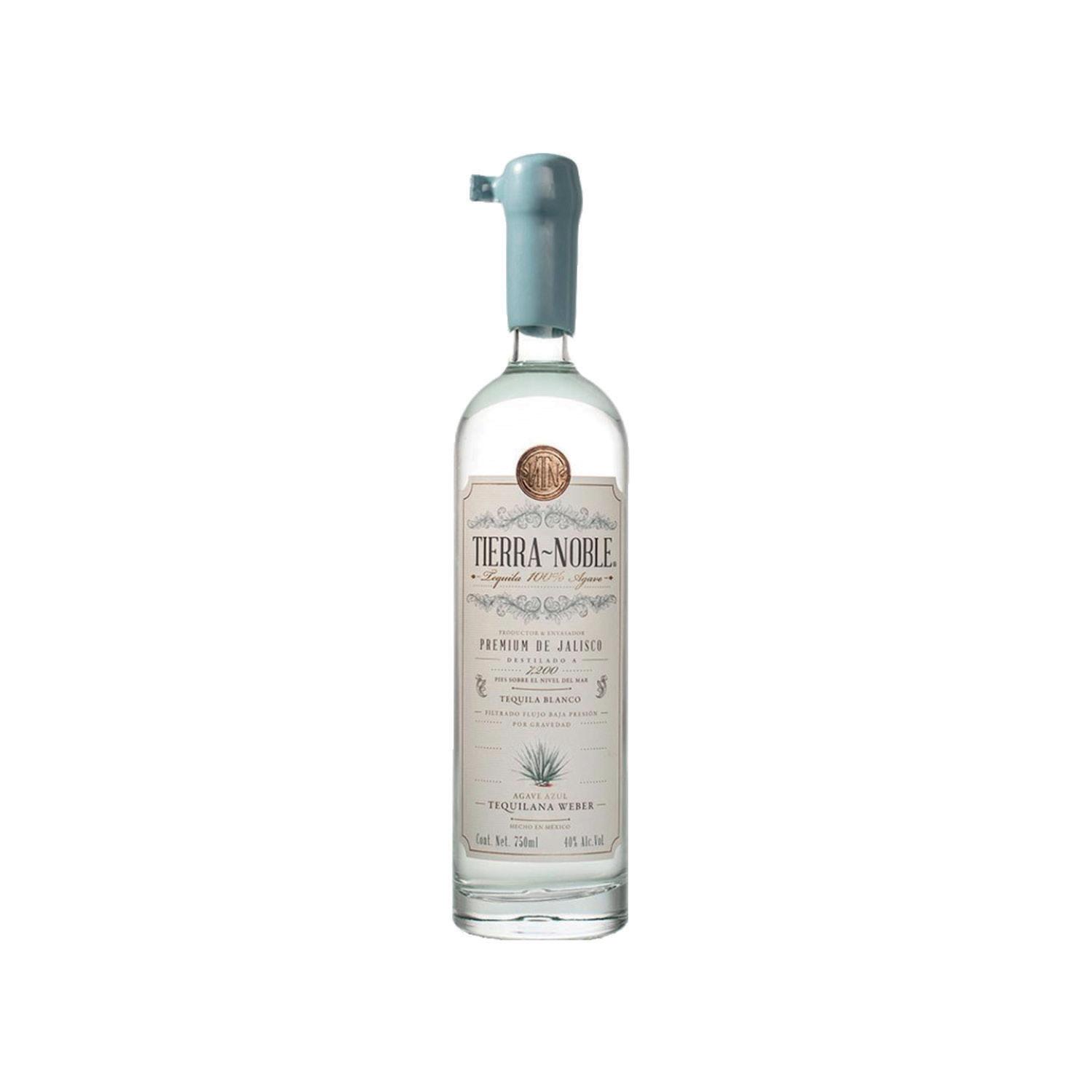


C.N.V LIQUOR AGAVE SPECIALISTS • INDEPENDENT • FAMILY OWNED & OPERATED cnvliquor.com.au
Beach Club shakes up the summer RTD market
Australian consumers will soon have more reasons to love the fun, flavourful and refreshing range from Beach Club.
With summer around the corner and social calendars quickly filling up, the months ahead are set to be bright and full of fun.
Consumers are anticipating a fantastic season, free from the uncertainty and restrictions that have impacted summer events for the past few years, and so are looking to celebrate in style with interesting and sophisticated drinks that suit the long hot days and social atmosphere.
Beach Club is perfectly positioned to meet consumers’ demand, with a core range of vibrant and delicious vodkabased ready-to-drink (RTD) beverages that have been making waves this year for the Australian Liquor Marketers (ALM) network of Independent Brands Australia (IBA) retailers.
Available in guava, passionfruit, blueberry and raspberry flavours, they’re something a bit different and exciting in a congested RTD market, according to Jason Redfern, Managing Director of Aust Liquor Collective (ALC), owners of Beach Club.
“A convenient 250ml can featuring a 4.6 per cent ABV serve of Australian vodka and punchy tropical fruity flavours make Beach Club premixes such a great alternative for the Australian drinker looking for a full-
flavoured, refreshing beverage,” Redfern said.
This summer, Beach Club is shaking up the market again and adapting to the latest consumer demands.
Furthermore, the cocktail RTD space has seen incredible success resonating with consumers in the past 12 months, as they look to bring the bar experience into their homes and social events. To address this demand Beach Club has plans to expand into the cocktail RTD space with 250ml canned Mojitos, Margaritas, Piña Coladas, Spritzers and more.
“We see an opportunity in the market to deliver Australian consumers traditional cocktails with a summery, fruity twist,” Redfern said.
“The vision is that the cocktail range would be packed with flavour and formulated to traditional bartender recipes; almost like Beach Club bringing a cocktail bar to you. Made to be served chilled with a garnish, consumers would be able to enjoy full flavoured, traditional cocktails, with a summery twist in a convenient format.”
While consumers will easily find something to love both in the Beach Club core range and coming expansion, the brand also holds great things for retailers and the
wider industry too, especially considering the jam-packed season of activity that has been planned.
“Meeting all current global trends on flavour and taste, Beach Club’s full flavoured range is conveniently packed in four-packs an competitively priced, in order to be a popular choice for most consumers,” Redfern said.

“An extensive promotional campaign to be rolled out right across this summer will see Beach Club drinks feature prominently in-store and on-premise. Price reductions and incentives for Australian retailers, in conjunction with Beach Club’s involvement in concerts, events and consumer promotions, will all enhance Beach Club’s identity this summer.”
The Beach Club range will help give IBA retailers an edge this summer, with a range of localised and personalised promotions, competitions and activations across the season. From ALM’s owned and exclusive arm, Independent Beverage Partners, it’s all about continuing the mantra of Championing Successful Independents. ■
Love the beach? Join the club! beach-club.com.au
8 | National Liquor News Cover Story
Taking the best from American bourbon and Scottish single malt production, NED is a quintessentially Australian whisky made for one and all.
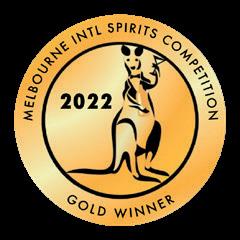

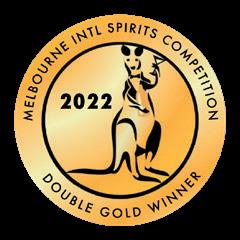



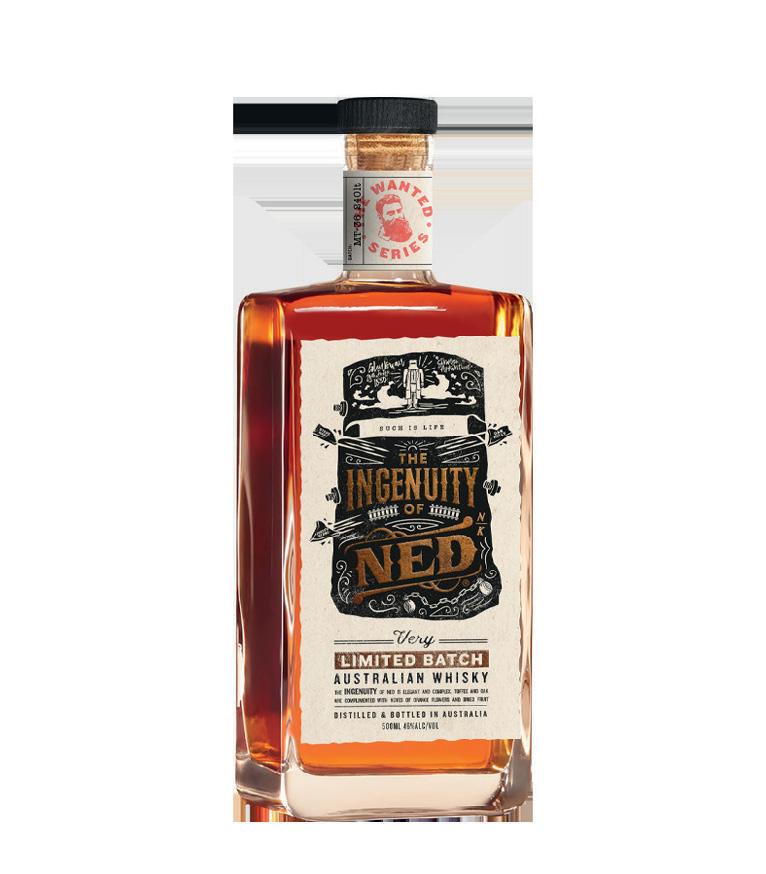
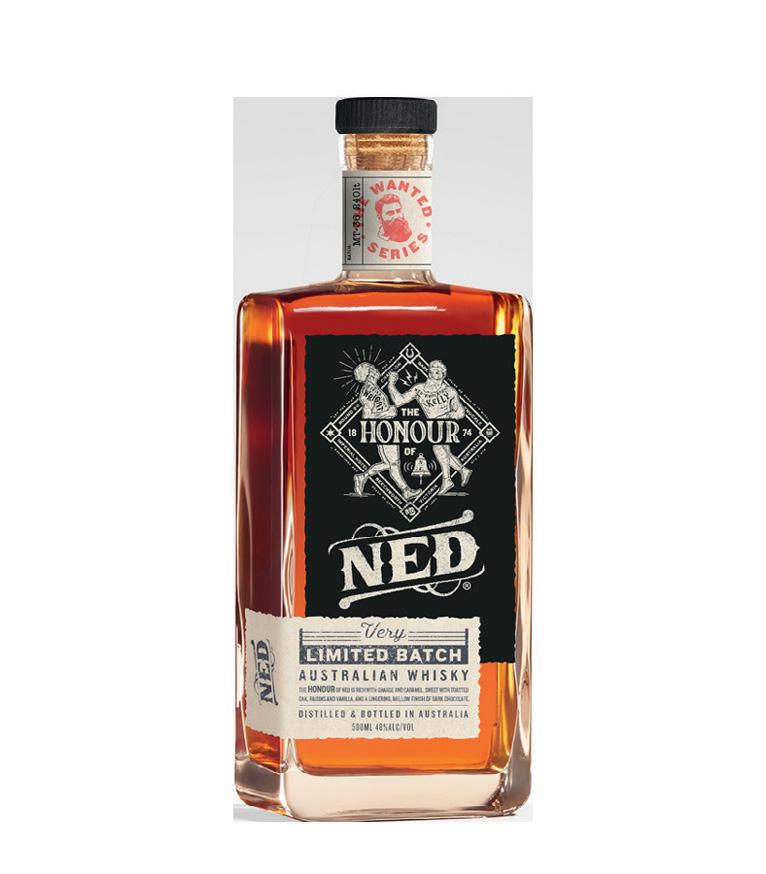

NED
AUSTRALIAN VODKA OF THE YEAR: GRAINSHAKER


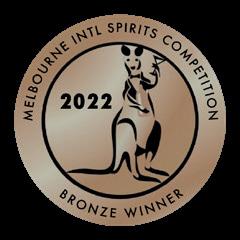

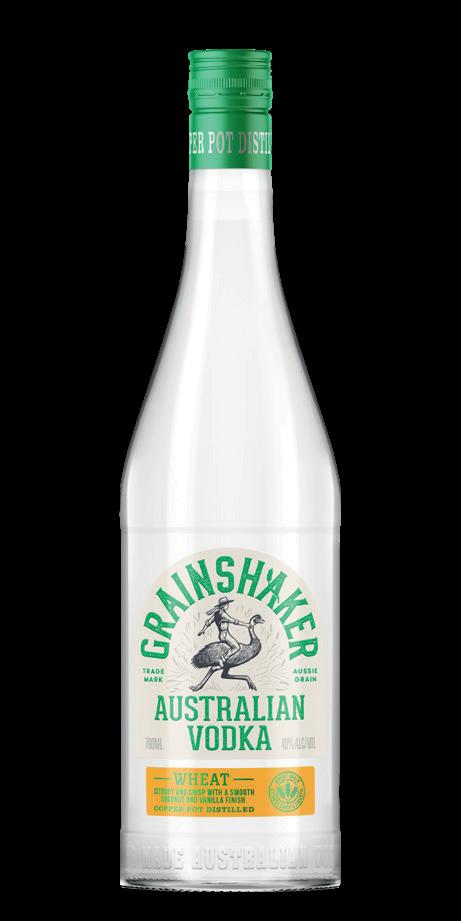
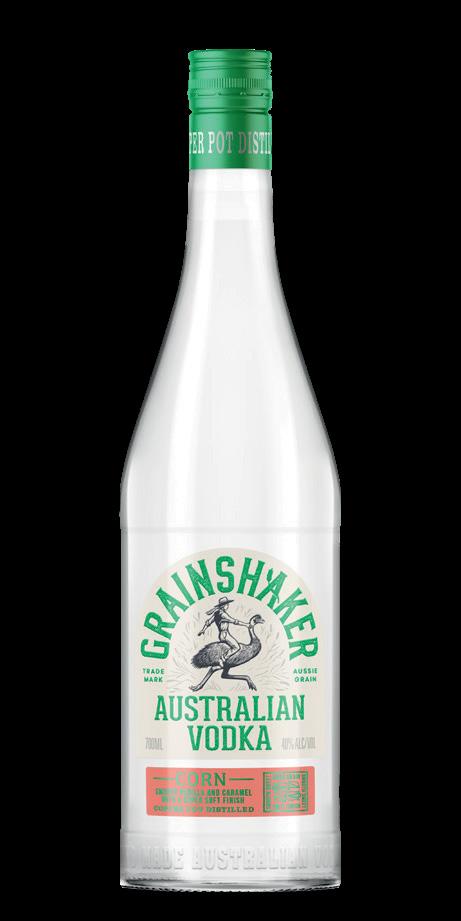
Using world class Australian grains we craft world class Australian vodka, just in time for festival season and the Summer of Grainshaker!
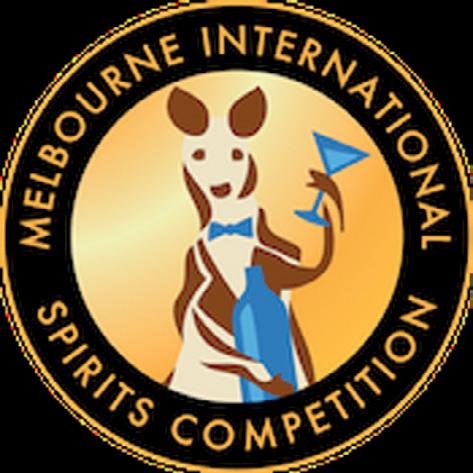
FIND OUT ABOUT

FINEST
US
AUSTRALIA’S
WHISKY & VODKA! SUPPORT@TOPSHELFGROUP.COM.AU EMAIL
AUSTRALIAN WHISKY OF THE YEAR:
WHISKY 2022 MISC MELBOURNE INTERNATIONAL COMPETITION SPIRITS
The latest liquor industry
For retailers around the country
Alcohol dominates Recommend Rankings for 2022
International research, data and analytics group, YouGov, has released its 2022 Recommend Rankings, which show the top brands that consumers most recommend in different markets around the world.
The Australian top 10 rankings show that alcohol brands are doing exceptionally well when it comes to impressing local consumers, taking out half of the list.

Australian winemaker Brown Brothers was the highest alcohol brand mentioned at number two, followed by Jack Daniel’s at number three, Johnnie Walker at number four, Asahi at number seven and Corona at number 10.
Laura Robbie, CEO, Asia-Pacific for YouGov, said: “YouGov’s Recommend Rankings leverages data from our proprietary tool, BrandIndex, to identify the brands consumers were most likely to recommend to others in their social circles.
“This, together with other metrics available in BrandIndex, gives businesses an in-depth understanding of their brand position in their sector, enabling effective benchmarking which can be shared quickly and easily.
“Brown Brothers’ position as the second most recommended brand in Australia is a testament to one of Australia’s leading family-owned wine companies.
“The inclusion of other international liquor brands such as Jack Daniel’s, Johnnie Walker, Asahi and Corona reflects Australia’s international tastes and love of a good beverage.”
Other than the liquor brands, the Australian list showed great things for the automotive industry with Toyota leading the list, followed by Kia (number six), MercedesBenz (number eight) and Hyundai (number nine). The final brand mentioned was WD-40 at number five.
Mandatory energy labelling on the cards for producers
Alcohol producers could soon be required to add ‘energy information’ such as calories/kilojoules to labels, following preliminary analysis by Food Standards Australia New Zealand (FSANZ). In a process beginning in 2019, FSANZ compiled evidence identifying “the problem of alcohol labelling”, and considered whether labelling is currently appropriate.
As a result, FSANZ said it had identified the following ‘problem statement’: “Unlike most other packaged food and beverages, labels on most packaged alcoholic beverages do not provide information about energy content to enable consumers to make informed choices in line with dietary guidelines.”
A second stage of the process investigated options to address this, and advised that mandatory energy labels on products would be the most consistent way to keep consumers informed about what they are consuming.
The end result is a proposal to amend the Australian and New Zealand Food Standard Code to require the energy labelling of alcohol. This proposal enter the assessment phase in April 2022, with consultation of the industry and others occurring between June and November of this year.
A Wine Australia spokesperson told National Liquor News: “Consultation is contemplating whether labelling ought to be on or off package, and how calorie information ought to be calculated.

“FSANZ is likely to decide whether to change the FSANZ Code to require calorie labelling for alcoholic beverages in mid-March 2023.”
If approved, a notification to the Food Ministers’ meeting is to follow later in March. In the event that there is no further review requested, FSANZ anticipates ‘gazettal’ or acceptance into the code in the middle of 2023.
News
10 | National Liquor News
Smaller markets are driving non-alcoholic innovation
Analysis from IWSR has found that Germany dominates non-alcoholic volumes, but that innovation is being driven in smaller markets, including Australia.
The US, the UK, France and Australia have all seen double-digit volume growth for non-alcoholic beverages in 2020 and 2021. Although Germany remains the largest market by volume, it has recorded flat growth in the same period.
Regarding Australia, Sarah Campbell, Research Director at IWSR, suggests that a trend that begins with Claytons (a non-alcoholic imitation ‘whisky’) in the 1980s is now strongly re-emerging.
“Demand for non-alcoholic spirits is strong with consumers who want to be part of the social drinking ritual without the alcoholic element,” Campbell says.
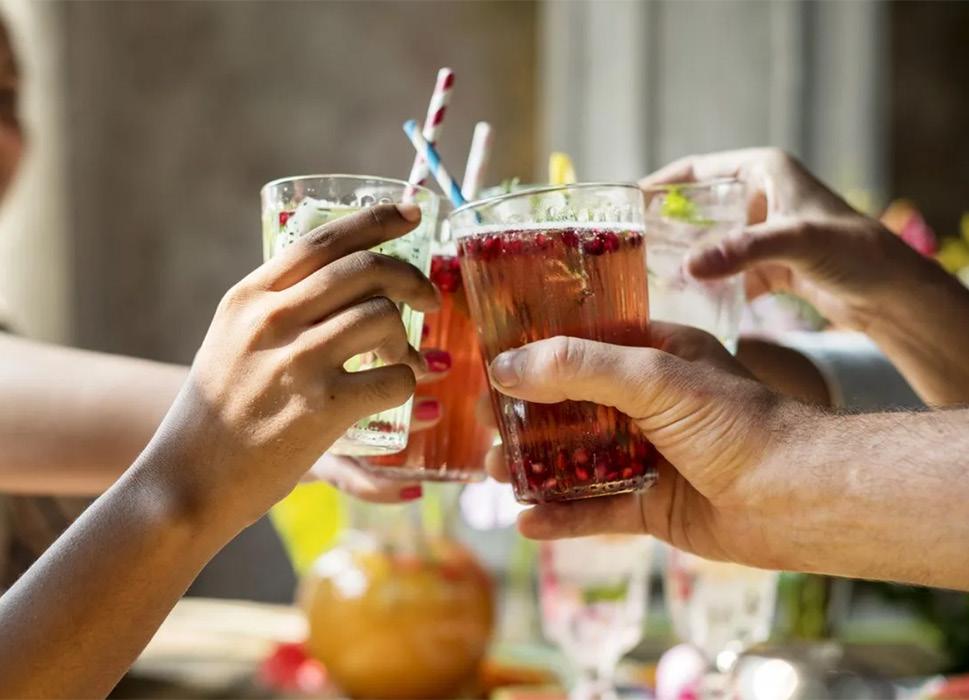
IWSR also highlighted the example of Lyre’s, a nonalcoholic beverage company founded by two Australians, as an example for how non-alcoholic brands are innovating across categories to remain successful. Lyre’s expanded from non-alcoholic spirit alternatives to no alcohol versions of sparkling wine and also RTDs.
“Successful no alcohol brands are moving between no alcohol categories in a way that is not always possible for regular alcohol,” comments Susie Goldspink, Head of No- and Low-Alcohol at IWSR.
“The no alcohol market is still very much in its early growth stage in many categories and geographies, as the sector continues to define itself.
“However, consumer interest and demand for noalcohol offerings continue to grow, propelling brands to continue investing and innovating in the sector.”
Northern Territory to upgrade BDR technology
The Northern Territory government has announced the streamlining of its Banned Drinkers Register (BDR) technology, which will see faster scanning speeds for retailers across the state.

Under current regulations, every liquor customer in the state must have their ID scanned against the BDR to complete their purchase. In July, there were 2,857 people on the NT’s BDR, with 355 sales declined from people on the BDR attempting to purchase alcohol.
With the new technology, which started rolling out late last month, the time taken to scan licences for this process will drop from 10 seconds to 1.3 seconds.
Ngaree Ah Kit, Minister for Corporate and Digital Development, said: “The new system will replace outdated scanning equipment, deliver faster licence scanning and reduce issues experienced by some outlets.”
Retail Drinks has welcomed the announced improvements, which are expected to be completely rolled out by November this year.
“The necessary upgrades to the BDR equipment will help improve its functioning and contribute to a more seamless experience for customers and retailers alike,” said Michael Waters, Retail Drinks CEO.
“Retail Drinks continues to support the use of the BDR as a targeted policy solution in helping to address the misuse and abuse of alcohol by the minority of individuals in the Territory, alongside Police Auxiliary Liquor Inspectors (PALIs).”
NT Chief Minister, Natasha Fyles, also reconfirmed the government’s commitment to the BDR’s success, noting: “The Banned Drinker Register is one part of a suite of comprehensive measures to tackle alcoholrelated crime and anti-social behaviour.”
News
October 2022 | 11 Top Newsletter reads Sign up to our fortnightly Newsletter by going to this URL: https://theshout.com.au/ national-liquor-news/ subscribe/ ➤ Finalists revealed for Retail Drinks Industry Awards ➤ What retailers need to know about Australian grape gins ➤ Flowstone Wines welcomes Janice McDonald
Changing Rank
BrightSide announces recent placements
Amber King and Sue Lauritz, Directors at BrightSide Executive Search, have been trusted advisors to the drinks industry for well over a decade. It’s been a busy year for BrightSide with the search for talent as demanding as ever! They have shared some of their recent placements and acknowledged an ongoing need for exceptional sales, marketing and digital/e-commerce candidates. BrightSide is the only dedicated drinks recruitment specialist nationally and has recently expanded their own team too.
Mark Gracez has joined Coopers as National Business Manager to drive long term growth with retail partners CLG and Aldi.
Robyn Booth is now Sales Administrator at All Saints Estate, supporting the sales team and overall business.

LMG is loving Isobel Christie in the VIC team as Merchandise & Communications Coordinator.

Joval Wines is excited to have Caroline Van Helden join the sales team as Business Area Manager Sydney.




Coopers Brewery has welcomed Kristin Kerr to its Marketing team as Customer Marketing Manager Off-Premise.
Mountain Distilling is impressed with the work Michael Chaffe is doing, leading from the front as the new Head of Sales.


DMG Fine Wines is delighted to welcome Pratika Lal as Sales Account Manager supporting the VIC team and customers.

Jack Gauci is loving his transition to the spirits category with Proximo as Area Sales Manager Adelaide.


Coopers Brewery is enjoying the online skills that Grace Swift brings to the marketing team as Social Media Coordinator SA.

Jake Murphy is thrilled to be back in the industry selling what he loves most as part of the Good Drinks team in VIC.
For more information go to www.brightside.careers or to look for current opportunities check out the BrightSide LinkedIn page: www.linkedin.com/company/bright-side-executive-search
12 | National Liquor News
Discover wines from the next generation of an iconic Barossa wine family. www.corrytonburge.com



"We don't just make great wines, we put our heart and soul into it"
Siblings Amelia & Trent Burge
The latest liquor industry
Events
Paramount Liquor holds dark spirit masterclass
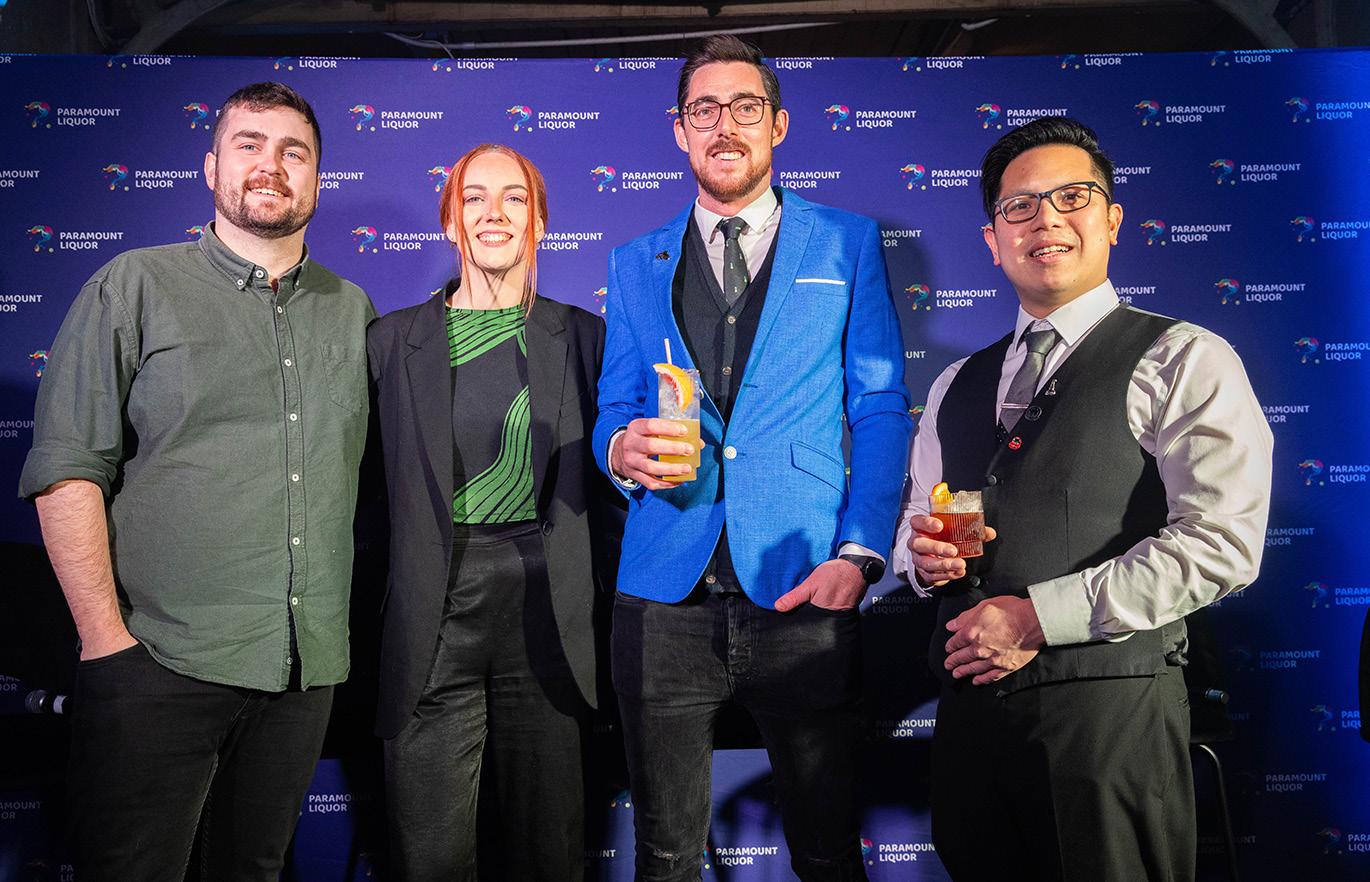

Wholesaler Paramount Liquor said goodbye to winter by hosting its first dark spirits masterclass inside the stone walls of the Old Melbourne Gaol recently. The event brought together industry experts and the trade itself to taste a range of products and hear from a selection of brand ambassadors who shared insights, trends, category knowledge and plenty of stories. Signature cocktails on offer were crafted by bartenders at some of the leading dark spirit venues across the country.
The Lost Explorer Mezcal celebrates Australian launch

Proof Drinks Australia has introduced another new and interesting spirit to our shores with the release of The Lost Explorer Mezcal. The premium mezcal brand launches with three SKUs made with different varietals of agave plant. All three debut products were showcased at The Lost Explorer Mezcal launch last month, held at Sydney Oaxacan restaurant, Santa Caterina. Here, guests could experience the unique flavour profiles of each mezcal and see how they complemented different cocktails and food pairings.
Grey Goose celebrates Essences range afloat in Sydney Harbour
Grey Goose toasted its Essences range of botanical spirits in Sydney last month aboard the yacht Ghost II. Cocktails were served featuring the range, which includes flavours of: Strawberry & Lemongrass, White Peach & Rosemary and Watermelon & Basil. Newly minted Brand Ambassador Kayla Grigoriou was on hand to host a martini and oyster masterclass, alongside Pez Collier, from Pearl Diver Cocktails & Oysters.
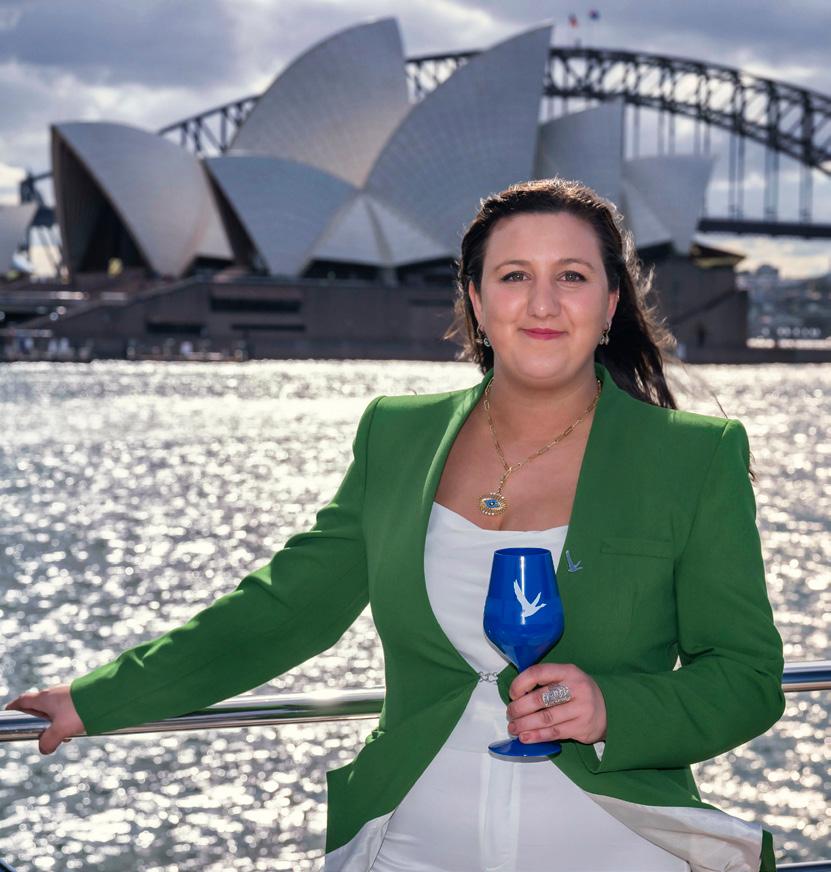 New Grey Goose Brand Ambassador Kayla Grigoriou
Above and below: Guests at the Paramount Liquor Dark Spirit Masterclass
New Grey Goose Brand Ambassador Kayla Grigoriou
Above and below: Guests at the Paramount Liquor Dark Spirit Masterclass
14 | National Liquor News
Simon Ford gives the history of gin through cocktails
Hospitality icon Simon Ford was recently able to finally tour Australia, and hosted a series of industry masterclasses, including at Sydney’s Hickson House. Ford introduced his Fords Gin brand to guests, while explaining how Limmer’s Punch, the Gimlet, the Martini and the London Calling cocktails represented specific moments in the spirit’s history. Visitors from the retail and hospitality sectors also got to taste a small pour of Fords Gin Officers’ Reserve, a navy strength gin aged in Amontillado casks.
Rusden Winery and Saint Wine bring a taste of the Barossa to Sydney
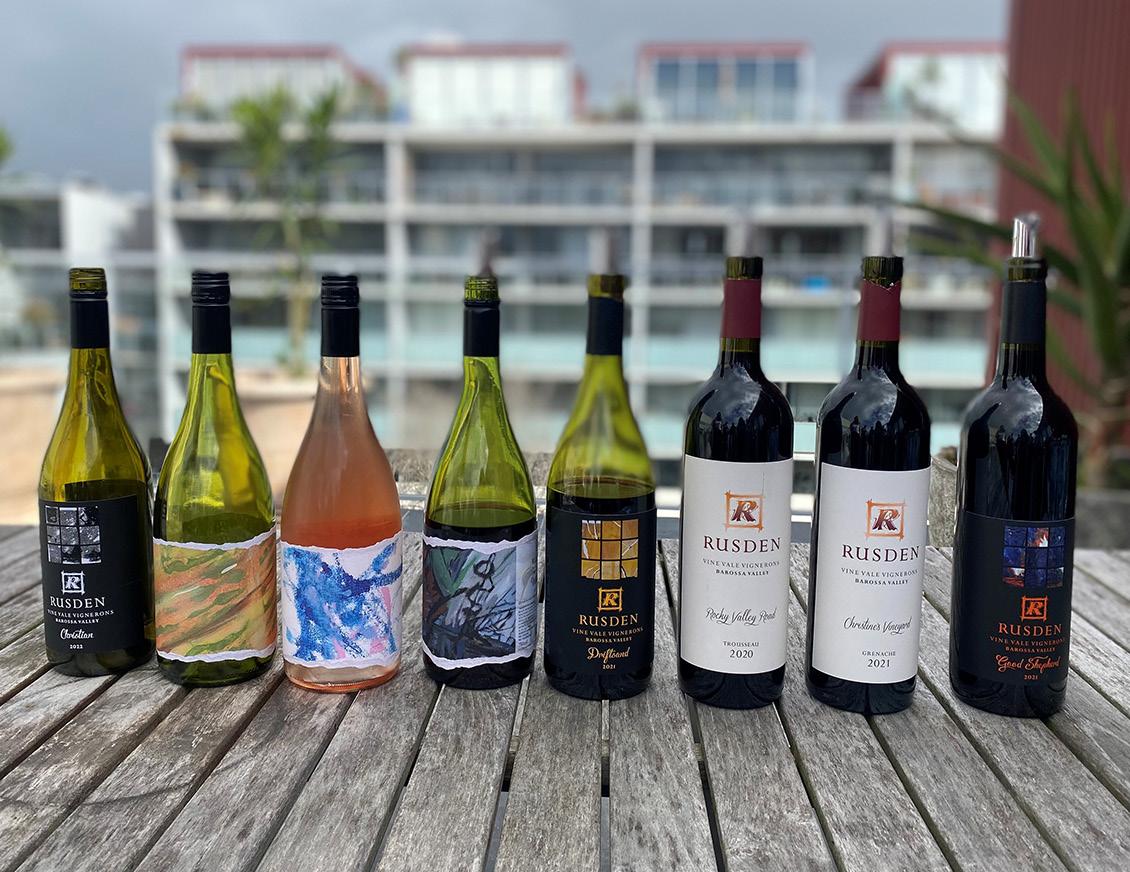
After a couple of years of uncertain borders, industry members across the country have been able to finally reconnect with interstate producers again. This includes at a recent tasting lunch in Sydney held by Barossa producer Rusden Winery, in conjunction with its distributor, Saint Wine. The informal dropin style event gave industry partners a chance to taste the Rusden range while chatting with winemaker Christian Canute and the local Saint Wine team.
Eddie Brook and Jim McEwan launch Cape Byron Single Malt
In September, distilling legends Eddie Brook and Jim McEwan (previously of Bruichladdich) launched Cape Byron Distillery’s new single malt whisky at a number of industry and consumer events.

During industry events, members of the hospitality and retail sectors were invited to taste the distillery’s new flagship whisky, the Original, alongside a Chardonnay cask finish and a taste of the brand’s youthful peated malt spirit. McEwan told a few tall tales, and a barrel aged version of the distillery’s Mac. Liqueur was also served.
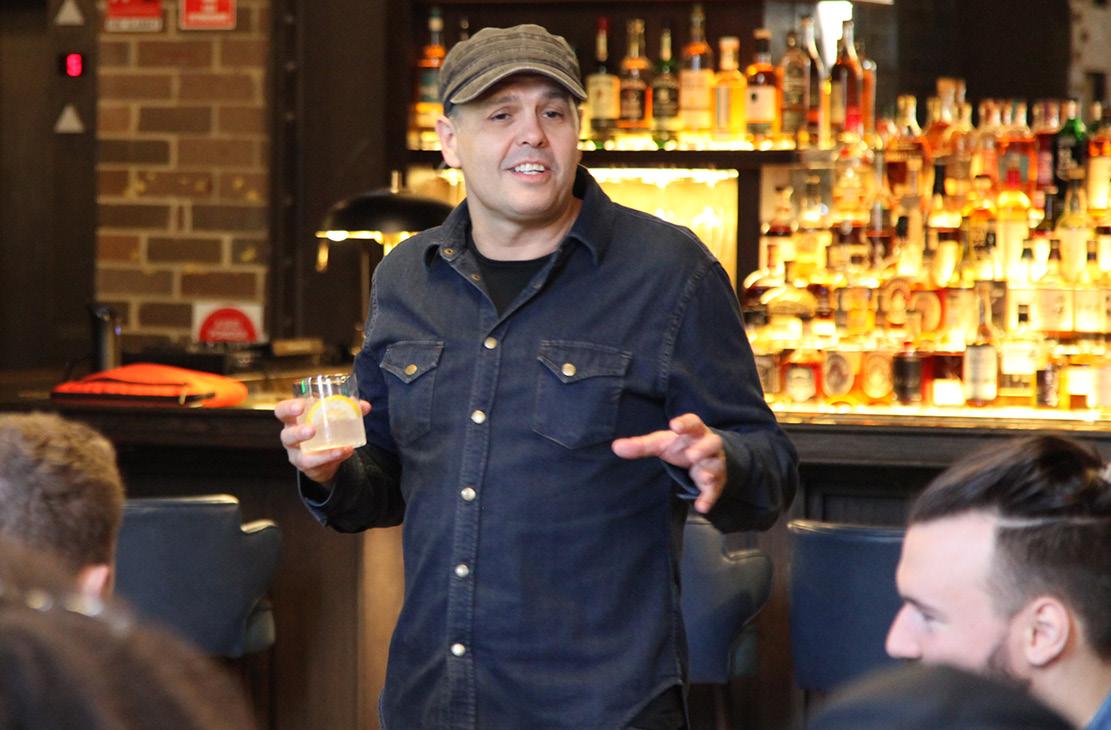
Rhubi finally meets the trade
After the pandemic prevented Australian aperitif Rhubi from properly meeting the hospitality and retail trades, the brand was able to host a ‘launch’ event at Surry Hills’ Dead Ringer on 9 September.
Founders Evan Stroeve, Dave Hobbs, and Linn and Tim Philips-Johansson introduced the rhubarb-flavoured take on a ‘mistelle’ (a French liqueur that combines fruit juice with the spirit of the same fruit), while guests enjoyed a classic aperitivo hour.
 Jim McEwan and Eddie Brook
Evan Stroeve
Simon Ford
Jim McEwan and Eddie Brook
Evan Stroeve
Simon Ford
October 2022 | 15 Events
Marketplace
Brand news and promotions
Manly Spirits unveils highly anticipated Signature Release
Manly Spirits Co. Distillery has released its brand new signature single malt whisky, Coastal Stone Whisky: Nor’easter.

Inspired by the summer breeze that hits the coast of Sydney and creates the prime climate for whisky maturation, the new single malt whisky will be the quality staple of the Coastal Stone range, with a new ‘vintage’ set to be released each year.
This first Coastal Stone Nor’easter brings together the world of wine and spirits, with Manly Spirits maturing the new make liquid in both Australian ex-wine and classic American/French oak barrels
Co-owner of Manly Spirits, Vanessa Wilton, said there was an art to creating a spirit that builds the definition of Australian-made whisky, a craftsmanship which extends into the packaging too. The Coastal Stone Nor’easter features a world first Sydney sandstone stopper, with a bespoke glass bottle and modern gift box highlighting artwork inspired by the city’s Northern Beaches.
“Everything we do at Manly Spirits Co. celebrates the Australian coast and we are very much connected to our location on the Northern Beaches of Sydney. For our Nor’easter single malt whisky, we wanted to highlight coastal elements – tide, wind, water – how they all work together to create our beautiful balanced whisky,” Wilton said.
On the palate, the Coastal Stone Nor’easter’s smooth complexity extends from a light to medium body up front, with nutty chocolate notes, through to dried stone fruits and fine subtle tannins in the mid-palate and rounding out with creamy panna cotta, featuring pear, chocolate and five spice notes at the back. It ends with a long, rich, elegant finish.
Coastal Stone Nor’easter is available now with a RRP of $99 per 500ml bottle.
Vintage House Wine and Spirits champions rosé this spring
For all your rosé needs this season, look no further than the team at Vintage House Wine and Spirits and their extensive range. From the Adelaide Hills to Provence, the distributor has a style to suit all customers, including the new Champagne Duval Leroy Rosé and Angove Organic Rosé.
If you’re looking for French rosé, the team recommends trying Estandon from Provence or Les Peyrautins from Languedoc. Or if you need preservative free options, a good choice is the fantastic Temple Bruer Rose. For vegan friendly options, look no further than the award-winning Naturalis Organic Rosé with its soft carnation pink colour and deliciously refreshing flavours. Another Australian highlight from the rosé portfolio is the stunning Wild Olive Organic Rosé from McLaren Vale, with aromas of rose petals, Turkish Delight and strawberry that still maintains a pristine acid balance with restrained tannin profile and pure, vibrant Grenache characters. Also not to be missed from the incredible state of South Australia is the small batch Simon Tolley Pinot Noir Rosé, rounding out the portfolio from the cool Adelaide Hills.
Vintage House Wine and Spirits is also stepping up its rosé game soon too with the coming release of Charles Pelletier Sparkling Rosé. With notes of raspberry and sweet spice combined with a hint of grapefruit and redcurrant it’s an authentic, effervescent taste of France.
For more information on how to champion rosé instore this season, contact your local Vintage House Wine and Spirits representative.
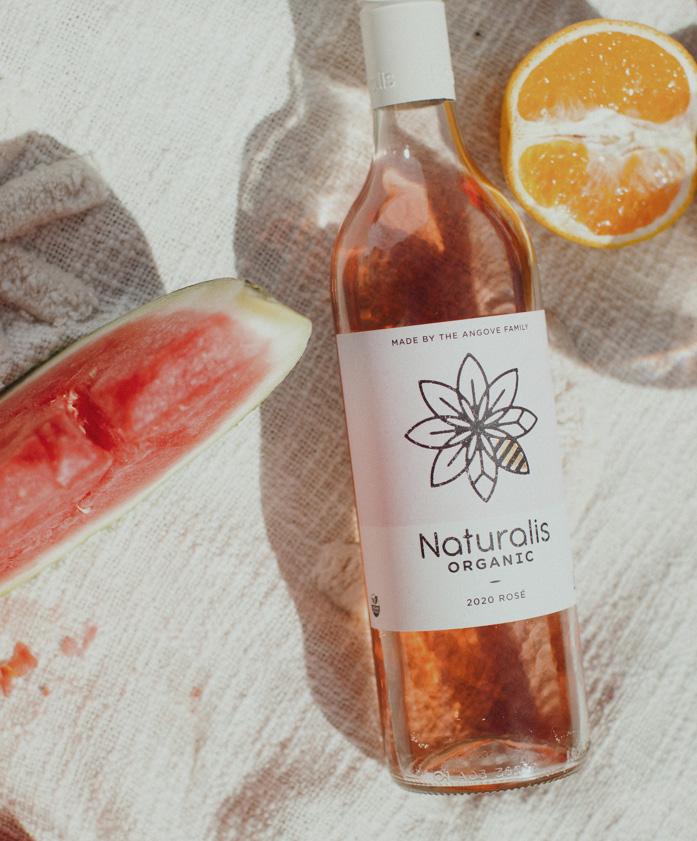
16 | National Liquor News
New Part Time Rangers flavour protects Australian penguins
Brown-Forman RTD brand, Part Time Rangers, has expanded its offering with Peach Penguin - a refreshing, delicious and low sugar RTD made from a carefully crafted combination of vodka, sparkling water and juicy peach flavour.

The flavour itself makes Peach Penguin well positioned for success in the Australian market - 74 per cent of Aussie consumers want to try a peach RTD, with the flavour growing at 26 per cent, and ahead of the total RTD market’s growth rate of 10 per cent.
Like the rest of the Part Time Rangers collection, Peach Penguin will also help consumers ‘save while you sip.’ Part Time Rangers will be donating funds to support the Conservation Council of WA and Penguin Expert Dr Erin Clitheroe, to save Australian penguins on Penguin Island WA.
Penguin Island WA is home to the largest population of Little Penguin on the west coast, which has seen a significant decline of more than 80 per cent since 2007. A major threat to the survival of this penguin colony is increasing temperature. By choosing Peach Penguin, Part Time Rangers consumers will contribute to new and improved nesting boxes that will better protect penguins from heat and help to create cooler habitats best suited for penguins.
Part Time Rangers Peach Penguin is available now in 330ml cans with 4.5 per cent ABV, 98 calories and a RRP of $21 per four-pack.
Sources: Part Time Rangers Research 2022; IRI, Projected Australian Market, MAT to 03/07/2022.
Corryton Burge celebrates heritage and quality with national wine release
Since Corryton Burge launched in July 2020, siblings Amelia and Trent Burge have worked tirelessly to continue sharing the joy of wine that has been passed through the generations of their family for over 160 years.
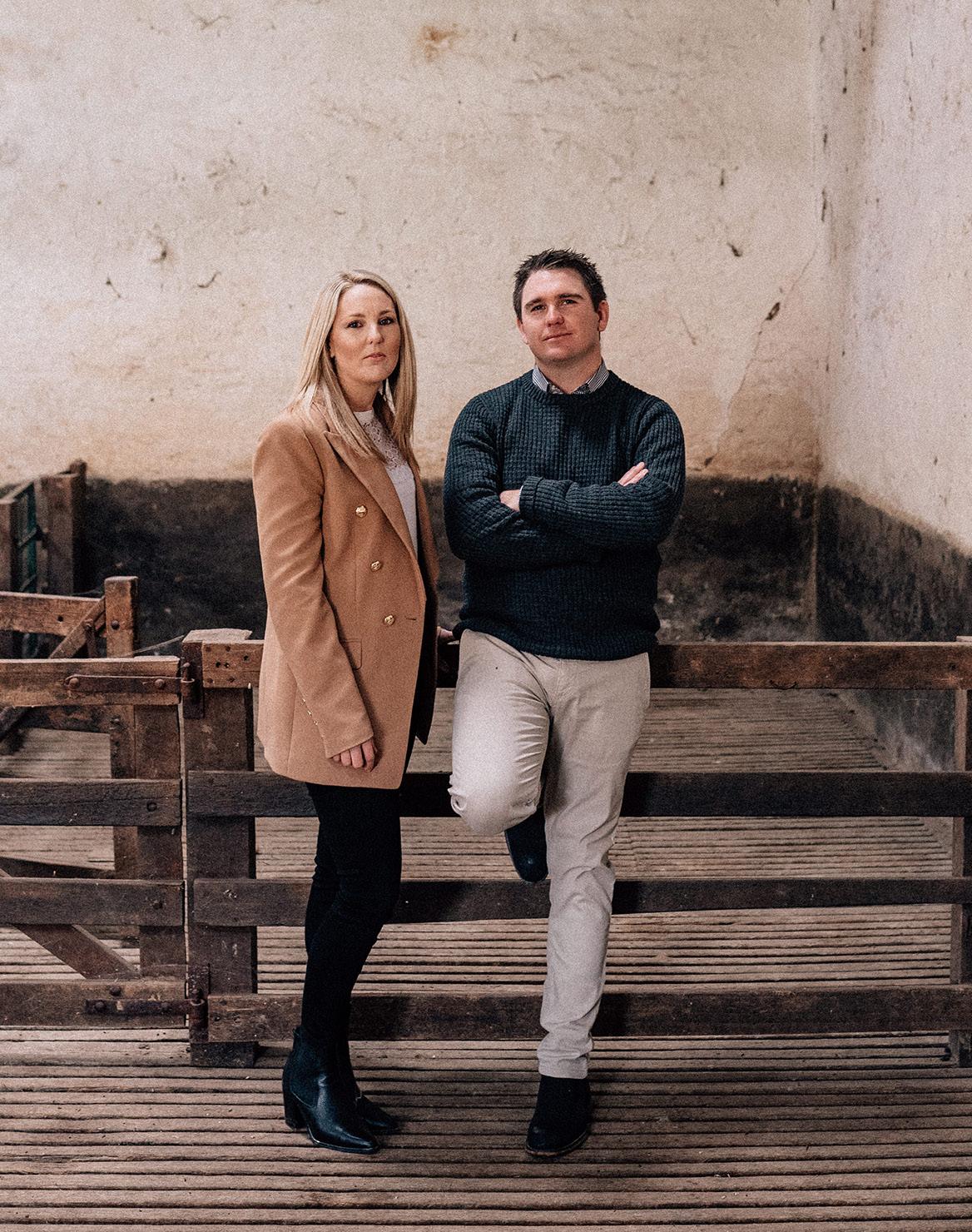
As the current caretakers of the iconic Burge family name, the siblings have overcome a range of challenges to now share their eight wines nationally via Oatley Fine Wine Merchants. These wines celebrate the siblings Kith and Kin – with the Kith range honouring the extended family and friends who are inseparable from the Corryton Burge history and future, while the premium Kin range celebrates the family roots.
The two principles that guide the Corryton Burge winemaking philosophy are the simple pleasure of wine that brings family and friends together, as well as the respect to each varietal. This means the siblings will source fruit from the best regions whilst ensuring it fits with the brand story, for example, with Pinot Noir coming from Tasmania not only due to the region’s reputation, but the family connection to the area (being where Trent and Amelia’s mother grew up).
Trent added: “When you pick up a bottle of Corryton Burge, you can be sure we’ve done more than just made a great wine…we’ve respected our family legacy and put our heart and soul into this exciting new chapter.”
Corryton Burge, named for the beloved heart and soul of the family’s Corryton Park Homestead, has also infused its heritage into the packaging of each bottle too. Packaging features distinctive yellow hues, a core colour from the original family crest, with a griffin brand icon, representing the griffins at the entrance of the homestead, nestled in the rolling hills of Eden Valley.
Amelia and Trent Burge
October 2022 | 17 Marketplace
Demand surges for El Tequileño Tequila
Australia’s demand for El Tequileño Tequila is soaring, thanks to growth of the ‘premium and above’ price segments in the category. According to IWSR, there has been a volume sales increase of 64 per cent, showing incredible demand for such tequilas.
The full El Tequileño range includes seven highly awarded tequilas, brought to Australia by CNV Liquor Distribution. For the creation of all these tequilas, the highest quality agave is sourced from the highlands of Jalisco, a region renowned for being the premier growing region for Blue Agave.
After the agave is cooked, pure volcanic spring water is used throughout the milling process to extract the natural sugars. This mineral-rich spring water flows from the extinct ‘Volcan de Tequila’ directly through the distillery. El Tequileño is one of only four distilleries that has access to this natural resource, which contributes to the smooth balanced flavour of its tequilas.
In this distillery, 150 year old mango trees are found only steps away from the open fermentation tanks. This has a profound influence on the tequila, giving it a tropical, fruity characteristic. El Tequileño is also exclusively distilled in copper pot still.
One example of a high performing tequila from the El Tequileño range right now is the Platinum SKU, which is left to mellow in American Oak for a minimum of 14 days before bottling. Expect aromas of cooked agave, herbal notes, delicate nuances of anise and black pepper, with a smooth and delicate finish.

Lion launches limited edition new White Claw Pineapple
White Claw is bringing a tropical tide down under just in time for summer, announcing the local release of a limited edition Pineapple seltzer flavour.
Voted the number one flavour choice in recent consumer research, White Claw Pineapple is described as juicy, tropical and sessionable, with an exceptionally clean finish, refreshing hit of sweetness and just 95 calories per can.
Following the success of other limited edition White Claw flavours, Brand Director Ed Jamison said the new flavour is set to make waves in the booming seltzer market this season.
“We’re into our third year in-market this October and the last two years have seen such incredible success for the brand with over 27 million cans of White Claw sold since launch,” Jamison said.
“We wanted to continue White Claw’s momentum over summer with a limited edition drop of Pineapple. Tropical flavours are trending at the moment and 56 per cent of RTD drinkers say that new flavour releases are the most important factor in keeping them interested.
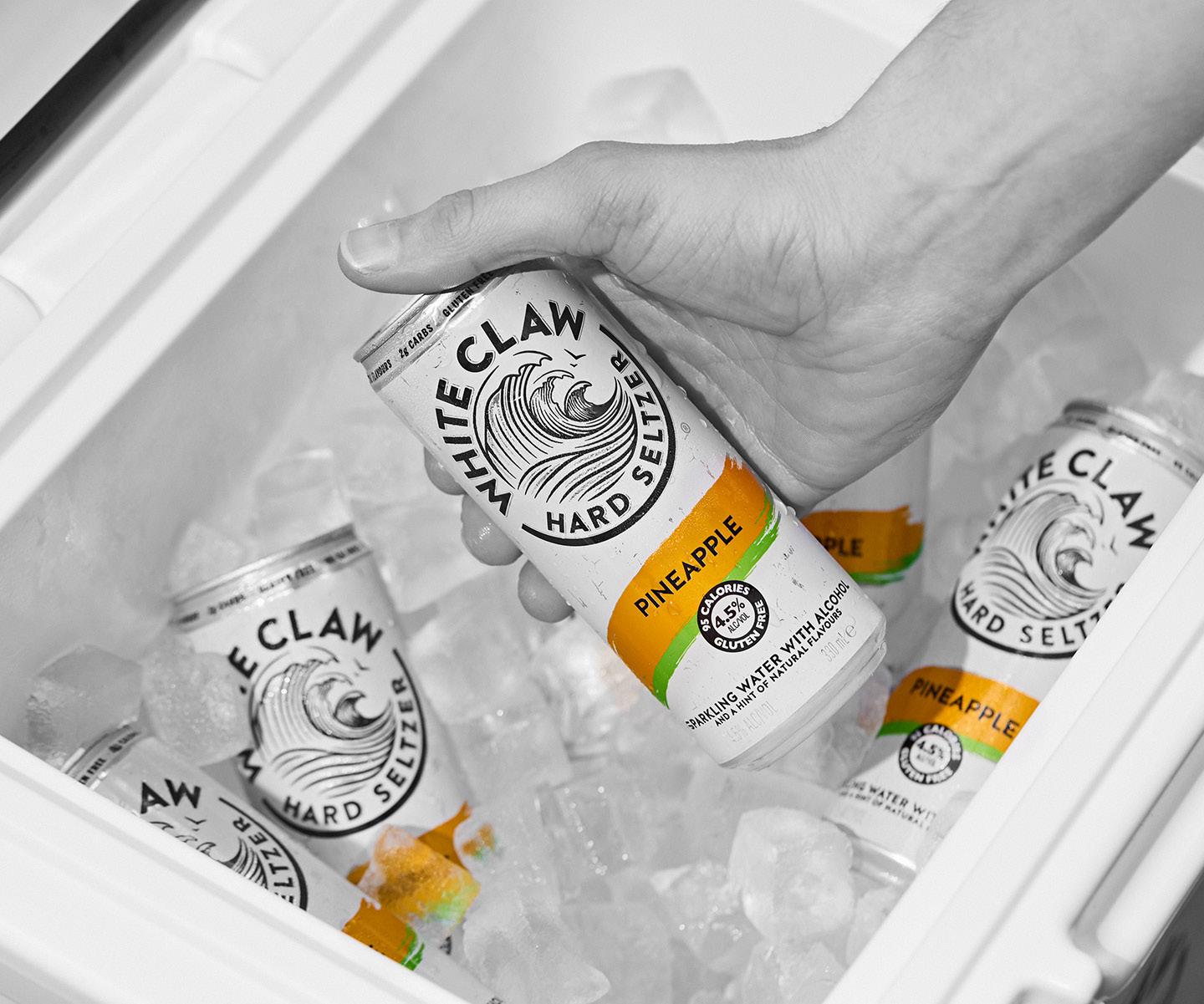
“We’ve heard what the people want! That’s why we’re releasing the ultimate summer flavour in White Claw Pineapple, made for long weekends, hot afternoons, sunset sessions and good times with mates all summer long.”
White Claw Pineapple is now available with a RRP of $24 per fourpack, alongside the popular core range which includes flavours such as Mango, Watermelon, Natural Lime and Ruby Grapefruit. For more information, contact your local Lion representative.
Marketplace
18 | National Liquor News

Wild Turkey shakes up bourbon RTD market with Discovery Series
The latest Wild Turkey RTDs to hit the market are sure to cause a stir amongst dark spirit consumers, offering a lighter way to enjoy bourbon.
The Wild Turkey Discovery Series encourages consumers to think outside the usual bourbon and cola pairing to explore the potential of the spirit further with two products specially designed to enjoy on a hot summer’s afternoon.

The latest two SKUs are Dry & Lime and Lemon Soda, both of which come in at 4.2 per cent ABV per 330ml bottle. These new premium RTDs carefully combine the Wild Turkey signature bourbon with lighter flavoured mixers than the traditional cola. The end result is a refreshing serve that demonstrates the versatility of bourbon to complement all the events on the summer calendar.
For more information, contact your local Campari Australia representative.
range in time for summer
Last summer saw the rapid rise of the seltzer, and with demand showing no signs of slowing down as we approach the warmer months once again, Good Tides Hard Seltzer continues to ride the wave - with the announcement of a new flavour to enjoy this summer.
The new Blackcurrant flavoured hard seltzer features no sugar and no artificial sweeteners and is a great addition to the Good Tides range. With 6.7 per cent ABV, this drink is loaded with the familiar and clean taste of Good Tides Hard Seltzers, complemented by strong and earthy currant undertones.
Or for those who struggle to select just one of the thirst-quenching flavours on offer, Good Tides has introduced a mixed 10-pack of hard seltzer. The perfect refreshment for enjoying a balmy summer’s day with friends, the pack features an assortment of Good Tides taste sensations so that there is a well-matched flavour for everyone.
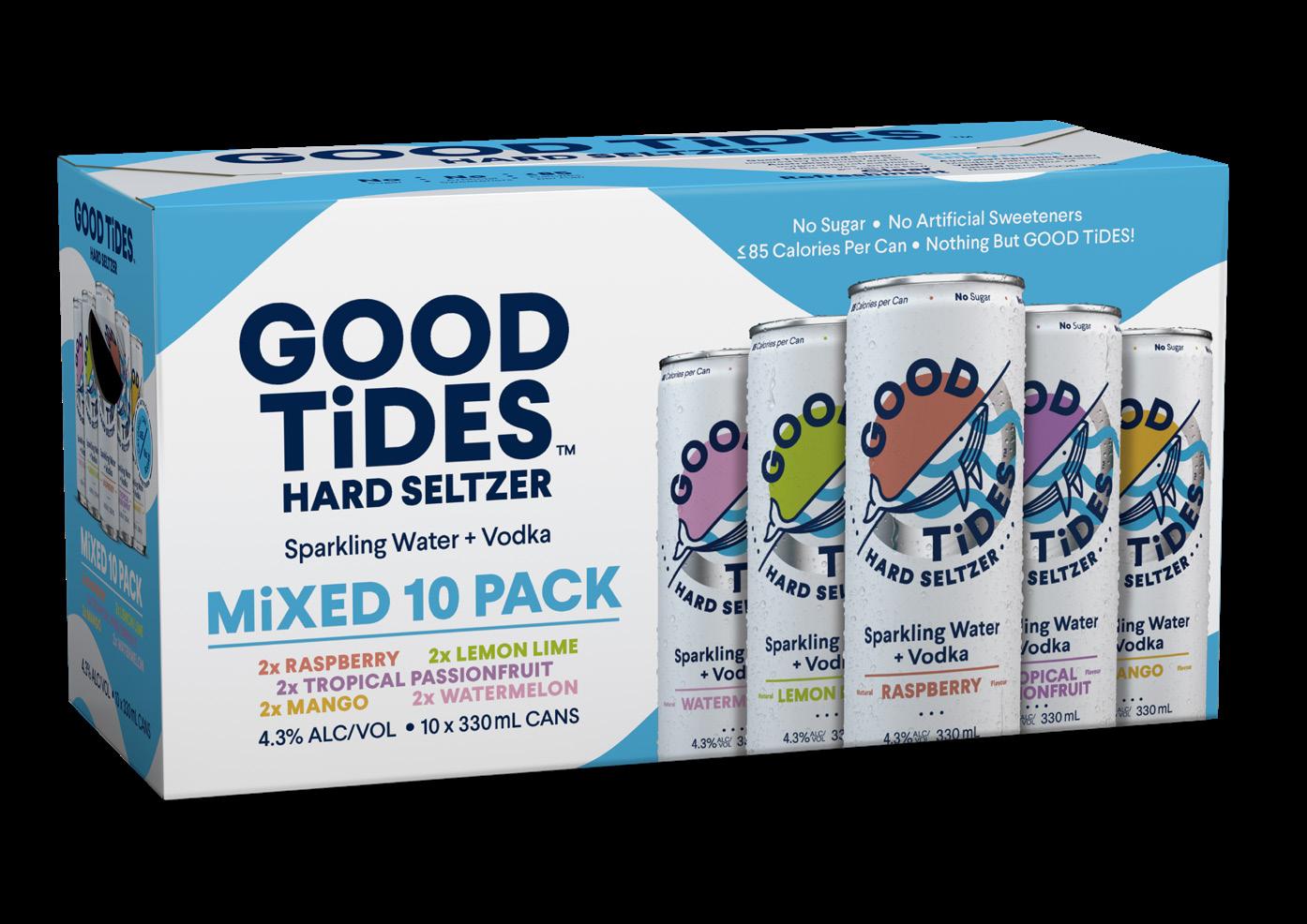
To add to the fun, Good Tides is partnering with Australia’s number one surf and leisure online retailer, SurfStitch, to captivate and invigorate customers with a rewarding promotion. For the chance to win SurfStitch vouchers of $10, $20 or $50 in value, all seltzer-loving shoppers can purchase specially marked packs of Good Tides’ core SKU range, including Good Tides Raspberry, Good Tides Lemon Lime and Good Tides Tropical Passionfruit crowd favourites.

Marketplace
20 | National Liquor News

Aperol says ‘ciao’ to the spring
Aperol is redoubling its efforts to celebrate the start of springreminding everyone that now the weather warms, a refreshing Aperol Spritz is the perfect pairing to spring-time socialising with friends and food. And what better way to celebrate than with an Australia-wide campaign? The bittersweet and citrusled aperitif is already synonymous with warmer weather, and is bolstering this reputation with a give-away of up to 100,000 Aperol Spritz across the country. Until the end of November, drinkers will be able to enjoy a free Aperol Spritz through a special digital cashcard system.
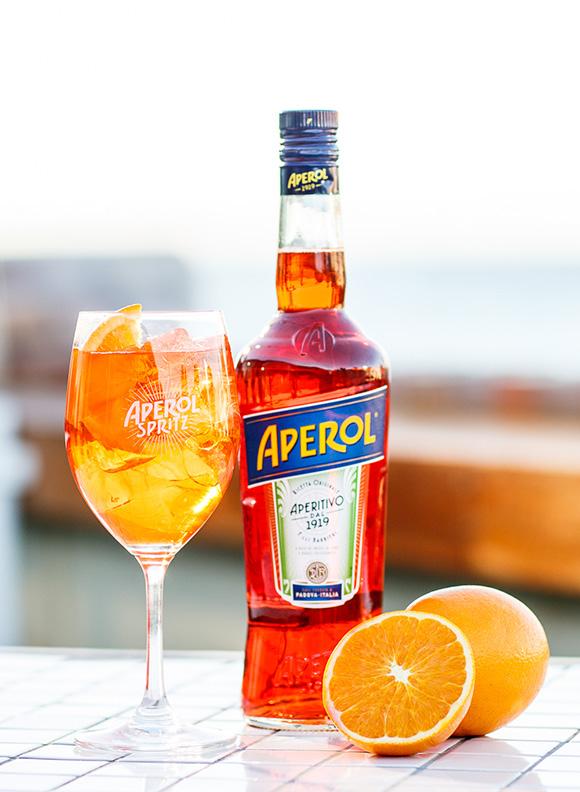
Paolo Marinoni, Marketing Director for Campari Group Australia, said: “Aperol is refreshing, light, and thirstquenching. How could we not celebrate this beautiful time of year… by encouraging Australians to get back outside, amongst friends, over a refreshing Aperol Spritz? The warm air and longer days evokes the Italian lifestyle, so why not celebrate the start of the new season with the classic Spritz.”
Scapegrace Distilling Co. breaks ground on New Zealand’s largest distillery

Fever-Tree’s latest release off to a great start
Dark spirit drinkers of Australia rejoiced at the recent release of Fever-Tree’s latest innovation, the Distillers Cola. Crafted to be the perfect premium pairing for whiskies and rums from the world’s finest distilleries, the new product caters to solid consumer demand.

According to BevTrack and IWSR, half of all spirits in Australia are consumed with a mixer, a number which is on the rise. Mixing with different kinds of whisk(e)y is also on the rise, with cola being present in 28 per cent of mixed drinks.
Fever-Tree Distillers Cola taps into these trends with a recipe that includes the finest ingredients the world has to offer, including Caribbean Kola Nuts, Tahitian Limes and a range of distilled botanicals and spices such as Jamaican Pimento Berry and Madagascan Vanilla. With no artificial sweeteners or colours, it has a less sweet flavour profile than many colas, designed to make the spirit shine and bring out its flavour notes.
For more information on Fever-Tree Distillers Cola, contact your local SouthTrade representative.
Award-winning New Zealand craft spirit producer, Scapegrace Distilling Company, has announced the development of a $22M distillery in Central Otago, which is said to become the country’s largest ever distillery. In time, the distillery will produce the full Scapegrace super premium gin and vodka portfolio, as well as a soon to be released single malt whisky, with further product expansion planned too.
Speaking of the 36 hectare property, Managing Director, Daniel McLaughlin, said: “The half way point between equator and south pole runs directly through our distillery site, giving us extremes in hot and cold temperatures – an optimum environment for aging whisky. Naturally, the pristine water quality is also ideal for distilling gin and vodka, pulling from glacial run-off from the Southern Alps.”
Construction has already commenced on the site, designed with sustainability at its forefront as Scapegrace sets out on a quest to eventually become carbon neutral. The distillery will be fully operational and open to the public with a substantial food and beverage offering by October 2023.
For more information on Scapegrace Distillery, creators of the world’s first black gin, contact your local SouthTrade representative.
Marketplace
Scapegrace’s Mark Neal and Daniel McLaughlin at the new site
22 | National Liquor News
WITH


95 CALORIES NATURAL FLAVOURS GLUTEN FREE WHITE CLAW® PINEAPPLE SPARKLING WATER
ALCOHOL
Brick Lane becomes B Corp Certified
Independently-owned Brick Lane Brewing has become B Corp Certified and is now targeting making its operations carbon-free by 2025.
Brick Lane is one of the few brewing companies in Australia to achieve the B Corp certification, which is a designation made by B Lab to organisations that can demonstrate high standards of positive social and environmental impact.
Brick Lane Managing Director, Paul Bowker, said B Corp Certification validated the sustainability path Brick Lane had pursued since producing its first can of beer in 2018.
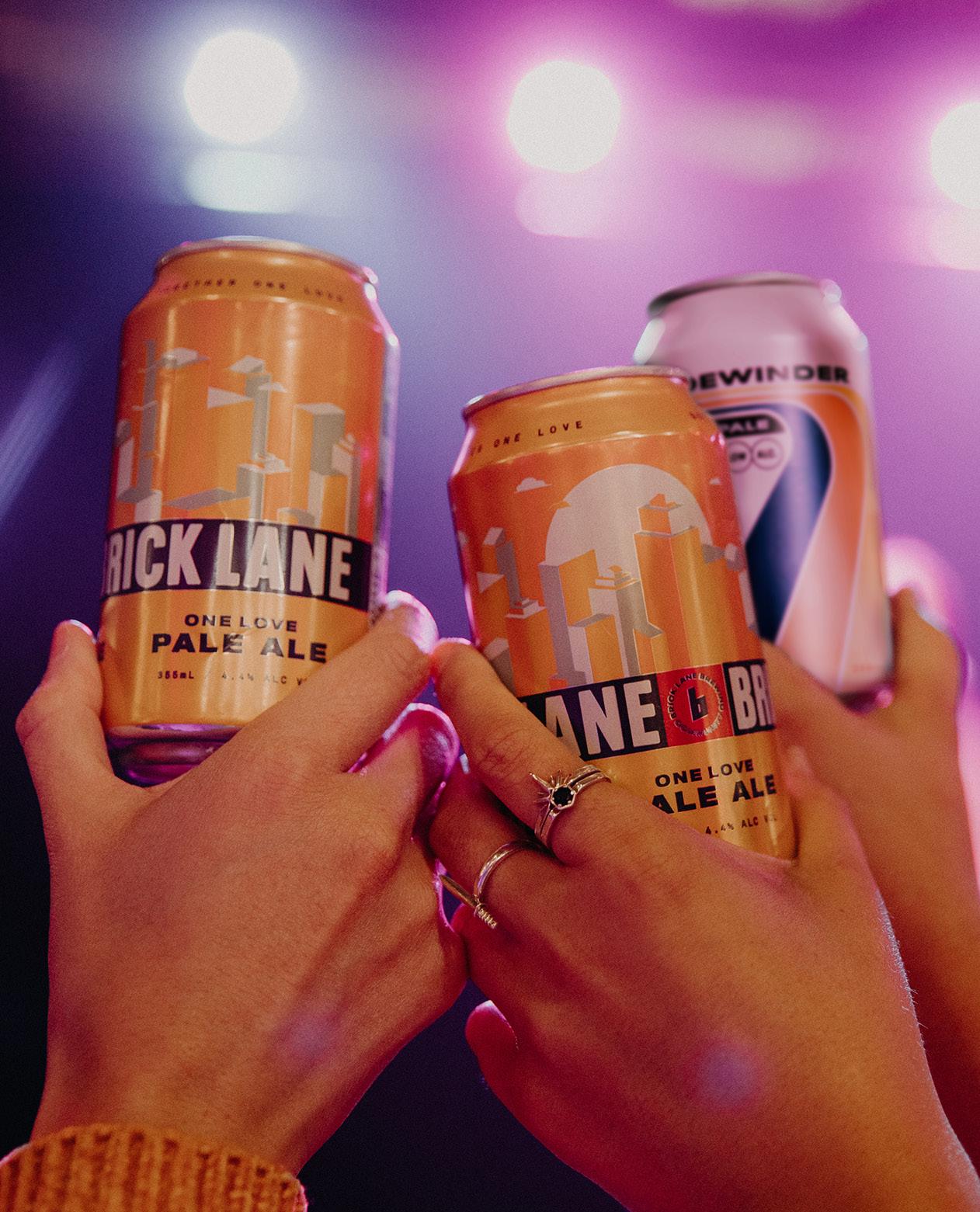
“Sustainability is no longer a negotiable for any organisation that wants to be taken seriously and from day one, Brick Lane has benchmarked itself against the highest standards of environmental and social impact. Becoming a B Corp shows we are on the right track,” Bowker said.
“Embedding sustainability throughout brewing operations is a journey of continuous improvement and our ambitions go above and beyond the rigorous requirements of B Corp Certification.
“Ultimately we’re working toward eliminating carbon emissions entirely from beer production by 2025 and by doing so, leading the way for other independent brewers.”
Fogarty Wine Group launches Thalia

Fogarty Wine Group has announced the release of a new premium Tasmanian sparkling wine label.
The Thalia range includes three wines – the NV, Rosé and Reserve Cuvée – all of which are handcrafted using traditional methods. Aiming to be a true reflection of Tasmanian excellence, the Thalia range is inspired by the Greek mythology figure of the same name, who was the goddess of comedy, dance and idyllic poetry. Like the namesake Goddess, the Thalia range seeks to bring effervescent joy to any occasion.
Chief Winemaker, Liam McElhinney, said: “Each of the Thalia wines offer a unique window into just how amazing Tasmania can be for world-class Méthode Traditionnelle. From the freshness and instant appeal of the NV, to the complex toastiness of the Reserve Cuvée, these wines showcase just how important careful viticulture, meticulous winemaking and patience is when crafting superb sparkling wines.”
Marketplace
24 | National Liquor News
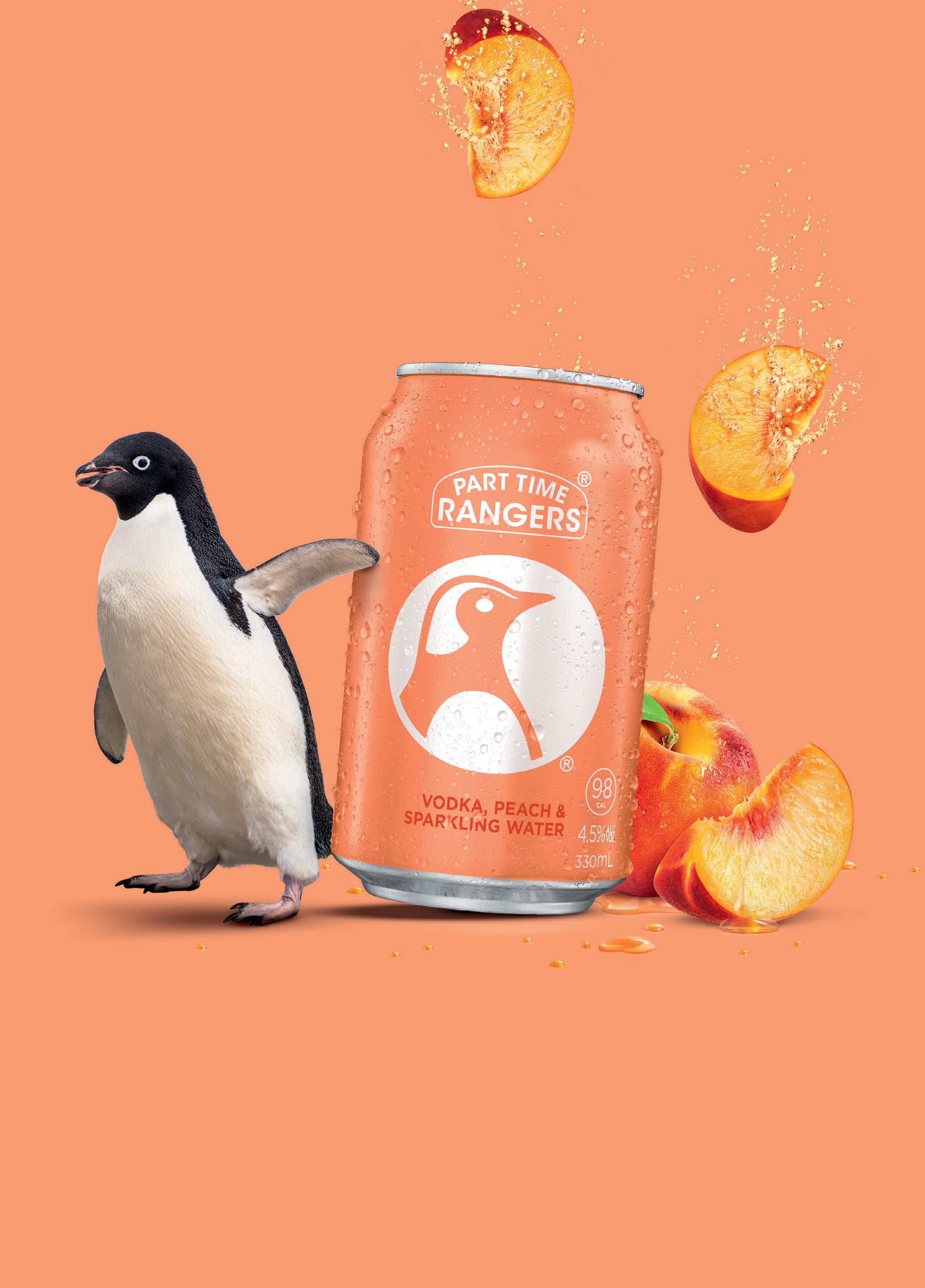


How will Victoria’s election affect the retail liquor sector?
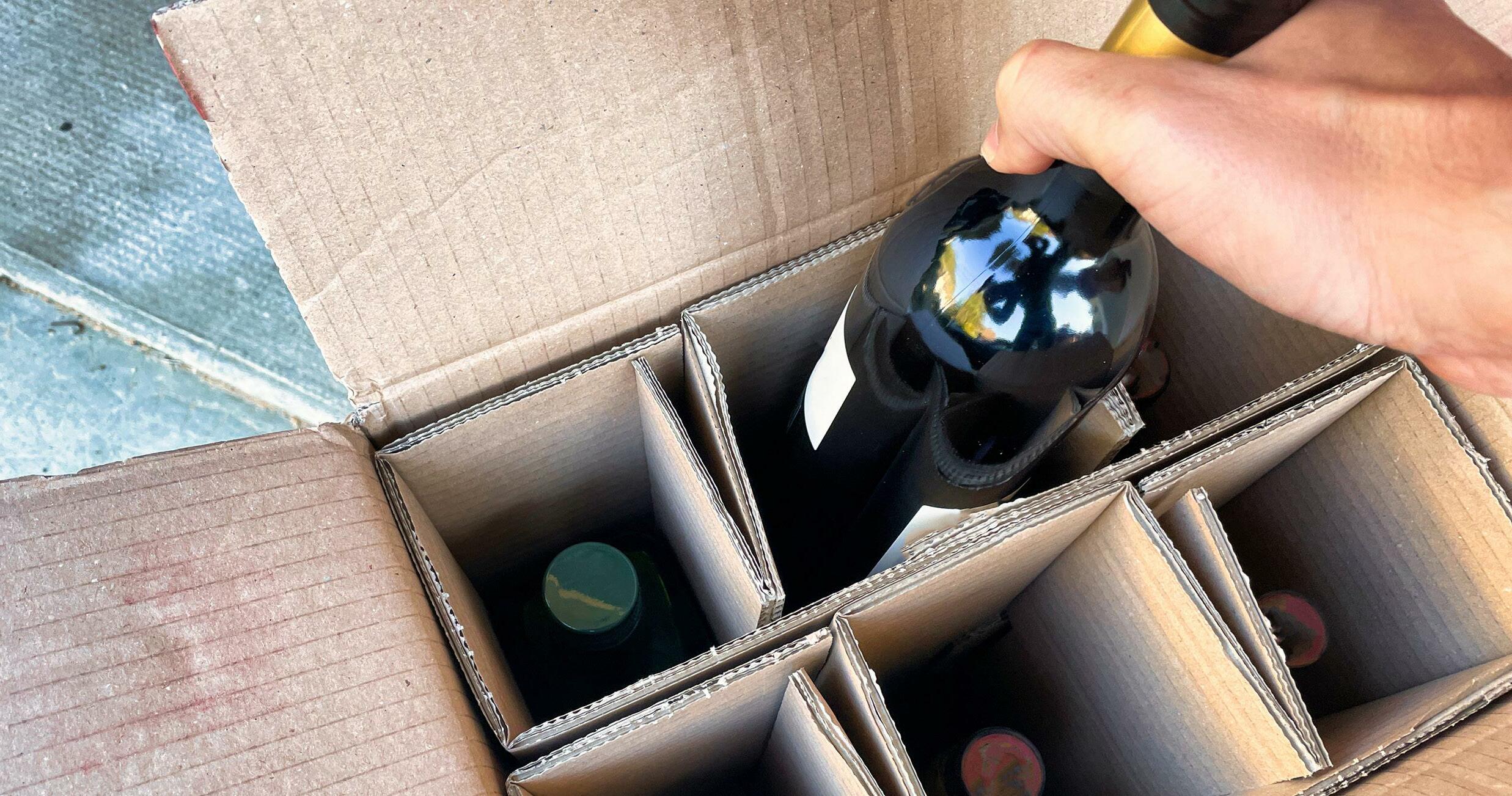 Michael Waters CEO Retail Drinks Australia
Michael Waters CEO Retail Drinks Australia
With an election on 26 November, all eyes will be on Victoria to see whether the Andrews Labor Government will win a third term in office.
Retail Drinks has worked closely with the current Victorian government throughout the last parliamentary term, securing several positive policy outcomes. Most notably, we helped inform the development of the Liquor Control Reform Amendment Bill 2021, which passed the Victorian Parliament in November 2021.
As some National Liquor News readers may recall from one of our previous articles, this Bill included a number of key changes. One of the major elements of the Bill was reforms to the state’s online alcohol sale and delivery sector which were largely in line with Retail Drinks’ Online Alcohol Sale and Delivery Code of Conduct. Under the Bill, there were new offences which came into effect in late August this year. It is now an offence for a person to knowingly deliver an online liquor order to a person if they are intoxicated or there is a substantial risk of intoxication. It is also an offence for a licensee if they fail to give written instruction to the delivery person that they must not leave liquor unattended for deliveries made on the same day the order was placed.
In the lead up to next month’s election, Retail Drinks has a list of key priorities for the incoming Victorian Government. These priorities are focussed on ensuring a positive trading environment for the state’s thousands of liquor retailers.

One of our major priorities is ensuring that
Victoria’s e-commerce regulations remain balanced and that our industry performs to meet community expectations for a safe and responsible online sales and delivery offering. We are also committed to ensuring Victoria’s smooth transition to its new standalone regulator, Liquor Control Victoria, which was first set up on 1 July this year.
As part of these advocacy efforts, Retail Drinks met with key stakeholders from the Victorian Government prior to it entering caretaker mode. This included senior representatives from the Department of Justice and Community and Safety, which has major responsibility for liquor-related policy issues. One of the major outcomes from these meetings was a commitment from the Department to produce detailed industry guidance materials around the risk of intoxication to assist drivers completing alcohol deliveries. We look forward to working with the Department on the preparation of these materials, as well as the implementation of the state’s online-only liquor licence category which was originally created in the Liquor Control Reform Amendment Bill.
With key election issues such as staff shortages front of mind for the Victorian Government, there is an opportunity for the industry to pursue its major policy priorities over the coming term. Regardless of the outcome of next month’s election, Retail Drinks will continue its positive and proactive work with the Victorian Government to ensure that the state’s liquor retail industry is heard. ■
“With key election issues such as staff shortages front of mind for the Victorian Government, there is an opportunity for the industry to pursue its major policy priorities over the coming term.”
Michael Waters, CEO of Retail Drinks Australia, writes about what retailers can expect around the upcoming Victorian state election.
Retail Drinks Australia 26 | National Liquor News
Rosé still strong in Australia
Wine Australia’s Angelica Crabb analyses the recent performance of rosé locally.

As our minds drift towards warmer weather and longer days, it’s easy to imagine yourself outside, with a glass of something chilled and pink in your hand.

The global rosé market has been stagnant in volume over the past five years, according to the alcohol research firm IWSR. This is mainly due to the category being well established in its top market, France. However, Australia is one of the fastest growing rosé markets in the world, growing by 22 per cent in volume on average each year between 2016 and 2021, moving from the 27th to the 13th largest rosé market in that period.
According to a Wine Intelligence survey conducted in 2021, 34 per cent of Australian regular wine drinkers had consumed rosé wine in the previous 12 months. Compared to all regular wine drinkers, rosé drinkers tend to skew towards the younger demographic; 43 per cent of regular wine drinkers aged 25–34 consumed rosé during the period.
Rosé wine is also a growing category in the Australian market, even while the total wine category struggles to grow volume. While total still bottled wine sold in the off-trade declined by two per cent in
volume between 2020 and 2022, still rosé managed to grow by 15 per cent, according to IRI MarketEdge. Meanwhile, the total value of still bottled wine grew by seven per cent during the same period, while still rosé grew by 25 per cent.
Like many alcoholic beverages, more diverse offerings of rosé are starting to become available on the market. Sparkling canned rosé, although currently only one per cent of rosé sales volume, has grown by 55 per cent over the past two years and makes up 29 per cent of the canned wine category. This is a much higher market share than bottled sparkling rosé’s share of the bottled sparkling market, at 12 per cent.

Australian rosé wines have a 76 per cent volume share of the domestic rosé market, which is less than the market as a whole, where Australian wines hold an 86 per cent share. Domestic rosé wines have grown by eight per cent since 2020, while imported wines have grown by 32 per cent. The growth of imported rosé wines are driven by Italian and German sparkling rosé, and French and New Zealand still rosé.
Meanwhile, Australian exports of rosé wine have grown by two per cent on average over the past five years, to reach 1.9 million 9L cases in the year ended June 2022. This growth is driven by sparkling, semi-sparkling, and semi-carbonated rosé. The top destination markets are the United Kingdom, Canada, Denmark, New Zealand, and the United States. ■
“Rosé wine is also a growing category in the Australian market, even while the total wine category struggles to grow volume.”
Angelica Crabb Senior Analyst Wine Australia
Volume share of rosé sales by category. Source: IRI MarketEdge
Wine Australia October 2022 | 27
LSA WA stays strong for small businesses
Peter Peck, CEO of the Liquor Stores Association of WA, discusses the recent actions of the organisation to support its membership of small businesses.

National Liquor News: How important are small businesses to LSA WA?
Peter Peck: All our members are small West Australian businesses and the majority are family owned. Small businesses are who we proudly support.
But we also have great working relationships with the likes of the Master Grocers Association and the Australian Hotels Association. Because to us in WA, it’s a case of making sure everybody in the liquor industry is on the same page - the last thing we need to be is divided.
This unity means we have actively worked together avoiding, where possible, any negativity towards us and the industry from key health lobby groups going on around two years now. We simply stay a step ahead of them by ensuring excellence in our approach to harm minimisation… you could say we are doing them out of a job.
NLN: You recently met with the Small Business Ombudsman - how did that go?
PP: That was about understanding that small businesses are all different but they all can have a common theme. We looked at how we can reduce red tape, where the highest levels of need are, and raised key current issues for the sector.
One point I brought up was around legislation and political staffing of ministerial offices. I think there needs to
be a higher focus on real life experience within those offices - unless you’ve walked in the shoes of somebody, then you really can’t represent them.
Previous to the current Small Business Minister, the last one used to run a laundromat - you can’t get more small business than a family-owned laundromat. And he truly understood small business, because he lived it.
We need to make sure that the people advising Ministers, or the Ministers themselves, do actually have an active and real background in the areas of policy that they represent.
NLN: A key subject to understand for many small business liquor stores in WA right now is the Banned Drinkers Register (BDR). How is that going?
PP: I’ve just met with the Minister for Racing and Gaming, who has reassured me that the BDR is the policy the government is focused on. Unlike other liquor restrictions, the BDR comes with a suite of other interventions so we’re not just taking alcohol away from people that have a problem, we’re also giving them therapeutic services to get their lives back online.
As a community, we need to stop making these people sort it out for themselves, and instead give them the tools to get their life back together.
This is not a quick fix, this is generational change, but it has to start somewhere. Someone’s got to bite the bullet at the beginning and that’s what the government has done. I applaud them for looking for a long term solution, not just a bandaid.
We’re now just waiting on the interim report on the BDR trial, to be released soon, so we can see where the holes are, and where it’s succeeding. This will be a roadmap that will pave the way for coming legislation and tools to ensure the BDR has the best opportunity for success.
NLN: What else is on the cards with LSA WA in support of small businesses?
PP: There is a huge partnership coming with a major merchant in Australia. More to come on that, but it will be a big saver for small businesses. Stay tuned for more.
Other than that, our studio is now being fully utilised. Our Packaged podcast will be in video as well as audio soon, so it’s a tool we can use to communicate, but it’s also a tool that can be hired out and used by the industry.
And our primary goal always remains the same - to be that communicator for our members to government, to ensure their businesses can continue to operate at a profit through regulations. Everything else is icing on the cake. ■
28 | National Liquor News
Liquor
Stores Association of WA


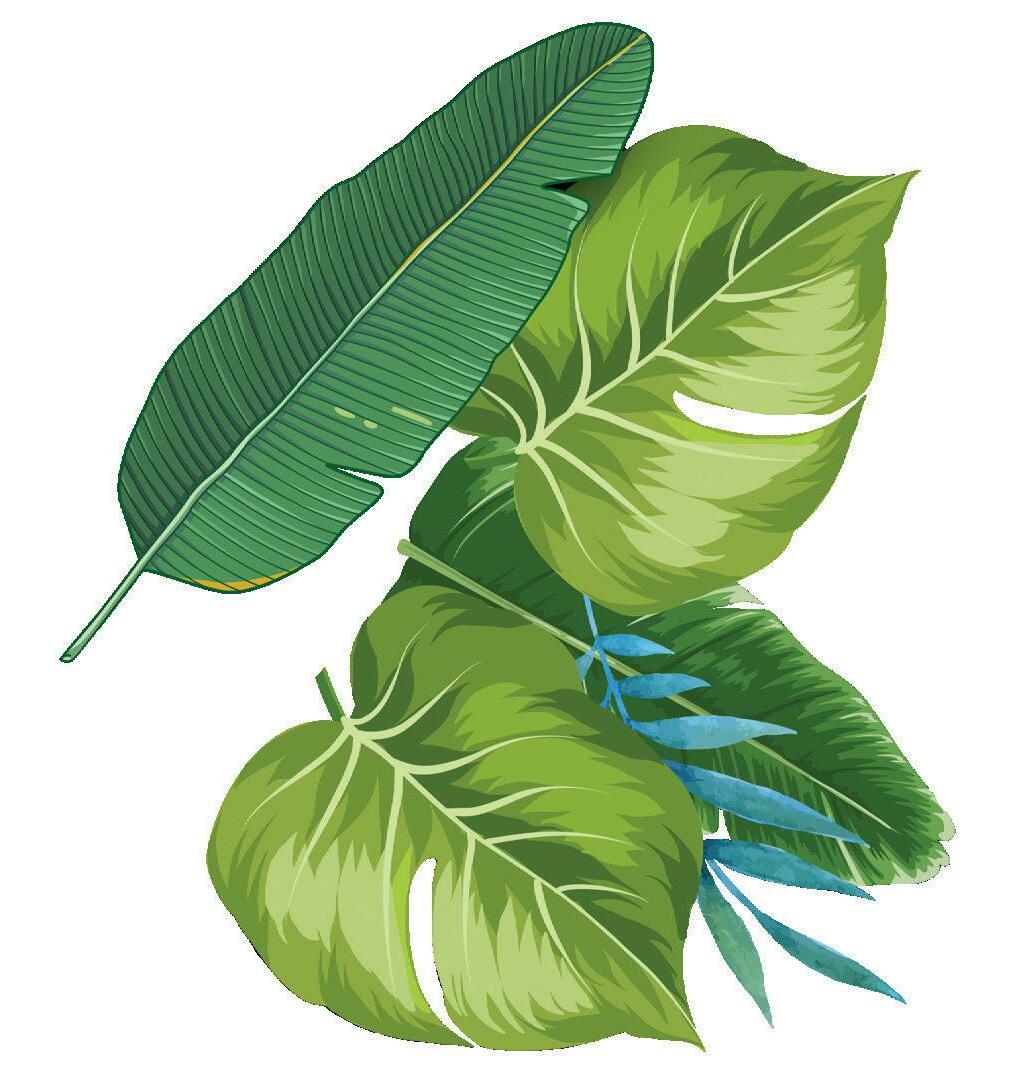

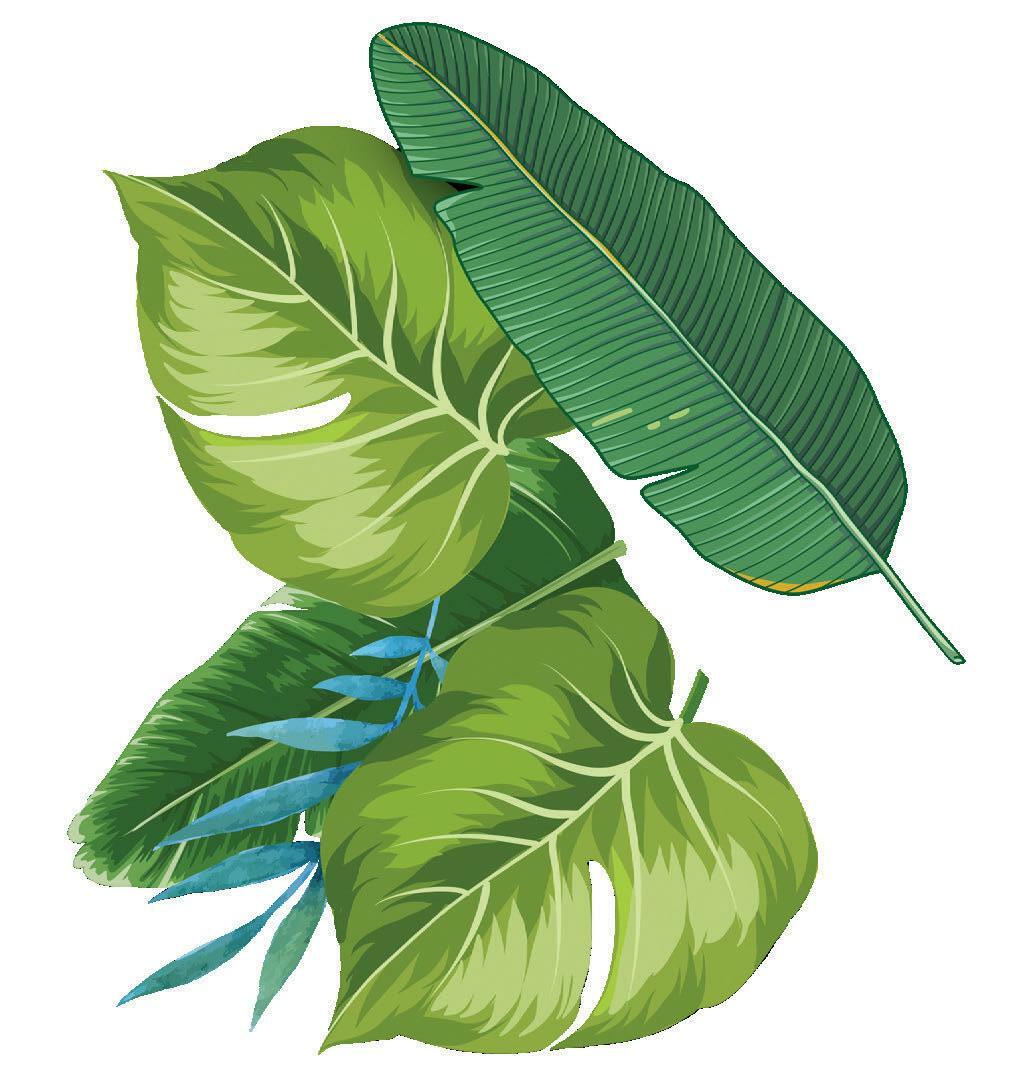
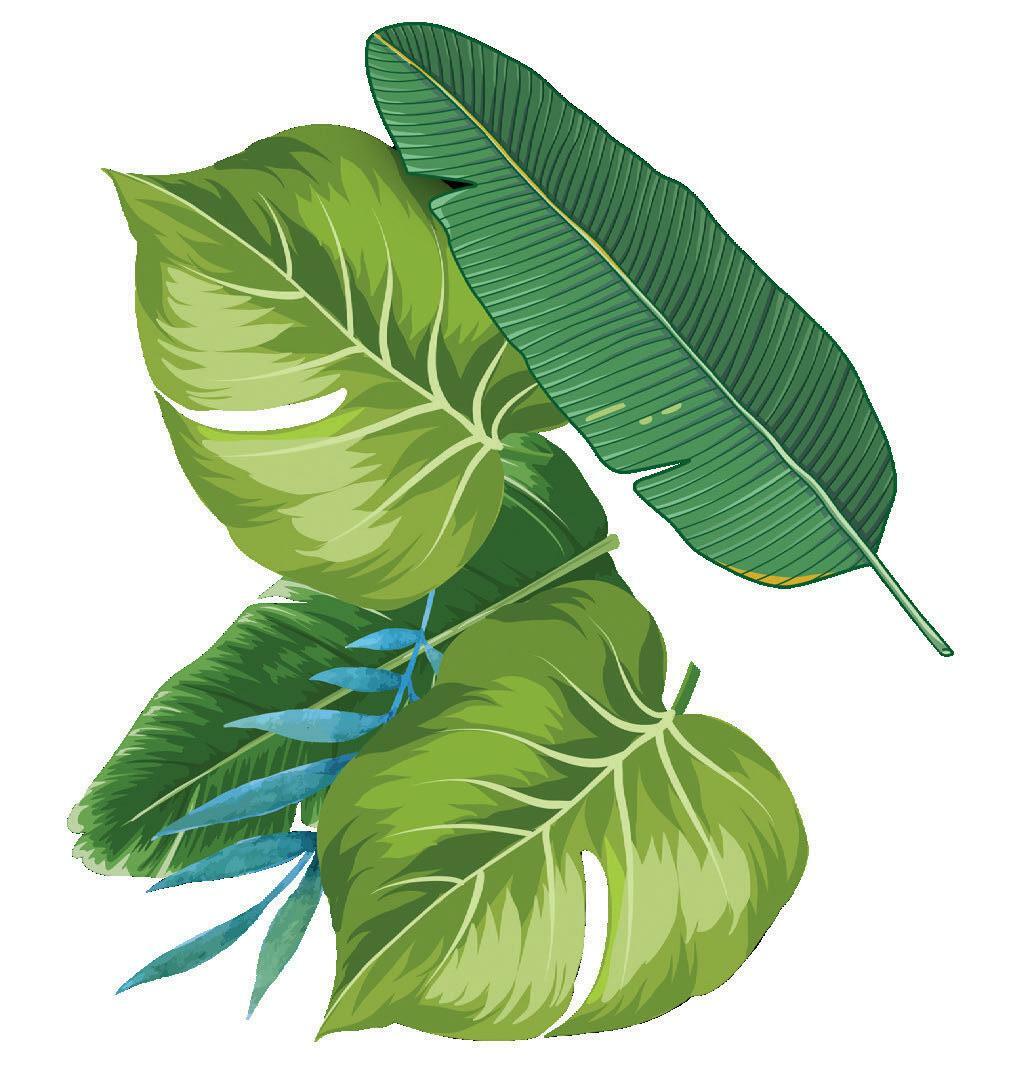






LIVE PASSIONATELY. DRINK RESPONSIBLY.
Steps in exercising your option in a lease

An option is a clause in the lease allowing a tenant to renew their tenancy for an additional term. Each lease is different so tenants should be aware of their rights and obligations so they do not miss out on their right to extend the lease.
1. When does the tenant exercise the option?
In most leases you must exercise the option between three to six months before the expiry of the term of the lease. However, some leases may require more notice, so tenants must be aware of the cut-off date well in advance before the expiry of the lease.
2. How does the tenant exercise the option?
Many tenants believe that a simple email to an agent is adequate. If the lease stipulates the tenant can provide notice to the agent via email then this is fine but generally this is not the case. Many leases request that the tenant mail a letter to the landlord at a particular address specified in the lease. To err on the side of caution, we recommend also performing a company search and mailing it to the registered and business address of the landlord as well as to the agent.
3. How can a tenant be certain that the option has been exercised correctly?
Apart from a lawyer confirming the correct method, we also recommend that tenants have the landlord approve in writing that they agree the option has been validly exercised. Additionally, it is best to have the extension document signed by both parties before the period to exercise the option expires.

4. Is there anything that can stop the option being exercised?
There may be preconditions under the lease that the tenant must comply with before the renewal can occur. This may include: that no breach is present at the time of exercising the option or throughout the lease; refurbishing the premises; and/or a review of the rent.
5. Is there anything else tenants must be aware of?
Once the option has been exercised the tenant is required to take on the lease for the further term. Any changes to the original lease are either agreed upon in advance (in the lease) or at the time of extending the lease. Tenants should be careful when sending their notice exercising the option if they have any conditional items requested.
E.g. tenants may say: “I exercise the option on the condition that we are granted an additional five year term when this option expires.” If the landlord does not agree to this request, then the tenant must again ask to extend the term without any conditions before their right to extend the lease expires.
Once the option is correctly exercised then the tenant cannot back out of the extension unless agreed by the landlord. This means the tenant is bound by the rent stated in the lease. Generally, if the parties do not agree on the rent, then it is taken to a valuer to determine. It is a good idea for the parties to agree on the new rent before the tenant exercises the option.
6. Does a new document have to be prepared to show the extension?
While this is not required, it is preferred by tenants as all the terms are clear between the parties. If possible, the extension document can be registered which allows for greater protection for the tenant.
In summary, exercising the option can be simple but if not done correctly, it can result in the lease term ending quicker than a tenant anticipated. It is advisable that tenants obtain legal advice on how to exercise the lease correctly and ensure it is documented. ■
These tips will help you on the way to renewing your tenancy, writes Marianna Idas, Princple at eLease Lawyers.
Leasing 30 | National Liquor News
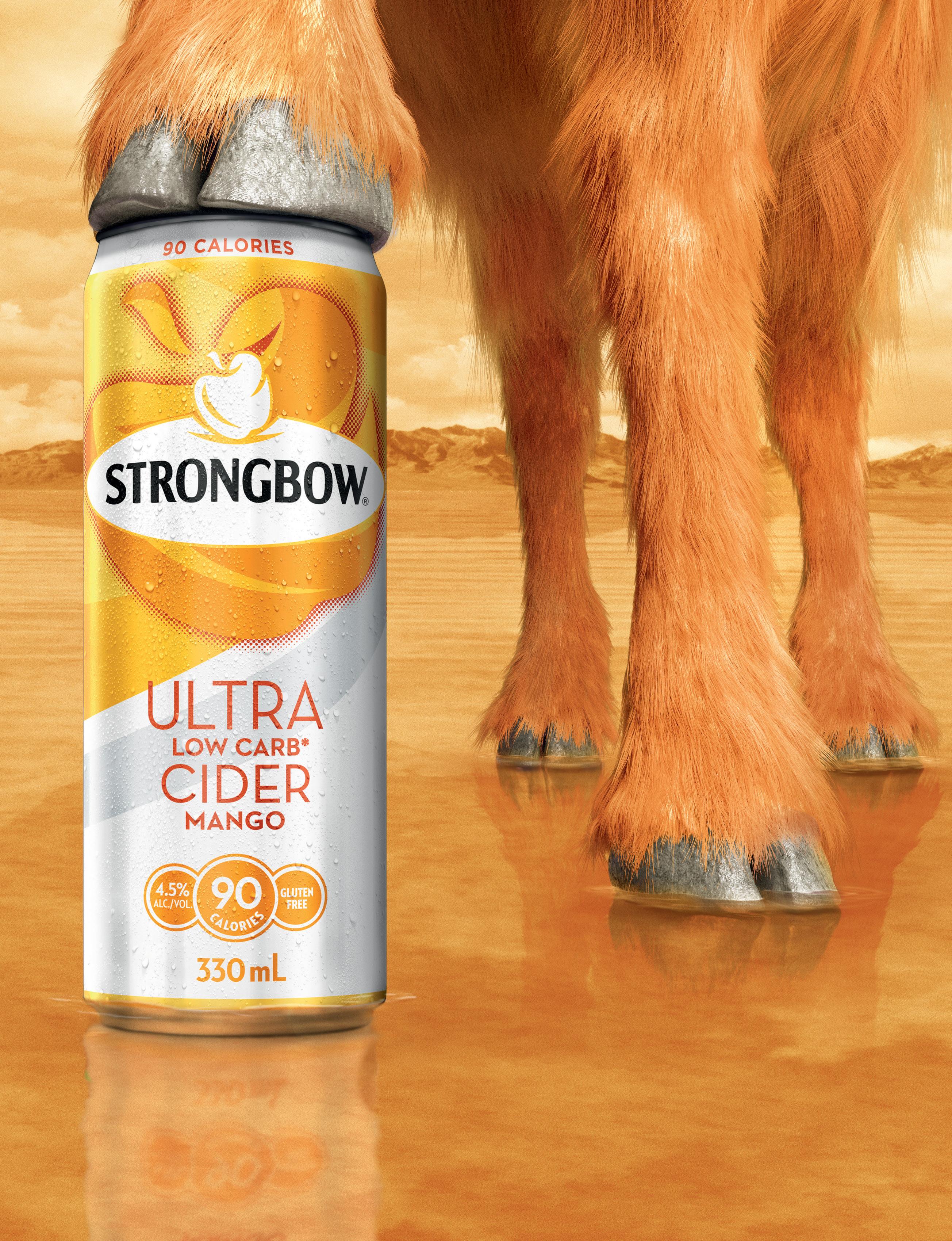
90 CAL CIDER. ABV 4.5% Daniel Mosca +61 447 600 116 NSW Ben Brown +61 447 600 126 QLD Saban Petrovici +61 481 151 139 VIC/TAS Jeremy Chittock +61 447 600 119 WA Chris Linhart +61 418 601 348 SA/NT For more information please contact your Drinkworks State Manager
Brookvale Union makes a splash with Vodka Lemon Squash launch
The brand is showing what’s possible with new products in the creative way it brought its latest launch to life in-store.
The recent release of Brookvale Union’s Vodka Lemon Squash has got off to a roaring start, thanks to the brand’s creative strategy to bring the new product to life in-store.
In its approach, Brookvale Union realised it was important to not only communicate the RTD was a brand new creation, but also that it was a completely fresh proposition to the existing range.
A spokesperson for the brand explained: “We set out to make an impact with this launch - like a roundhouse kick from JeanClaude Van Damme for your eyeballs.
“We flipped our packaging and brand identity on its head in order to differentiate this higher ABV product from the rest of the range.
“Our sales team were encouraged to be creative in how they brought Vodka Lemon Squash to life in-store thanks to a flexible suite of assets that could make an impact no matter how big or small the space. Additionally, we wanted to transport shoppers to our world of ‘Quality Nonsense’ and have a bit of fun with it.”
It’s all been received incredibly well so far,
with solid energy and support behind each bespoke display.
“As soon as we had the liquid and proposition nailed down to a tee, the sales team and retailers around the country were right behind us in creating highly visible, shrine-like displays,” Brookvale Union’s spokesperson said.

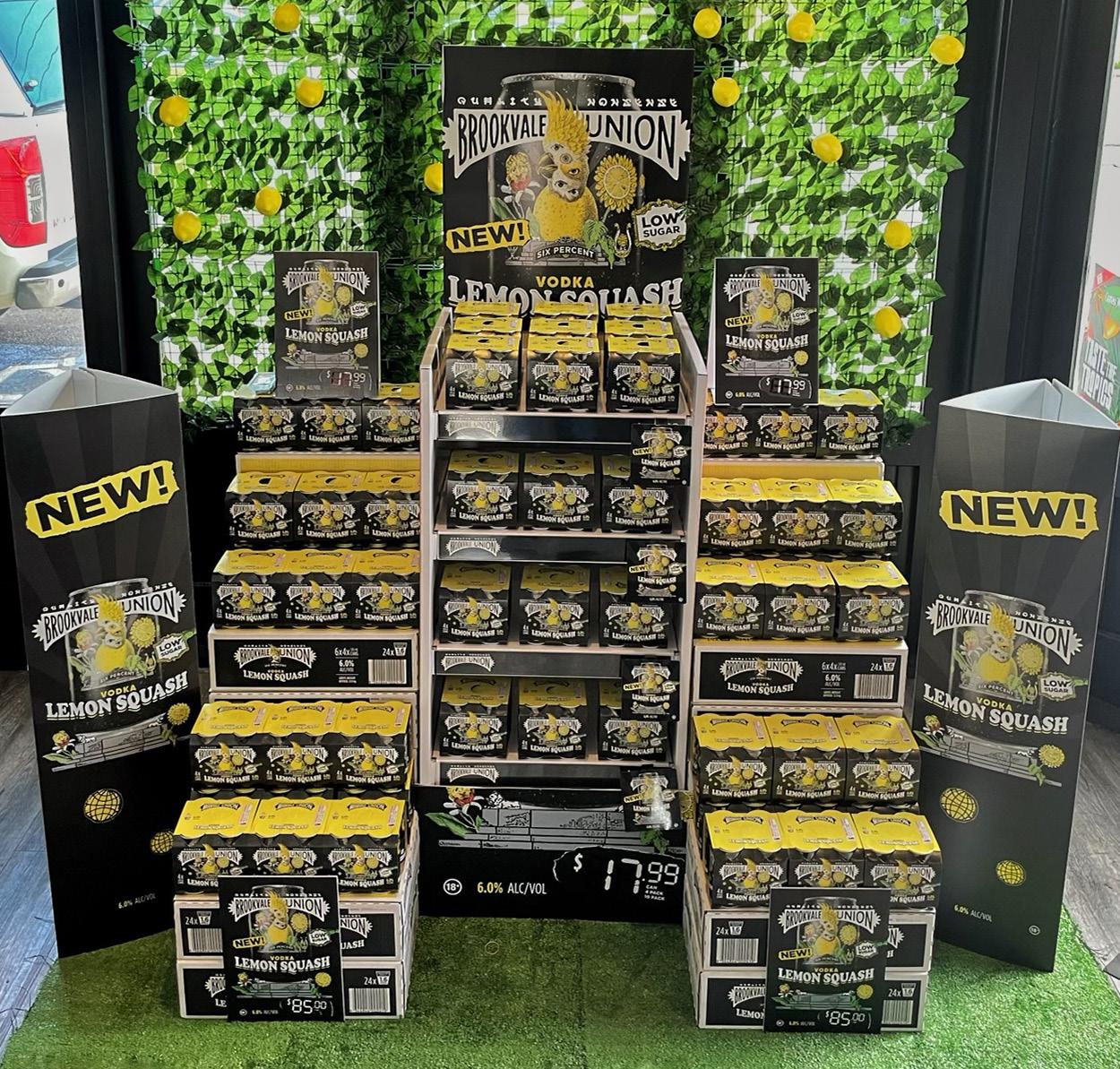
“We’ve seen everything from mini citrus orchards in-store to a life-size rotating bird cage built out of 100 empty cartons of stock. You couldn’t walk into a bottle shop without visually tripping over some form of POS headed by a five-eyed cockatoo.”
Through these activations, Brookvale Union has showcased its eccentric brand tone and aesthetic on a bigger than ever level. While most consumers know the brand for its wildly popular alcohol Ginger Beer, the latest activation campaign introduces them to the entire portfolio, especially the everexpanding range of light RTDs, inspired by classic pub drinks, which are a thriving sector of the market right now.
To further build on the positive feedback from the launch and support retailers,
Brookvale Union will also be offering a $10 cashback promotion industry-wide, to encourage trial and further repeat purchases in customers buying any four or ten-pack of Brookvale Union Lemon Squash.
Reflecting on such wide success, Brookvale Union’s spokesperson summarised the top things that retailers should recognise as a priority when it comes to new product launches.
“It’s important to build distribution quickly in order to be within tongue’s reach of every 18+ mouth across the country,” they said.
“Developing a suite of POS assets that is suitable for different store sizes and layouts whilst being creative is also key. Where possible, be visible to consumers from the carpark to the fridge and all the way up to the checkout.
“Finally, embrace new technology and ideas. There are plenty of suppliers and companies doing some very innovative work out there for the industry and whilst it may seem difficult to keep up, it’s worth giving new things a go in order to stand out from the crowd.” ■
32 | National Liquor News Activations
Sponsored
A Good Shout for Cellarbrations


The latest ‘Good Shout’ campaign from Cellarbrations showcases the expertise of its independent retailers.

The team at Independent Brands Australia (IBA) know their retailers can be at the heart of every shopping and consumption moment. Which is why Cellarbrations has launched its new brand campaign focussing on the local knowledge and varietal expertise of its retailers - who share in the joy of their shopper’s occasion, however large or small.
Consumers are drinking better and are expanding their category repertoire, so for the first time Cellarbrations has made the strategic decision to not just represent the well-known occasions, but also represent the changing consumer trends with non-alcoholic drinks. Non-alcoholic for Cellarbrations is a strategic pillar of the category strategy and is represented through the retailer’s alternative drinks offerings, which includes such choices as low sugar, low carbs, and gluten free as well.
Guy Moroney, IBA Category Manager, shared: “We have seen double digit growth come out of the low and no alcohol category and low sugar growth has continued to bring value for our retailers.”
The ‘Good Shout’ campaign, which has been developed with a years’ worth of content, is being brought to life with the banner’s distinctive assets; 15 second TV ads, in-store, catalogue, social and digital. It kicks off with footy finals and during October (or Oc-sober for some), the alternative drinks strategy will be prominent. The campaign will promote the bigger key selling periods, but an alwayson suite of assets has been developed for those year-round occasions.

Josh Gaudry, GM Marketing, Australian Liquor Marketers, said:
“The Cellarbrations brand is grounded in knowledge and the joy in being able to recommend just the right drop for any occasion. Our campaign is deliberately simple in execution, focussing on joyful characters and consistent campaign codes.
“We knew from research that Cellarbrations was already seen as a ‘cut above’ and that customers valued advice, quality and value. We also knew that our customers liked to celebrate the smaller, everyday moments that colour our lives, not just the big traditional festive occasions.” ■
Content
Watch ‘The Bikie’ TVC here
Watch ‘The Commentator’ TVC here
October 2022 | 33
The taste of celebration
Nothing says celebration like the discreet pop of a Champagne cork. It’s a sound that immediately takes us out of the ‘everyday’ and into ‘special’ occasion. And following that sound, perfectly primed, we’re ready for the transformative first sip. The shy rush of bubbles enveloping the senses has the power to transport us out of the mundane, daily grind of life.
Nobody sets the scene for celebration better than Champagne. And because of this we can, and should, take many learnings from the category that has so triumphantly owned celebration for generations, and likely will for generations to come.

It’s only natural that we see an uplift in occasionbased marketing in the lead up to year’s end – the ‘celebration season’. It all starts with spring racing, and raucously carries us through Christmas and New Year, winding down with Valentine’s Day where we see the move towards more interior, subdued occasions with the promise of winter’s chill just around the corner.
The problem has been that for many, Champagne’s role in their repertoire sits firmly in just that, and only that – celebration.
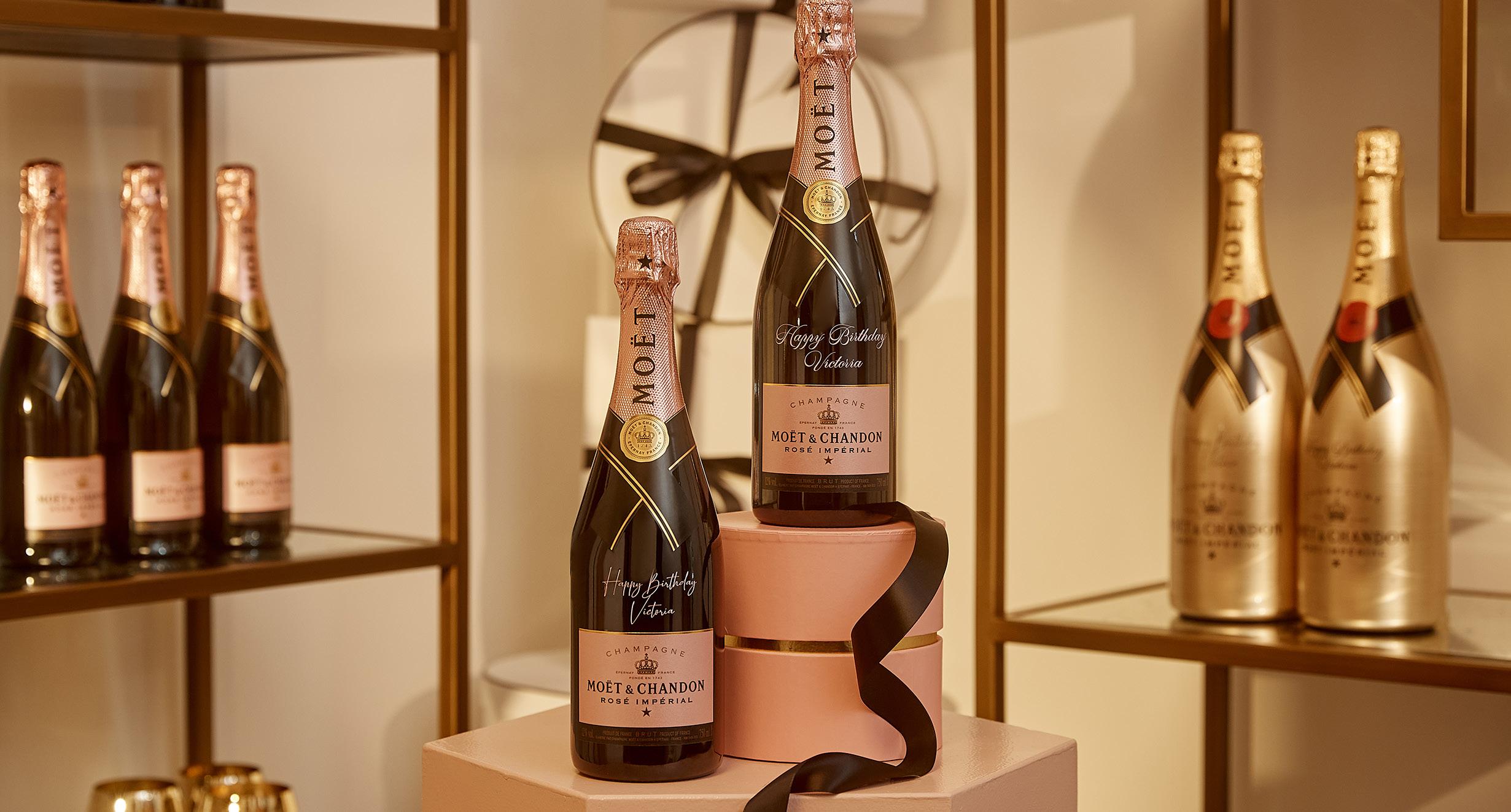
Particularly in recent years, we’ve seen many of the world’s premiere Champagne brands become the
architect of their role in their consumers’ repertoire and the message is clear – choose your own ‘special occasions’.
Our reasons to celebrate and mark an occasion are no longer so fixed. It’s this messaging strategy that inspires a consumer to choose the bold and sun-drenched optimism of Veuve Clicquot for a casual mid-week dinner with friends. Or the sense of excellence and occasion a bottle of G. H. Mumm signifies when your partner gets that big promotion.
Permitting occasions outside ‘the big one’ extends the opportunity for brands within the Champagne category to serve a purpose for consumers. It’s this ability to elevate the mundane that keeps Champagne top of mind all year round. There is no better example of this than within gifting. Champagne has always held been a prime lead in the gifting occasion. This year we see the likes of Moët & Chandon building on this, taking gifting to the next level and offering consumers the ability to literally mark the occasion with a personalised bottle from their range.
Creating a sense of purpose and elevation to mark any celebration does more than inspire and recruit consumers – it normalises and gives permission for the everyday moments to be made special. Looks like celebration season is now year round. ■
Marketing
Danielle Collins, Managing Partner at The Kinetic Agency, discusses what we can learn from Champagne’s occasion-based marketing strategies.
“Permitting occasions outside ‘the big one’ extends the opportunity for brands within the Champagne category to serve a purpose for consumers.”
Danielle Collins Managing Partner The Kinetic Agency
34 | National Liquor News
working on it since forever.



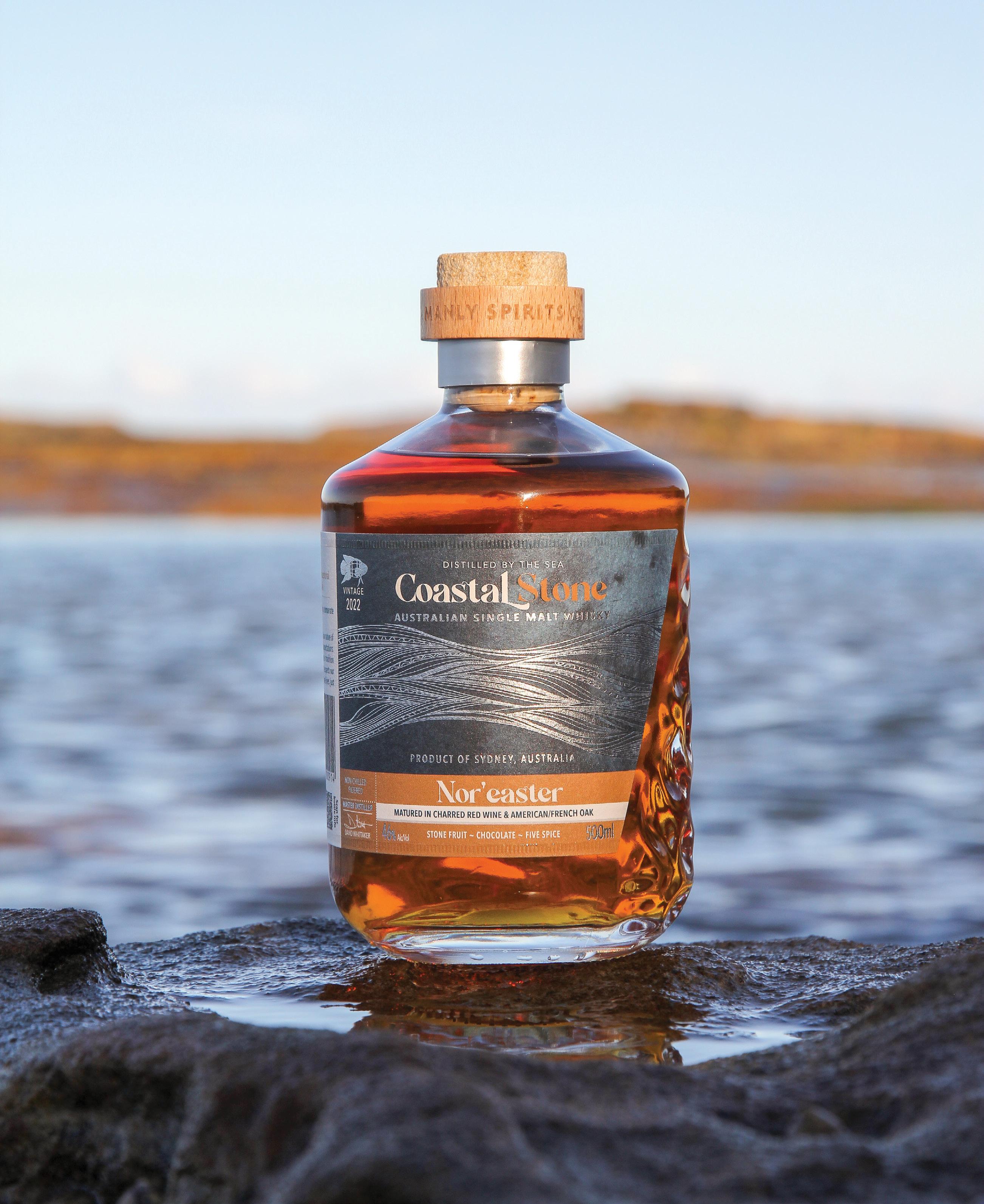
We’ve been
working
on it
for years,
nature’s been
NEW Contact sales@manlyspirits.com.au | manlyspirits.com.au | @coastalstonewhisky MATURED IN CHARRED AUS RED WINE & AMERICAN/FRENCH OAK SIGNATURE AUSTRALIAN SINGLE MALT WHISKY DRINK RESPONSIBLY
ILG family heads south for 2022 study tour
Independent Liquor Group gathered in Tasmania recently to connect, learn and celebrate together.

Independent Liquor Group (ILG) has ticked another major success off its social calendar recently, holding its first annual study tour since the pandemic began.
More than 120 delegates descended on Tasmania to experience the drinks the state has to offer (which you can learn more about for yourself from page 54), while also networking, learning valuable industry insights and celebrating together as a collective. The last time the group was able to get away together on such a scale, with a format that combines business and pleasure, was Vienna and Budapest in 2019.
At this year’s conference, more than 80 per cent of delegates were members, a higher proportion than is usual at such trips. This shows the great demand in the ILG family for such events that allow retailers the unique chance to connect directly with the brands and styles of the beverages they sell in-store.
In the meantime, highlights of the Tasmanian trip were plentiful. Delegates were based in Hobart, which enabled visits to the likes of Frogmore Creek Winery, Cascade Brewery and Lark Distillery.
Following a more normal return to social events this year, ILG is coming into summer strong, especially ahead of its annual AGM and conference, slated for mid-October in Brisbane. ILG is expecting close to 600 people at that conference, which will also present a lot of the group’s ideas and plans in the digital and e-commerce space.
The current strength of ILG National Liquor News’ Shane T Williams was along for the ride at ILG’s Tasmanian conference to capture all the best moments. He also sat down with Paul Esposito to hear about the current performance of the group and its members.
Q: It’s great to see ILG back hosting its study tour again after the pandemic. What has it been like for the company in the time since the last one?
The whole COVID period has been unsettling for all of us, and there was feeling of uncertainty in our industry. As a business, our role was to support our members to ensure that they would survive and continue to trade. Interestingly enough, it was the members’ support that kept ILG alive.
The period during the pandemic also allowed
Paul Esposito CEO ILG
“We are seeing that consumers are being cautious and there are changes in their buying patterns.”
36 | National Liquor News Independent Liquor Group
independent retailers to evaluate their current situation and many decided that they needed change. During this period ILG welcomed over 250 new members to the cooperative.


ILG’s continued focus is member recruitment and we are receiving enquires daily. Independent members are tired of being told what they can and cannot do in store. The major difference between ILG and other independent banners is we recognise that the cookie cutter approach adopted by other banners does not resonate with most independent retailers. ILG’s role is to help you build your business and not dictate terms.
During this period, we also had two record years in sales revenue, new members and more importantly, member benefits. This result was huge considering 45 per cent of our members are on-premise and were impacted with shutdowns and restricted trading for most of the two years.
Q: How do you see the key end of year trading period going this year?
At the moment, the growth momentum continues with the on-premise on track to reach pre-pandemic numbers. We are 47 per cent up compared to last year in the first two months of the FY23.
Trying to predict the next six months will be difficult with the current economic climate. The impact of inflation versus near zero
unemployment, global uncertainty in regards to supply chain and not to mention conflict in Europe, will understandably take a toll.
We are seeing that consumers are being cautious and there are changes in their buying patterns. There is a demand for smaller pack formats and bundle offers and more interest around certain price points in different categories.
Q: Are there any notable trends you’re seeing in the industry right now that might impact this period?
New product development still plays a huge role and represents a large portion of growth. We are seeing strong growth in all categories, in particular RTD, driven by the bourbon and whisky segments. Seltzers and new age beverages are also in huge demand and we expect this will continue to grow leading up to summer.
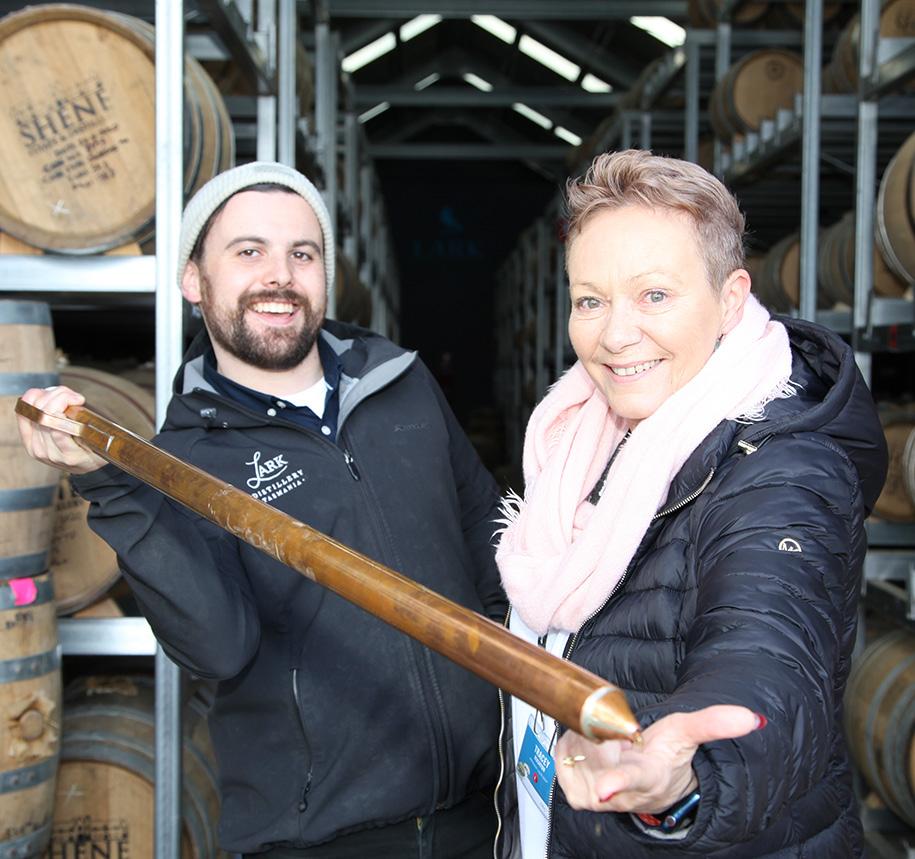
The non-alcoholic market will be an interesting category to watch. How the suppliers handle pricing when it comes to supermarkets will determine our level of engagement. At the moment, most of our engagement is around FebFast and Dry July.
The feedback from our consumers is that they want more activity around the $40 price point for full bottle spirits, full cases of beer $50 and under, wine bundles under $20 and more smaller pack formats.
 Paul Esposito CEO ILG
Paul Esposito CEO ILG
“We are expecting our member recruitment to continue on the back of providing free e-commerce platforms, freight rebates and no hidden or monthly membership fees.”
October 2022 | 37
Independent
Liquor Group
Tracey Rushton (ILG)
Ben Taylor, Graham & Kaye Pearson, Mel, Peter, Bianca Cox and Raj Dhaliwal
Maria Limisco and Joe Zammit
Q: What do you predict these trends will mean for ILG in the next 12 months?
We will adapt to what our members require to drive foot traffic and e-commerce to their stores. Our strategy for the next 12 months is growth, and we can do this by a more de-centralised approach to allow our members to support their communities.
We forecast that the next 12 months will be exciting with the launch of our B2B platform and the continued growth we are experiencing in all our retail banners.
We are expecting our member recruitment to continue on the back of providing free e-commerce platforms, freight rebates and no hidden or monthly membership fees. Not to mention that being part of a cooperative will future proof each member’s business, we also do not support independent hardware or grocery stores.
Q: How is ILG going with ex pansion into Victoria?
We have 22 active members/customers and a good pipeline in Victoria. It is fantastic to see that some have joined us on the study tour.


The feedback from our Victorian members has been fantastic and they have really embraced ILG. They enjoy the freedom to trade independently and not have programs forced upon

them by their banners and suppliers.
Victoria is a priority for ILG and I welcome more Victorian members to be part of our family.
Q: Are there any key issues or initiatives that ILG is helping its members deal with at the moment?
Nearly all of our members are experiencing staff issues which impact ordering and deliveries. My warehouse teams have been sympathetic and flexible to their needs.
We are now in the position to offer an e-commerce solution to all our members, free of charge. In some cases for some of our members, e-commerce represents around 14 per cent of their turnover which is all incremental.
We are close to securing a new warehouse in Queensland. It has been a difficult process as the current economic environment is really hindering this process. The subcommittee on the board are working hard on securing a site so we can have a new home for our Queensland family.
There are many more initiatives we will be presenting at our AGM/ Brands Conference in Brisbane in October, including the launch of ILG foundation. I recommend if you can get away for a few days, join us, it will be worthwhile and it will be good to see you all again.


■ 38 | National Liquor News Independent Liquor Group
Paul Esposito, Mario & Kamelia Tevanian and Luke Multari
Chris Grigoriou and Bob McGhee
Wayne McConnell, Mel Khoury, Nick Arcer, Sandra Christour, Luke Van Staveran, Kam Tavenian, and Ripple Parekh
Paul & Suzanne Esposito, Brooke Knight, Alisha Clifford, Cody Coulton and Shaughn Muller
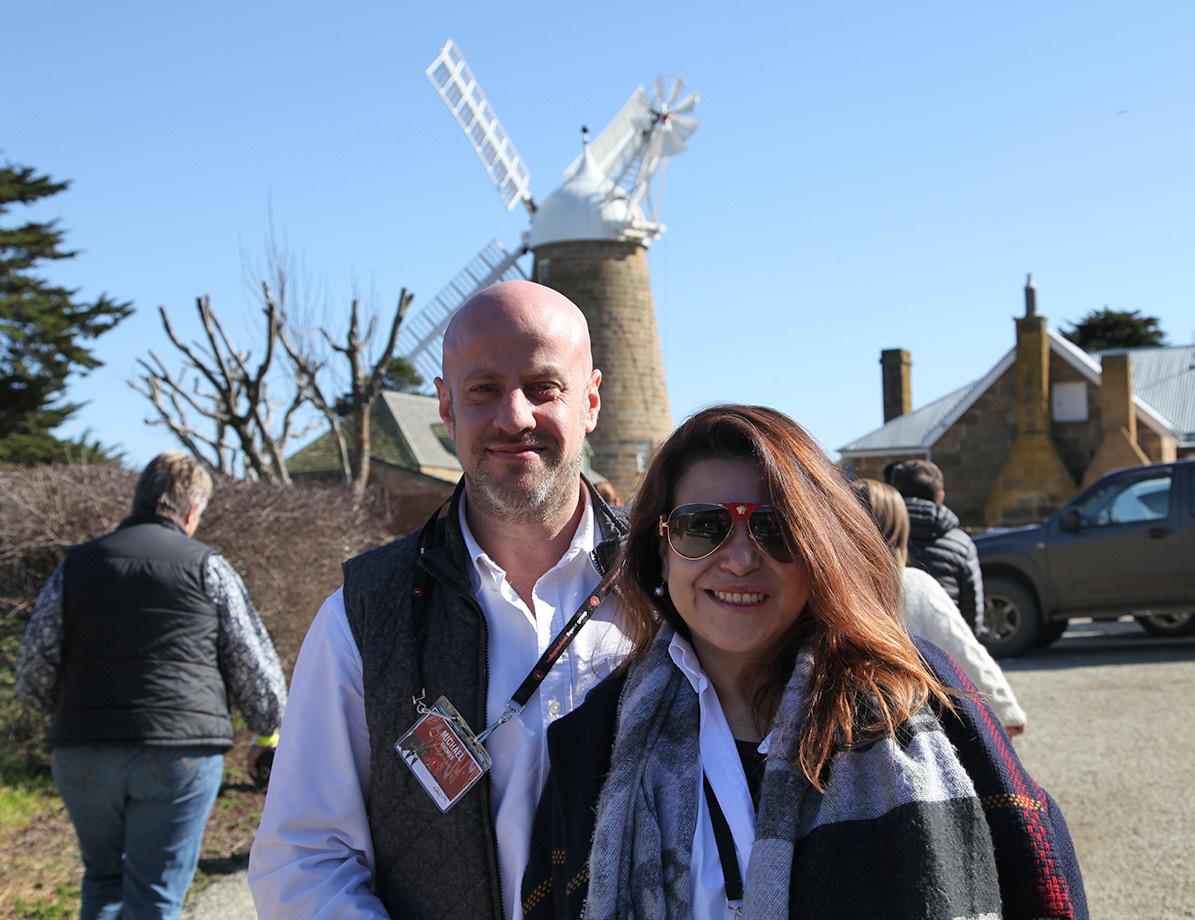
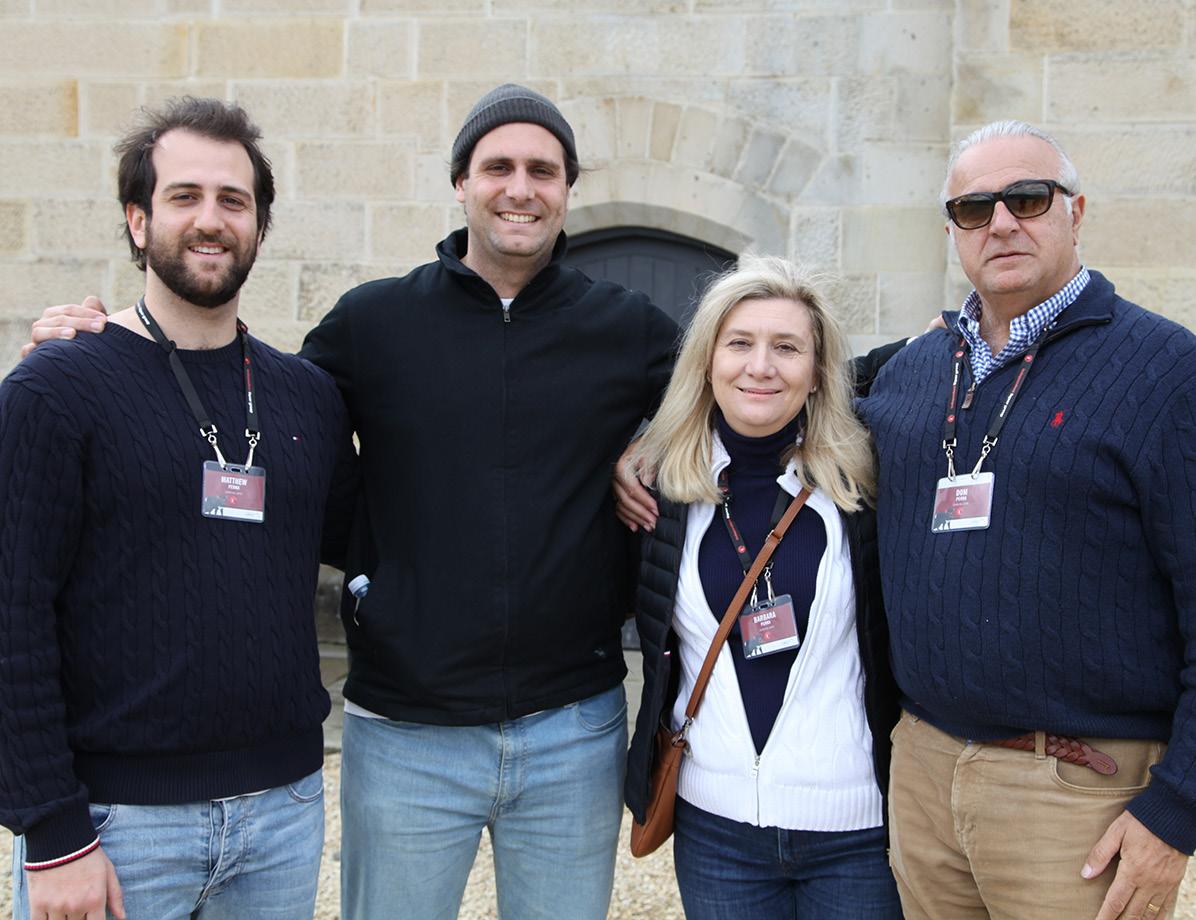

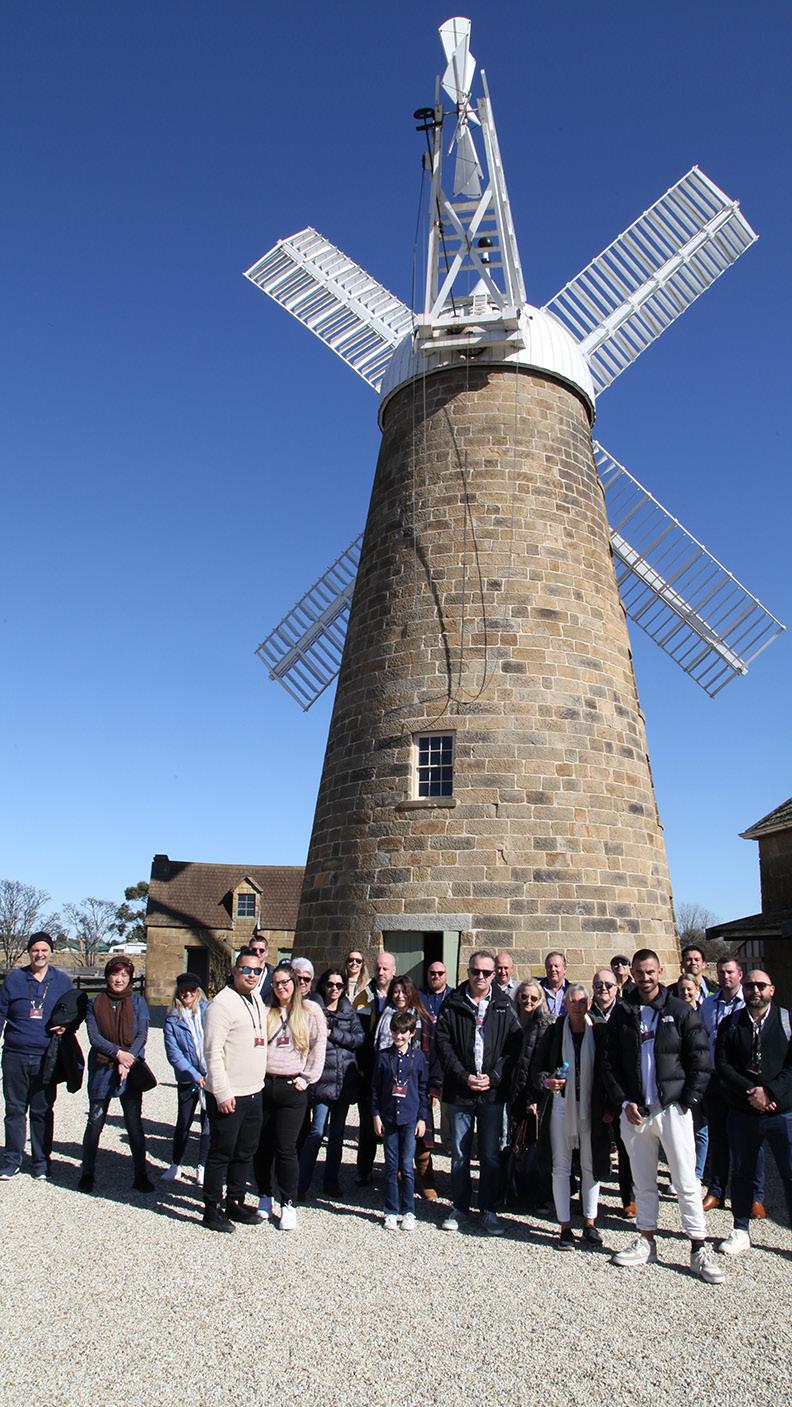





Independent Liquor Group October 2022 | 39
The Penna Family - Domenic & Barbara with sons Louis & Matthew
Michael and Tania Thomas
Doug Dalley and Viv Lu
Stephen and Donna Harvey
Ivan See, Carolyn West, Jason West and Gina Bai
Mindful Drinking
The rise of the conscious drinker

40 | National Liquor News
Consumers are becoming more mindful around drinks – Antonia Tolich, Consultant at IRI, looks into what this means for the off-premise market.

Health continues to adopt a more holistic meaning in 2022, as consumers look to moderate their consumption across categories as well as change their purchasing habits to become more environmentally conscious.
Brands are tapping into this opportunity with sustainable, ‘better for you’ and ‘better for the planet’ offerings and increasing no and low alcohol (NOLO) new product development. Within NOLO, zero alcohol continues to grow penetration, reaching 14 per cent in 2021, but is no way close to full penetration.
Consumers are not only looking to moderate their consumption of alcohol, but also looking to moderate their impact on the environment. There is strong intent to buy eco friendly items across cohorts with nearly 55 per cent of shoppers looking to buy environmentally friendly products. A key focus in this moment is on packaging themes as a core standout cue, alongside organic and socially responsible product characteristics.
Brands that have adopted environmentally responsible processes continue to see strong results in liquor. Within beer, we have seen local independent craft continue to outperform total beer, seeing strong value growth of +16 per cent, outperforming the category (+1.9 per cent). Leading beer brand 4 Pines is leveraging strong sustainability credentials, including B Corp certification, shrinking water usage and investments in renewable energy, leading to strong results +6.5 per cent value growth vs YA.
Meanwhile in wine, organic wine continues to be a key value growth driver at eight per cent, seeing strong results from brands tapping into ‘better for you’ claims. For example, this includes Hero of Zero leveraging strong vegan friendly wine messaging, with full flavour without the addition of preservatives driving an incremental $3.5M for wine.
Within spirits and RTD, there have been several category standouts that have tapped into sustainability messaging to drive growth for the category. Manly Spirits Co. has been a strong performer now valued at $8.9M, with all botanicals for the range sustainably sourced from First Nation growers and local farmers around Australia. Part Time Rangers has seen success
through its low-sugar RTD range, founded in New Zealand and recently launching in Australia. The brand is already valued at $4.9M despite the recent nature of its launch, with portions of the proceeds going towards animal conservation initiatives such as Sustainable Coastlines, Big Life Foundation and a handful of others.
Brands need to continue to adapt ranging to build NOLO strategies as the market continues to see phenomenal growth +72 per cent (dollar growth), nearly 26 times higher than total retail liquor propelling annual sales to $152M as shoppers continue to seek out variety and reduce their alcohol intake.
Nearly 15 per cent of Australian drinkers have either stopped buying alcoholic beverages or reduced consumption in the last six months. With increasing consumer preferences, there has been a sizeable increase in ranging in grocery and liquor, with expanded centre store presence with active products nearly doubling for the non-alcoholic category in grocery in the last year.
Moving forward, we expect to see a blurring of boundaries between categories and functional drinks, with brands like Corona launching its first non-alcoholic beer with Vitamin D. Brands will continue adapting to changing consumer preferences including with botanically brewed beers and also unconventional natural flavours and vitamin infused benefits. Wine has seen similar themes off the back of innovation from Fourth Wave Wines, with the Plus & Minus wine portfolio using naturally occurring antioxidant benefits. We’ll continue to see crossover into functional drinks across other non-alcoholic segments too, with brands like Blurred Vines also using ethically sourced plant-based functional ingredients with botanical extracts and fruits to create unique flavour and extend functional benefits. ■
Sources:
IRI Shopper Panel Psychographics Surveys, 2021 n=5044
IRI Market Edge, Liquor Weighted, MAT to 31/07/22
IRI Market Edge, Liquor Weighted & Grocery Scan Combined, MAT 05/06/22
“Consumers are not only looking to moderate their consumption of alcohol, but also looking to moderate their impact on the environment.”
Antonia Tolich Consultant IRI
October 2022 | 41 Mindful Drinking
Summer is brewing
Brydie Allen looks into what retailers can expect from the beer market in the warmest months of the year.
Beer is a staple drink of the summer for many Australian consumers – there’s something special about cracking a cold one open on a hot day.
As key selling periods quickly approach in this peak season for the off-premise industry, beer will be on the minds of many consumers. Although we might assume their thoughts are the same as previous years, it can never hurt to take a closer look and analyse which way consumers will most likely be leaning this summer.
The styles of the summer
It’s no secret that most consumers don’t want dark, heavy beers during summer. What lighter styles will they gravitate towards this season instead? There are several answers predicted by beer suppliers, producers and retailers.

Bec Lauchlan, Marketing Manager WA for Good Drinks, says: “We all know the hazy train has been in full force, and we believe that market will continue to grow and gather more steam.”
Good Drinks has released a new Gage Roads core-range beer in line with this trend, the Hazy As Hazy Pale Ale. It has also got new products coming in the ginger beer category from Matso’s and the sour beer segment from Atomic Brewery, to tap into the other categories Good Drinks has tipped to be trending this season.
Grant Wearin, Co-founder of Modus Brewing, believes the essence behind these trending categories will extend into other areas, as illustrated by strong growth in the Modus non-alcoholic beer brand, Nort.
“Although hazy beers are popular and are
here to stay, we are seeing the moderation trend continue across the board in terms of flavour, consumption and drinkability,” Wearin said.
That moderation trend has also been recognised by Rich Coombes, Co-founder of Kaddy, who said: “NOLO [no and low alcohol] is the single biggest trend in beer this year. The demand for well-made non-alc options from brewers like Heaps Normal, BrewDog, Big Drop and UpFlow is just incredible - this is a segment that is more than doubling YoY.”
Looking at the data from the Kaddy platform, Coombes also shared his biggest style trend prediction for the season ahead.
“The hottest thing this summer will be more serious pale ale styles. XPAs, strong pale ales, hazy pale ales and DDH pale
42 | National Liquor News Summer Beer
ale are just some of the terms we’re seeing to describe what is basically a more intense pale,” he said.
A left field idea from Coombes for this summer is the rise of the shandy, with more brewers like BrewDog and Prancing Pony giving the style some attention recently.
Another prediction comes from Richard Kelsey, Co-founder and Director of Beer Cartel, who said that beers with the core qualities of being well-made, easy drinking and refreshing, will do the best this season.
“From a craft beer perspective, thinking about styles, we’re predicting growth in the craft lager/pilsner category. While there has been an increase in the beers on the market that are absolutely full of flavour such as hazy and New England IPAs and pastry stouts, at the same time we have seen a trend in those looking for an easy drinking but incredibly well made beer,” Kelsey said.
Performance expectations this season
As the season ahead looks to be the first full one without major COVID restrictions, Coombes has predicted there will be a slight blip in packaged
beer volumes, as more people get back to venues. To keep drinkers interested, he said that NPD will be incredibly important, as will a range of formats, as beer competes to hold its share of shelf against fast-growing categories like seltzers, packaged cocktails and premium RTDs.
“Premium craft beer seems to be immune and holding its price point very well (as brewers can’t make enough to satisfy demands), but some mainstream labels and those that don’t offer either quality or value could see their volumes declining,” Coombes said.
For Wearin, this means that: “This summer is going to be about value, convenience and easy drinking but still ensuring craft drinkers are catered for in a brand that presents new concepts and a craft ethos.”
Kelsey believes the value trend will drive growth in larger format cans of 400ml and up, which has already seen some recent success with Coopers expnasing its Sparkling Ale into the format for the first time.

Get ready for action Summer will of course be a jam packed season in-store, and beer brands are preparing to ramp up activity in the lead up.
“Outside of new releases, we’re excited to engage our fans at events and activations across the country,” says Lauchlan.
“For us at Good Drinks, it’s about being available to stores when needed and making life as easy as possible. It’s a busy, and often stressful, time for store owners. We have a national sales team, that’s always available to take a call and come into store when needed. We also have production scale, to ensure no one is left short over the summer season.”
Modus too is ready to capitalise on the weather with its biggest hazy seller soon to be released as a limited edition beer. It’s also going to undertaking huge campaigns for the Modus Cerveza with both independent and national customers.
The goal of any activity in the months ahead for the category is simple – to communicate a key message about beer brands. As Wearin said: “Drinkability will be key this summer in beer.” ■

October 2022 | 43 Summer Beer
A world of flavour
Seamus May spoke to aperitif brands from around the world and right here in Australia, to hear their cocktail picks for the warmer months.
Summer is nearly here, and across Australia, consumers will be thinking of spritzes in the sun, negronis over ice and refreshing aperitivo hours.
Emily Atkinson, Brand Manager for Stuart Alexander & Co., which distributes Italian aperitif Hotel Starlino, has observed a strong appetite for the category.
“The concept of aperitivo hour has had a huge surge here, and, with spritzes now being synonymous with summer, it is now an exciting ritual among discerning drinkers across these warmer months,” Atkinson says.
For retailers, Atkinson believes there is an opportunity in looking beyond just the big name expressions.
“It is the right time to be supporting more premium, innovative and natural flavours that will help grow the category even further and get more spritzes in hands,” she said.
This message is echoed by Joe Molinari, General Manager of Combined Wines, who believes that “consumers are steering
away from historically popular brands and looking for different flavours and different cocktail opportunities.”
Aperitifs naturally play into many current Australian drinking trends, including ‘shop local’ and lower-strength drinking. This natural element to the category is highlighted by Sean McGuire, Brand Ambassador for Poor Toms, which produces Australian Amaro brand, Imbroglio.
“Along with a growing consumer preference for low ABV drinking options, we are seeing more and more people gravitating towards these lighter style aperitif style drinks like spritzes or amaro soda,” McGuire says.
“I’m also seeing an amaro list being handed out at the end of a meal in restaurants, as more and more of a staple part of service.
“I think we are only just starting to see the potential for this category in Australia, and as consumer interest grows, I hope to see more
and more Australian producers get involved.”
The strength of this trend where consumers are enjoying an aperitif alongside a meal has also been identified by Paolo Marinoni, Marketing Director at Aperol’s local distributor, Campari Australia.

“Recent research shows that one of the top five things consumers care about when choosing an alcoholic drink is being able to pair it with what they are eating (source: IWSR COVID-19 Longitudinal Tracker 2021). The largest with food occasion for spirits is pre-dinner at 27 per cent, followed by after dinner at 22 per cent (MAT, Growth Scope June 2022),” Marinoni says.
“This trend is definitely only going to continue as consumers want more interesting experiences at home.”
There are a number of styles and flavours that make up the aperitif category and contribute to the success of aperitivo occasions right now. One that is showing particular strength right now is limoncello,

44 | National Liquor News Retailing Aperitivo
Seasonal spritzes
Starlino Rosé Spritz
“The products already have such a fresh and natural zesty flavour and can be enjoyed even on the rocks, but with the addition of a mixer such as tonic, soda or Prosecco they make the perfect summer sundowner.”



- Emily Atkinson, Stuart Alexander & Co.
Ingredients:
• 30ml Starlino Rosé
• 30ml Prosecco
• 30ml soda water
• Slice of grapefruit to garnish
Method:
1. Pour all ingredients into an icefilled spritz glass (a wine glass will work).
2. Garnish with a slice of grapefruit.
Villa Massa Sorrento Spritz
“The fresh and aromatic citrus notes are elevated thanks to the fine bubbles of the Prosecco, resulting in a perfect balance between sweet and sour.” - Joke Ghysens, Villa Massa.
Ingredients:
• 60ml Villa Massa Limoncello
• 60ml Prosecco
• Soda water (to top)
• Basil leaves and lemon wheel to garnish
Method:
1. Place lots of ice in a wine glass.
2. Add Villa Massa and Prosecco.
3. Top with soda water, then garnish with lemon wheel and basil leaves.
Aperol Spritz
“Aperol Spritz is the quintessential social signature drink. It can be enjoyed before lunch or dinner as a true Italian aperitif, as a lighter option at an after-work get-together with colleagues or friends enjoyed with food. Aperol Spritz is a staple drink known worldwide.” – Paolo Marinoni, Campari Australia
Ingredients:
• 3 parts Prosecco (90mls)
• 2 parts Aperol (60mls)
• Dash of soda water (or 30ml)

• Orange wedge to garnish
Method:
1. Fill a large wine glass with ice.
2. Add 3 parts Prosecco & then 2 parts Aperol.
3. Top with a dash of soda water and stir.
4. Garnish with a wedge of fresh orange.
October 2022 | 45 Retailing Aperitivo
according to Joke Ghysens, Global Brand Manager of Villa Massa.
“The limoncello category is outperforming all spirits and liqueur categories presently, and we believe that the market is increasing in value over volume – though it still requires more consistency,” Ghysens says.
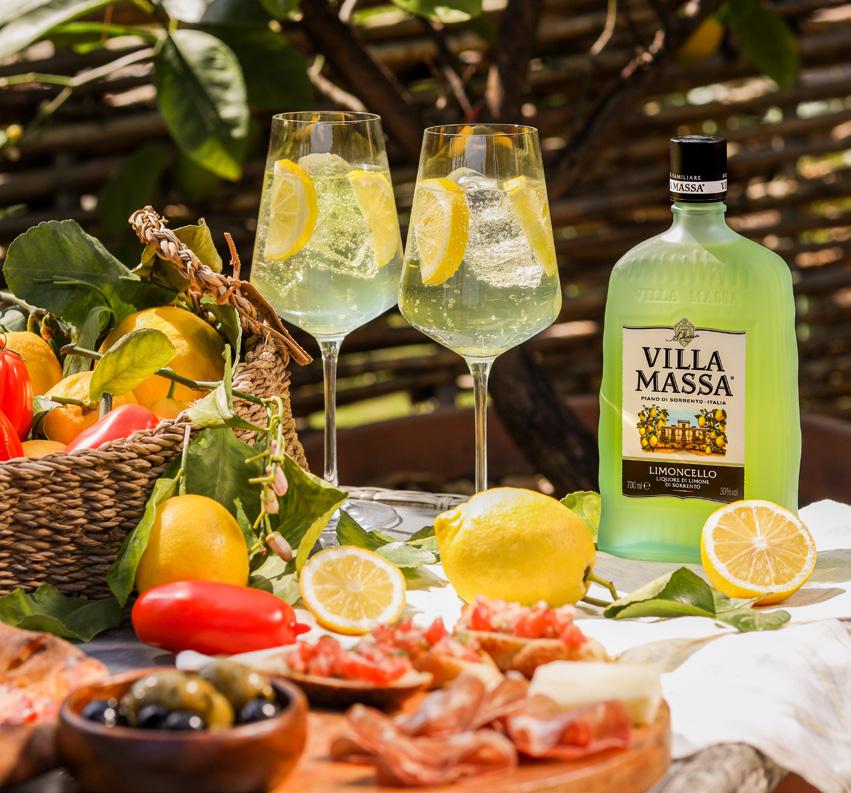
Another emergent style of aperitif is the mistelle, which is a traditional French liqueur involving a combination of fruit juice and a spirit made of that same fruit. Rhubi creates an Australian twist on this traditional style, combining rhubarb juice with rhubarb spirit, juniper essence and other botanicals.
Negroni twists
Negroni Del Capo
“It’s a great way to serve an already popular cocktail with a slight difference, as Capo is not as bitter as many other brands.”
- Joe Molinari, Combined Wines.
Ingredients:
• 30ml Vecchio Amaro del Capo
• 30ml gin
• 30ml Gonzalez Byass Vermouth Red
• One dash of bitters
• Pink grapefruit twist to garnish
Method:
1. Add all the ingredients to a mixing glass with ice.
2. Stir for 15 seconds until diluted.
3. Strain into a chilled rocks glass over a large ice-cube and garnish.
One of the creators of this product, award-winning bartender Evan Stroeve, believes the unique points of the brand and product can cross from bar to retail success.
“It’s independently owned, Australianmade. It’s created by some of the most established bartenders in the country – so it has that reputation, and it’s coming at a really good price point as well,” Stroeve tells National Liquor News.
The success of this wide assortment of aperitif styles demonstrates the richness and variety of the category. For retailers, showcasing simple signature serves that consumers can recreate at home provides a strong and converting narrative.
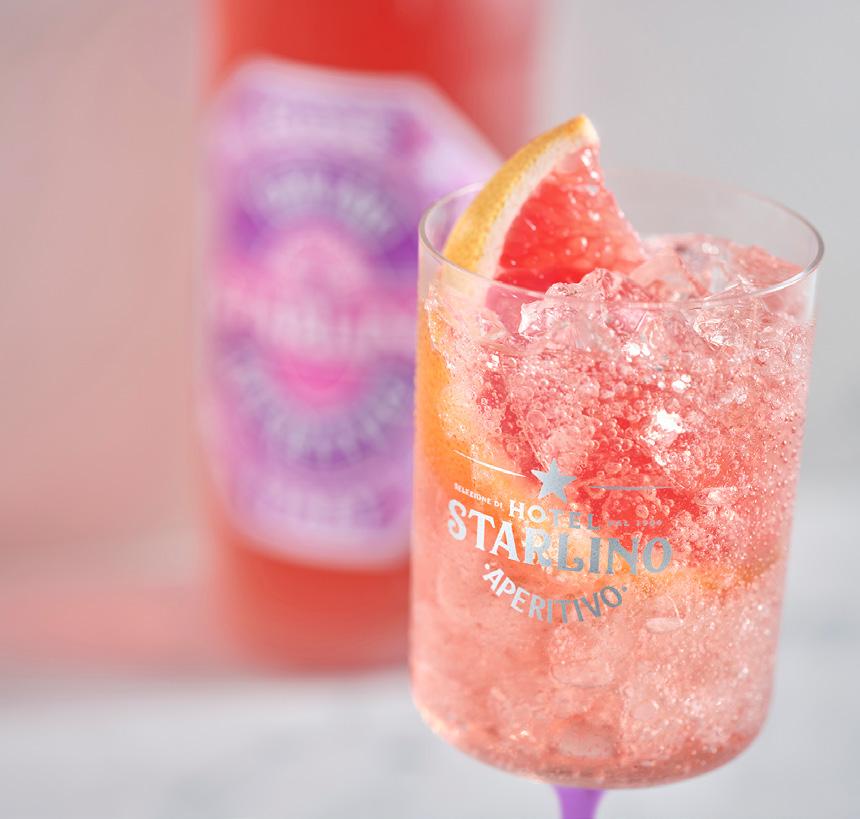
Moreover, as these cocktails often involve another spirit (or in the case of spritzes, a sparkling wine) there is the clear opportunity to up-sell and create bundle purchases. ■
Rhubi: A Summer’s Revolt

“This serve, our lighter take on the Negroni, heroes Australian producers and is just the start of our summer of revolution. This summer, we are looking to shake things up a bit, and get people drinking something different to what they normally order.” - Evan Stroeve, Rhubi.
Ingredients:
• 30ml Rhubi Mistelle
• 30ml Four Pillars Gin
• 30ml Regal Rogue Wild Rose
• Grapefruit wedge or twist to garnish
Method:
1. Put glassware in the freezer beforehand.
2. Stir all ingredients over ice to chill and dilute for around 15 seconds.
3. Pour over large ice in a frozen rocks glass. Garnish with a grapefruit wedge or twist.
Imbroglio All Australian Negroni
“Our Imbroglio Amaro is bitter but also shows up Australian botanicals and has a depth of flavour like nothing else on the market. Think beetroot, rhubarb, hibiscus and navel orange - it makes a Negroni that moves the dial on flavour.”
- Sean McGuire, Poor Toms.
Ingredients:
• 30ml Poor Toms Sydney Dry Gin
• 30ml Imbroglio Amaro
• 30ml Maidenii Sweet Vermouth
• Orange twist to garnish
Method:
1. Combine all the ingredients together in a chilled rocks glass.
2. Stir until chilled and diluted.
3. Garnish with an orange twist.
46 | National Liquor News Retailing Aperitivo

BUY ONE APEROL SPRITZ 1. DOWNLOAD MYY APP AND UPLOAD YOUR RECEIPT 2. RECEIVE UP TO $20 DIGITALCASHBACK 3. *Terms & conditions apply. Lorem ipsum Ulparibus pelicim re omnis et enes aut quis re volore, quis eatem. Ad qui aut aute corepre sequundebis soloria quatur, quias sequi inte nonseni magnatis dolume pore ventur aut ad quodis aut eum expellendit, consequi qui quo corum re, nobitinisi il elia voluptat.

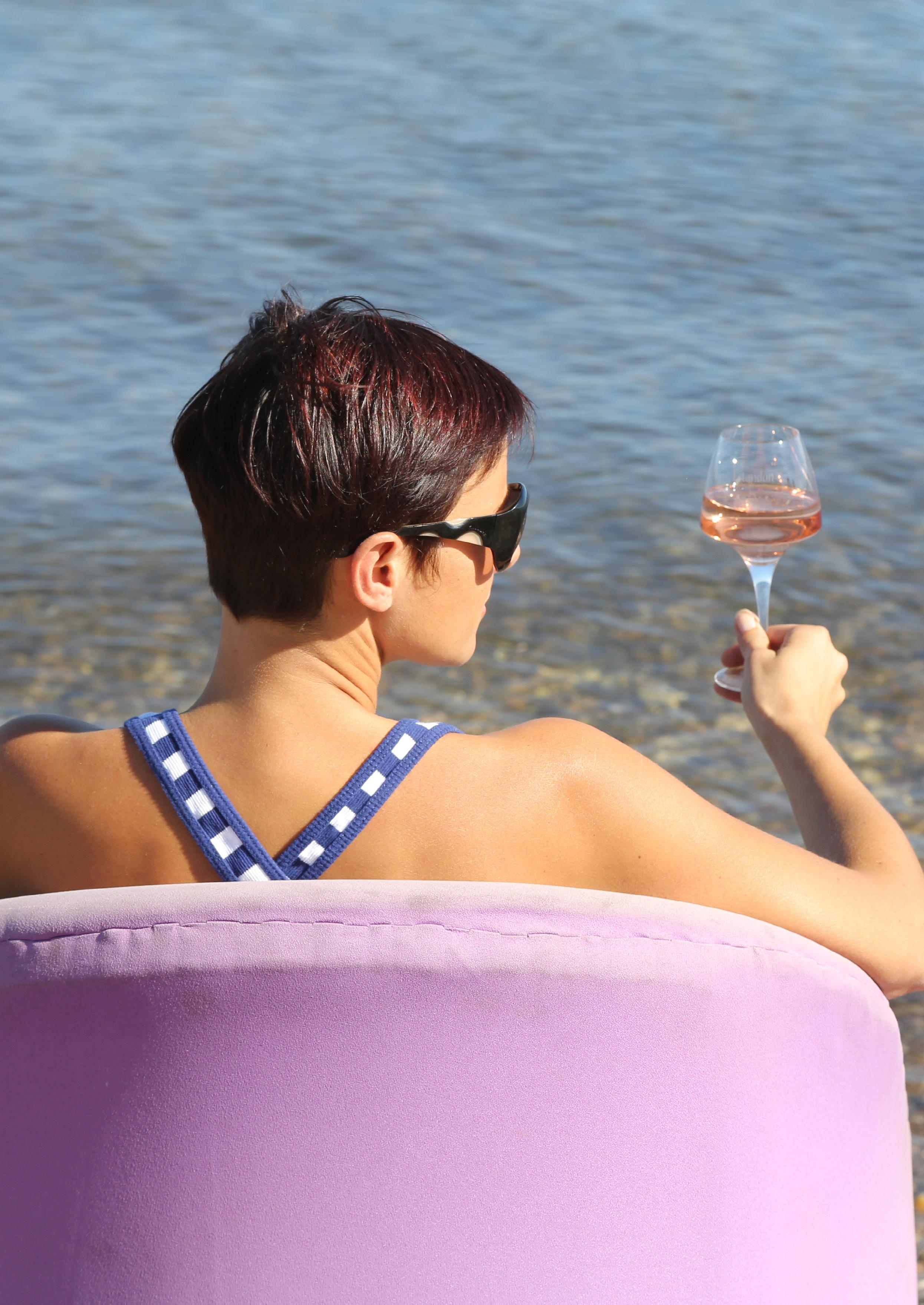
48 | National Liquor News Rosé
Rosé
sip the roséStop and

Brendan Black discusses the current trends of the rosé market and how this is impacting the wine’s performance at the moment in Australia.

In great news for winemakers, retailers and drinkers alike, rosé has shown strong growth over the last 12 months. While it still only accounts for a fraction of the domestic wine market compared to white, red and sparkling wines, and global sales have been relatively stagnant, Australia has proven to be an excellent market for rosé. According to Wine Australia data, between 2016 and 2021, Australia moved from the 27th to 13th largest rosé market in the world.
Interestingly, there are certain clear trends showing up in the market, both from makers and consumers, particularly in regards to quality and preference for colour and sweetness, as well as the grape varieties that we now see increasingly being used as the basis for rosés.
Quality AND quantity
The quality of domestic and overseas rosé is very much on the rise. Pacha Mama and Cloak & Dagger Owner and Winemaker, Callie Jemmeson, says that while “rosé was once made as a by-product, producers are now allocating [to it] some of their most expensive fruit”, such as Yarra Valley Pinot Noir, which is known to fetch prices above $4000 per tonne.
Barton & Guestier Export Director Asia Pacific, Guillaume Bladocha, has seen an increase in sales volume for higher quality rosés priced AU$20-30. This is in line with research by IRI MarketEdge, which found that while the total value of still wine declined by two per cent between 2020 and 2022, rosé managed to grow by 15 per cent.
Australian Vintage Limited (AVL) General Manager Asia Pacific, Jeff Howlett, has noted a 6.5 per cent increase in rosé sales within the AU$15-25 segment, while the AU$25+ category grew by a whopping 39 per
cent. This was due in part to the COVID-19 pandemic, which he said “accelerated this premiumisation trend across the wine category in general as consumers were buying higher-priced wines at less frequency.”
The competitive nature of the rosé market has meant that price will always be a considering factor with consumers.
However, Brown Brothers Wine Ambassador and Educator, Andrew Harris, states: “Fortunately for rosé lovers these styles are quite affordable for the quality return, particularly in the $15-25 bracket.”
Colour me (salmon) pink
Overwhelmingly, colour is a key factor influencing most consumers and their decision to buy a rosé versus a white, red or sparkling wine, and then also helps to decide which rosé to buy from a varied selection. The rosés of Provence are mainly responsible for this trend, with their pale salmon colouring being mimicked by producers outside of France.
Bladocha says: “As the leading French producer, this is of course flattering but this makes this segment much more competitive.”
This competition can be seen when scanning the shelves of most bottle shops, where there’s a great deal of uniformity when it comes to colour and hue, much more than can be seen with red, white or sparkling wines. The majority of these wines are made in Australia, which accounts for 76 per cent of sales on the domestic rosé market. Yet they are competing fiercely with French rosé, made predominantly in Provence, which is still showing strong growth.
Marketing Manager for Vintage House Wine and Spirits, Matt Redin, has seen brands such as Les
October 2022 | 49
Peyrautins and Estandon French rosé imports grow at an amazing rate. Both are priced at around AUD$20 retail and are salmon pink, so they hit the mark in terms of price and colour for consumers.
Managing Director and third-generation Winemaker at Taylors Wines, Mitchell Taylor, says, given the fast-paced nature of wine retail: “Something as simple as the colour of the liquid can be a significant influencing factor.”
Taylor adds that a prospective buyer might see a rosé on the shelf and simply use its colour “as an indicator of the wine’s body, sweetness, or refreshment”, even if these impressions might actually be off the mark.

Dry or sweet?
Overwhelmingly, consumers are now leaning towards dry styles of rosé, which appears to be, as stated above, intimately coupled to the perception of colour. Lighter styles are commonly seen as being dry, whereas darker styles are believed to be sweeter, yet the reality is not so easy to discern from looks alone.

The Daytime Drinks Company Director, Anoushka Szlagowska, producer of Tart canned rosé, believes that the public still equates colour with sweetness level – pale equates to dry; darker equals sweet – yet she says: “The reality is that the colour is on a light/fullbodied scale not necessarily a dry/sweet one.”
Tasting through a broad range of currently available Australian rosés, it’s difficult to find ones that are overly sweet, rather than with just a touch of sweetness, while most are completely dry. Producers have therefore responded to the market
by fermenting their rosés to dryness, particularly if they are priced above $20. As a consequence of removing sweetness, and in an effort to produce wines that are fuller in the mouth, rather than thin, many producers are using techniques such as lees ageing in barrel before bottling.
Not a gendered drink
Gone are the days when rosé might be seen as a wine that appealed predominantly to women, over men. Taylor attributes this to the market becoming more knowledgeable about wine, which then affects consumers’ appreciation for diverse styles. Producers and marketers have in turn responded to this by creating “gender-neutral” labels designed to appeal to anyone, regardless of demographics. For example, Taylor says the Taylor Made Pinot Noir Rosé “showcases more of the craft perspective of winemaking” rather than being marketed to a specific group.
According to Redin: “The ‘Brosé’ movement has gathered force and men are now quite comfortable to enjoy a glass of rosé with friends and family.”
This busts through the myth that rosé only appeals to women. As Szlagowska adds: “Your palate has nothing to do with what’s between your legs” - and the diversity of styles and varietals in rosé has overcome this narrow image of who actually drinks rosé.

Variety is the spice of rosé
An increasingly visible trend for the rosé category has been the use of varieties that one might not usually expect to see. While Provence rosé is usually produced
“Something as simple as the colour of the liquid can be a significant influencing factor.”
Mitchell Taylor Managing Director and third-generation Winemaker Taylors Wines
50 | National Liquor News Rosé
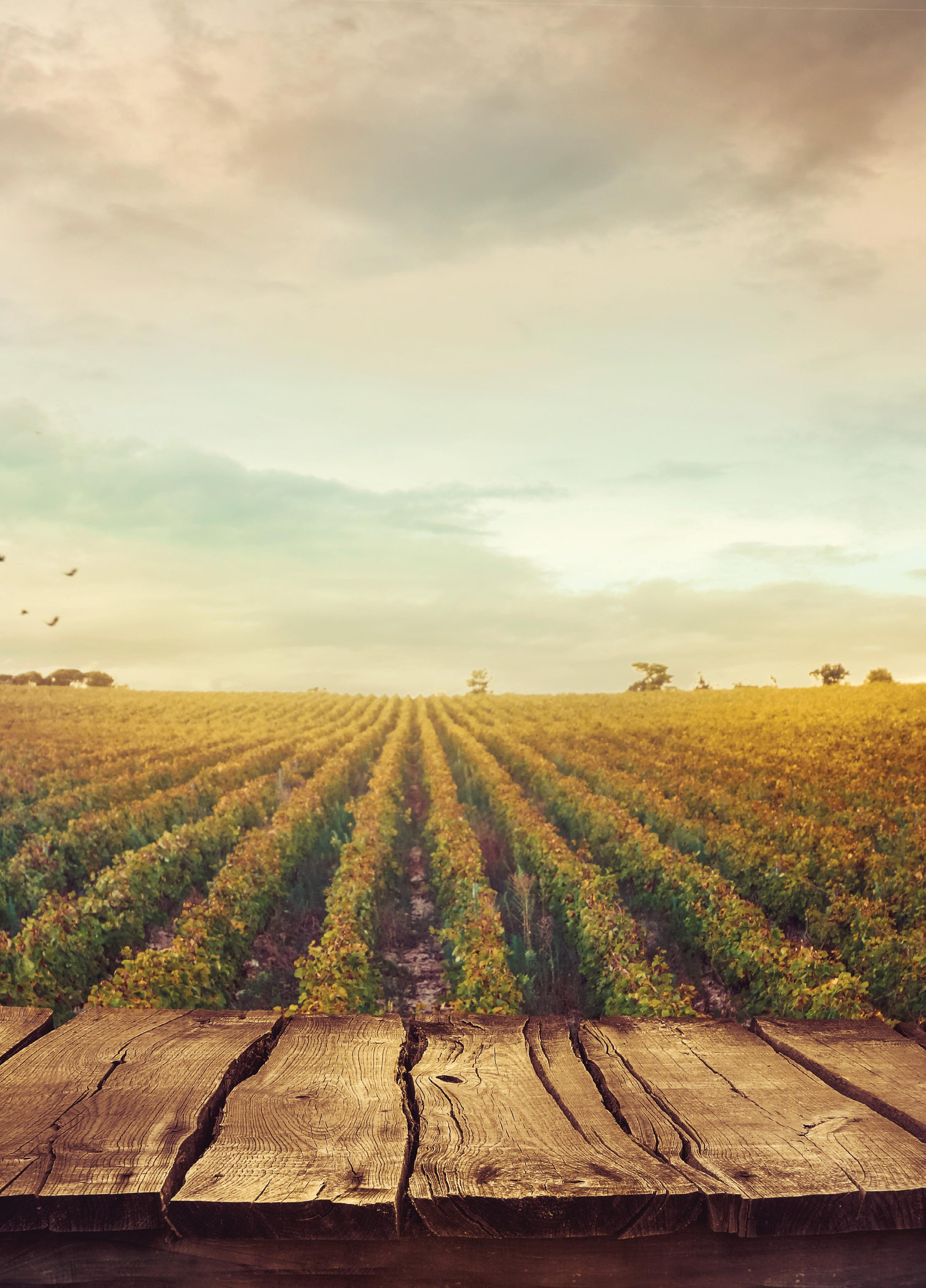
*All 2023 booking locked in before Friday 16 December will receive 2022 rates. Contact: Shane T Williams stwilliams@intermedia.com.au 0431857765 Book your brand awareness, education and call-to-action campaigns for 2023 and avoid the 2023 inflation* rate increase. Features List February 2023 Annual Leaders Forum March Easter Retail Trading World Whisk(e)y Day Natural Flavoured Drinks - Ginger, Mango Apple, etc Cognac & Brandy World Malbec Day Riesling April World Cocktail Day Mother’s Day Aussie Indie Beer RTD & Seltzer NOLO Alc & Cal Wine Chardonny May Aperitivo Winter Retail Technology Imported & International Beers Australian Spirits Family Wineries Pinot Noir June Regional Australian Drinks Producers Dry July - NOLO Winter Beer Releases North American Whisk(e)y Retail Banner Groups Cabernet Sauvignon July West Australian Drinks Provenance Father’s Day Premium Mixers Coffee, Nut & Chocolate Liquers Sustainability - Brands & production Shiraz August South Australian Drinks Provenance Home Cocktails Saké Rum & Rhum Agricole Stocking Imported Wines Cabernet and/or Shiraz Blends September BBQ Drinks Occassion Prosecco for Spring Alcoholic Seltzer Premium Gin Organic, Biodynamic & Vegan Wines Rosé October Tassie Drinks Provenance Aperitivo Summer Summer Beer Releases RTD The Rosé Report Sparkling, Prosecco & Champagne November New Zealand Drinks Provenance Christmas Summer Beer Retailing Whisk(e)yScotch & Irish Sparkling & Champagne Pinot Gris/Grigio December/ January NOLO - Better For You Drinks Australian Made/ Australia Day What’s Hot to Stock for 2024 Vodka Wine for Summer Semillon
from grapes such as Grenache, Cinsault, Syrah or Mourvèdre, Australian rosés are reflective of the more flexible rules regarding which grapes can be grown in a given region (that is, we have no rules at all, unlike in many French wine regions).
Pinot Noir is perhaps the most popular variety you’ll now see in Aussie rosé, made wherever this tempestuous grape feels at home, such as the Yarra Valley, Adelaide Hills, or the Mornington Peninsula.
Treasury Wine Estate’s Squealing Pig brand is one of the most popular rosés on the Australian market, made from Pinot Noir sourced throughout South Australia. It’s an incredibly approachable wine with nice structure, great acid and pleasant flavours, as well as being well priced.
Winemakers now aren’t afraid to try something a little different with their rosé, whether they’re microproducers or large conglomerates. For example, Wynns produces a Cabernet Sauvignon-based rosé from its Coonawarra fruit, while Cloak & Dagger’s is a multi-region blend of Syrah, Savagnin and Pinot Gris, three varieties you’ll rarely see together. Latta Vino, run by Eastern Peake’s Owen Latta in Ballarat, produces a zero-sulphur rosé from Nebbiolo and Sangiovese, varieties which are becoming increasingly more common as the basis for rosés in Australia.

Legislation changes in Italy regarding what can be classed as Prosecco mean that it’s also now possible to see rosé versions of this too, from both Italian and Australian producers. Pernod Ricard Winemakers
Global Marketing Director, Eric Thomson, has seen strong sales of the company’s label Rosie, a rosé Prosecco, demonstrating that consumers are keen to try different styles of the wine.
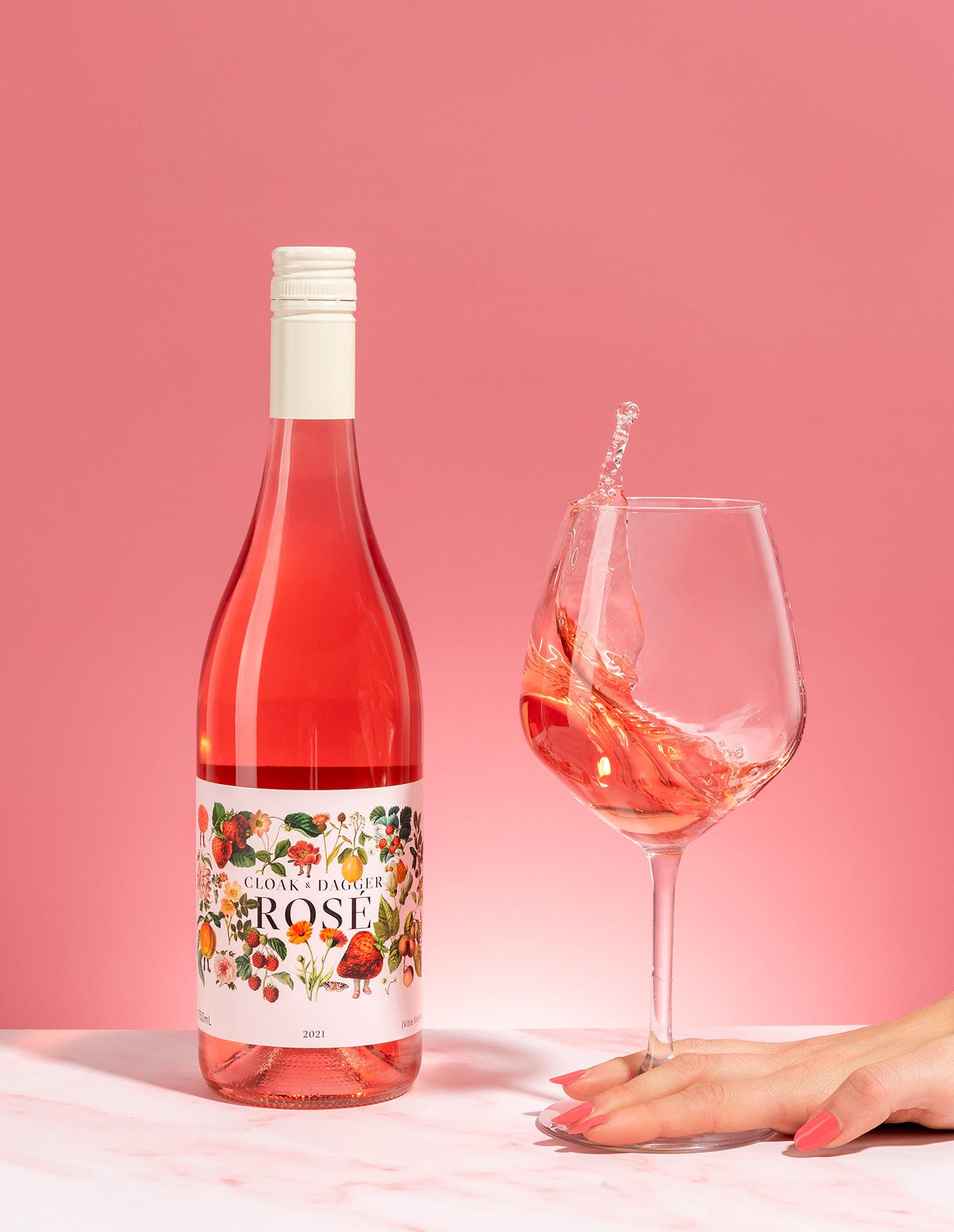

Four seasons in one drink
When the weather starts turning warmer and drier, many consumers will turn their attention away from reds and high-alcohol spirits to lighter styles of wine.
With the perception that rosé is typically lower in alcohol than other styles, it is one type that will see its popularity increase as the mercury rises. Yet given the diversity of styles now available, from light and simple to more full bodied and complex, rosé is not just a wine for consuming at the beach or next to the pool.
Wine Unplugged’s Callie Jemmeson says there are now many rosés that are almost pushing
52 | National Liquor News Rosé
into the “lighter red” category which make great accompaniments to grilled meats and vegetables due to their savouriness and tannin grip. Straddling that important divide of being a wine that is pleasant to drink by itself but which also pairs well with a range of foods is now key if producers want their wines to appeal to consumers in any weather.
This versatility is coupled to the proliferation of drier styles of rosé, which are easier to pair with food than sweeter examples.
Harris says that, personally, he drinks: “A lot of rosé when dining out during the winter, because I like the versatility that rosé can have with food.”
While he feels that sales of rosé in winter and summer will never reach parity, the gap is certainly shortening, which is great news for producers and retailers.
Howlett meanwhile believes Australia is the ideal place for drinking rosé year round, with AVL’s sales of rosé not dropping off so evidently in cooler months.
“Our warmer climate lends us to having warm/ sunny days even during the winter season,” he says.
Other trends

The proliferation of zero or low alcohol beverages has certainly now creeped into rosé. For example, Wolf
Blass Zero is a range of wines such as Sauvignon Blanc, Shiraz, sparkling and rosé which each have less than 0.5 per cent alcohol, embracing a ‘”passion to explore and break boundaries.”
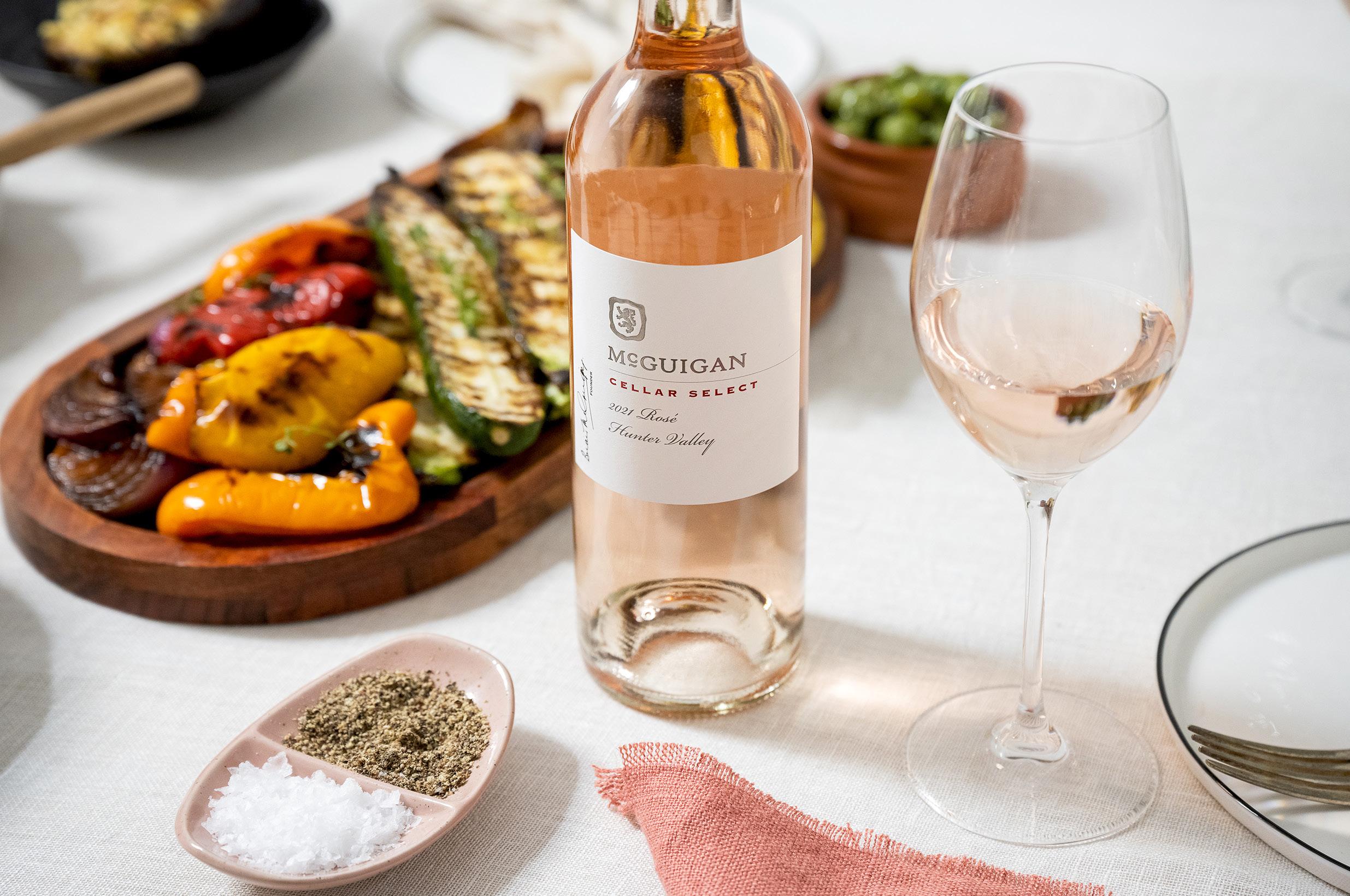
The public’s yearning for ‘better for you’ options has been embraced by winemakers, and just as most car companies are now offering electric vehicles, many wine producers are now looking at lowering alcohol levels. For vegans who struggle to find wines that don’t use animal products in their creation, there’s the Angove Organic and Naturalis ranges, which is vegan friendly, and many producers are following suit by not fining their wines with animal products.
The type of container has changed for rosé just as it has for other styles, with plastic bottles, aluminium cans and ‘bags in a box’ now seen on the shelves next to the ubiquitous glass. Given their lighter weight, portability, and greater emphasis on sustainability versus glass, they are starting to shake off any negative associations that older drinkers may have had with them, such as the terms ‘goon bags’ or ‘chateau cardboard’ used for cask receptacles and wines of lower quality. Taylors Wines has even introduced a PET bottle which is 100 per cent recycled and significantly lighter and smaller than regular glass bottles. ■
“The ‘Brosé’ movement has gathered force and men are now quite comfortable to enjoy a glass of rosé with friends and family.”
Matt Redin Marketing Manager Vintage House Wine and Spirits
October 2022 | 53 Rosé
A premium reputation
When you think about Tasmania, what comes to mind? If you’re in the Australian liquor industry, no doubt you’re reminded of our southernmost state’s reputation for premium drinks across several categories.
This premium reputation is also being recognised more and more amongst consumers, especially as tourists travel from the mainland to explore Tasmania for themselves, falling in love with the drinks, their producers and their stories, and developing an understanding of the potential of the state’s liquor industry.

The Apple Isle
Tasmania has long been revered for its apples, marketing itself for many years as the ‘Apple Isle.’ Ben Cook, National Sales Manager at Willie Smith’s Tasmanian Cider, said this old title has extended into the industry’s more modern reputation, as “apples and Tasmania are synonymous.”
“Willie’s builds upon the reputation of Tasmanian products, made from organic apples, some of the freshest water in the world and the cleanest measured air in the world –clean and pure is what we are known for in Tassie,” Cook continued.
This purity, along with Tasmania’s deep and rich soils and unique climate, make for great and unique growing conditions that continue
to maintain the state’s level of high quality cider, according to Naomie Clark-Port of Frank’s Cider.
“The fruit used to create Tasmanian ciders enjoys a very long growing season. The cool nights and long mild days in our valleys allow intense flavours to develop,” Clark-Port said.
“It is hard work, battling the colder seasons, and the high cost of freight to the mainland, but I think customers are willing to pay a little extra for premium products from the ‘Apple Isle.’ Tasmanian craft cider is just that, crafted rather than tipped from a drum of imported concentrate.”
Despite its long and storied heritage, Tasmania’s cider sector is also recognised as an innovative market leader. For example, Willie Smith’s was the first certified organic cidery in Australia, a move that was considered radical and a bit risky at the time.
Cook added: “Part of our philosophy is working with mother nature and trusting that in return we’ll get the tastiest apples around, making for amazing cider.”
Small but powerful wine sector
Compared to other Australian wine regions, Tasmanian wine has a small piece of the pie by volume, accounting for under two per cent of the national crush according to Anthony De Amicis, Assistant Winemaker for Brown Family Wine

The craft beer scene
Recognition for Tasmanian beer may largely come from the two iconic large scale breweries – Cascade and James Boag’s – but it also has a burgeoning craft scene.
Dave Macgill, Co-founder of Deep South Brewing Co., said this is driven both by the power of Tasmania as a brand, but also by its unique ingredients.
“We are lucky our water is ‘soft’ down here, so we can have very minimal input into the water chemistry… we’re also one of the few places in Australia that grows hops,” Macgill said.
“There’s a lot of history and tradition around making beer down here. With the craft beer movement, we saw a lot of small brands swallowed up by the bigger ones, but now we’re seeing it concertina out the other way, where people are supporting hyper localised smaller breweries.”
Brydie Allen discovers why the Tasmanian drinks industry is more than deserving of its sterling status.
Craigieknowe Vineyard. Credit: Puddlehub
54 | National Liquor News
Tasmanian
Drinks
Group’s Tasmanian portfolio which includes Devil’s Corner, Pirie and Tamar Ridge labels.
Brand Manager, Marcel D’Angelo, added: “We are a small island so volume will always be limited.”
But Sheralee Davies, CEO of Wine Tasmania, said this is actually helping drive the appeal of Tasmanian wine, noting: “We’re seeing continuing strong demand for Tasmanian wine…The reputation, recognition of its outstanding quality, uniqueness and scarcity has been steadily growing over many years.”

Tasmania is probably best known for its Pinot Noir, the state’s most grown red varietal, and also sparkling, being the home of Ed Carr’s iconic House of Arras brand. The popularity of other varietals is also growing too, often through smaller boutique brands.
Glenn Travers, who heads up Craigie Knowe Vineyard, the oldest vineyard on the east coast of Tasmania, said tourists are falling in love with the state’s wine via their travels to such boutique wineries. Travers is a curator for a festival designed to help both local and national visitors explore in this way, called Great Eastern Wine Week. Taking place in September, the event showcases the wines, vineyards and experiences of the east coast outside of the more well-known areas of the state around Tamar Valley and Coal River Valley.
Like all producers in the region, Travers sees the future as bright for Tasmanian wine, especially with the success of events like Great Eastern Wine Week, and says: “Watch this space!”
Davies added: “Our producers have strong demand for their wines, which means they will be looking for the most profitable and reliable markets and channels and to support their existing customers. If you want Tasmanian wine, get your skates on!”

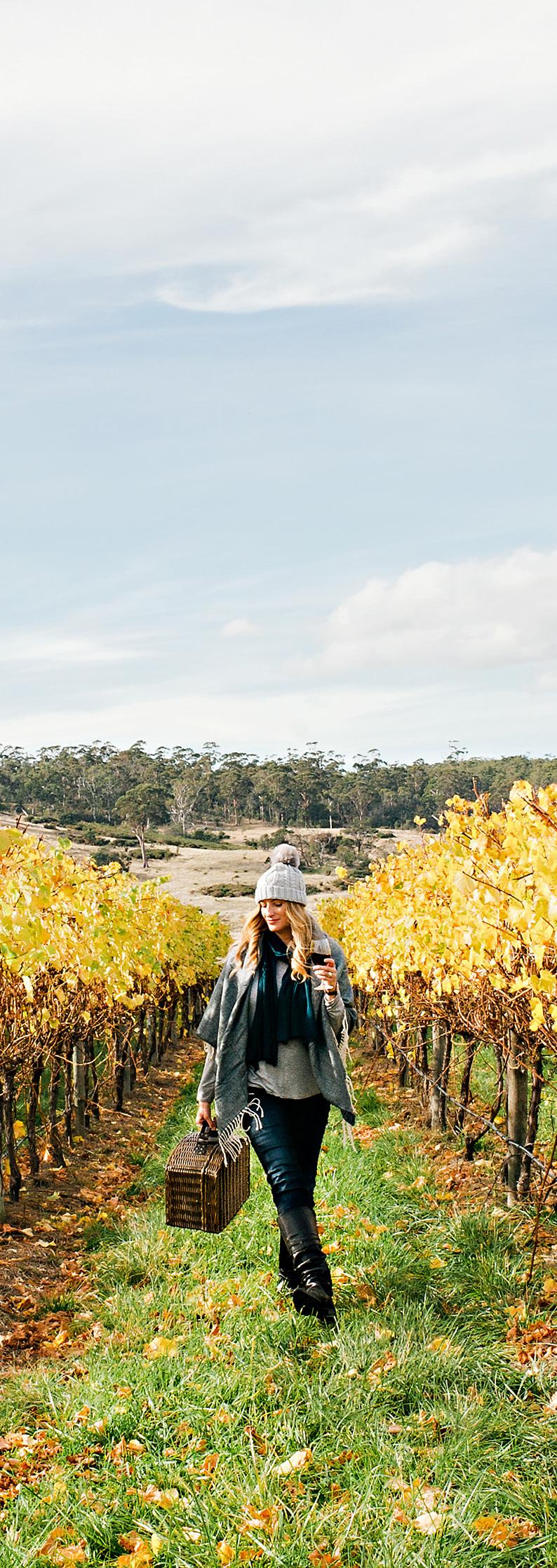
The southerly spirit
In a time when Australia’s spirit industry is deservedly receiving more time in the spotlight, it’s hard to look past the power of Tasmania. While many spirits are produced in the state, the whisky sector has become particularly acclaimed since Bill Lark (AKA the ‘Godfather of Australian whisky), battled antiquated distilling laws to establish the first distillery in the country to produce single malt whisky in 154 years. That was in 1992, meaning the Australian whisky story is celebrating 30 years in 2022.
Kit Wilkinson, Channel and Brand Development Manager at Hellyers Road Distillery, said: “The modern Australian whisky story is still a relatively young one. Reborn in Tasmania only 30 years ago, whisky production in this country is intrinsically interwoven with this beautifully suited island state.”
 Devil’s Corner. Credit: Lisa Kuilenburg
Frank’s Cider
Devil’s Corner. Credit: Lisa Kuilenburg
Frank’s Cider
October 2022 | 55
Tasmanian Drinks
Summer the Tasmanian way
Willie Smith’s summer seasonal release showcases the power of Tasmanian cider in the wider market right now, with its first two releases exceeding expectations and rapidly selling out.


Starring the heritage apple variety Sturmer Pippin, Willie Smith’s Sour Apple Cider is made from 100 per cent Tasmanian apples. Crafted to show just how racy, acidic and refreshing cider can be, every mouthful of this cider is a tropical fruit salad, with zesty lip-puckering goodness. There is limited supply of this summer favourite - order now from Willie Smith’s to secure yours.
Tasmania’s enduring reputation of purity extends into its spirit industry. For Wilkinson, this means that Hellyers Road (which is celebrating its 25th anniversary), as well as the wider spirits industry, definitely earns its premium price tags.
“Our connection to the most pristine environment in Tasmania is inherent in everything we craft,” Wilkinson said.

David Debattista, BDM and Marketing Lead at Launceston Distillery, said the ability of the Tasmanian spirit industry to utilise local ingredients makes the liquid truly unique.
“For Tasmania, as opposed to the mainland, everything we need is right at our fingertips. So our product truly is reflective of the nature that surrounds us – it is the definition of using local ingredients by local people made in our little local economy. There’s no denying that there’s great whisky made on the mainland, but you have to go much further to create it,” Debattista said.
“One of the signature things that people talk about with Tasmanian whisky when it comes to the liquid itself is its oily nature, and that comes down the barley we use that is grown in Tasmania and is actually a brewers’ barley… whereas if you have a whisky from Scotland, it’s grown with distillers’ barley which gives a very different texture to the spirit.”
On this point, Oliver Maruda, Cofounder at The Whisky List, which has just taken on distribution of Hobart Whisky, adds: “Tasmania is all about its people and their amazing produce, some of the best in the world. Tasmanian whisky reflects this in
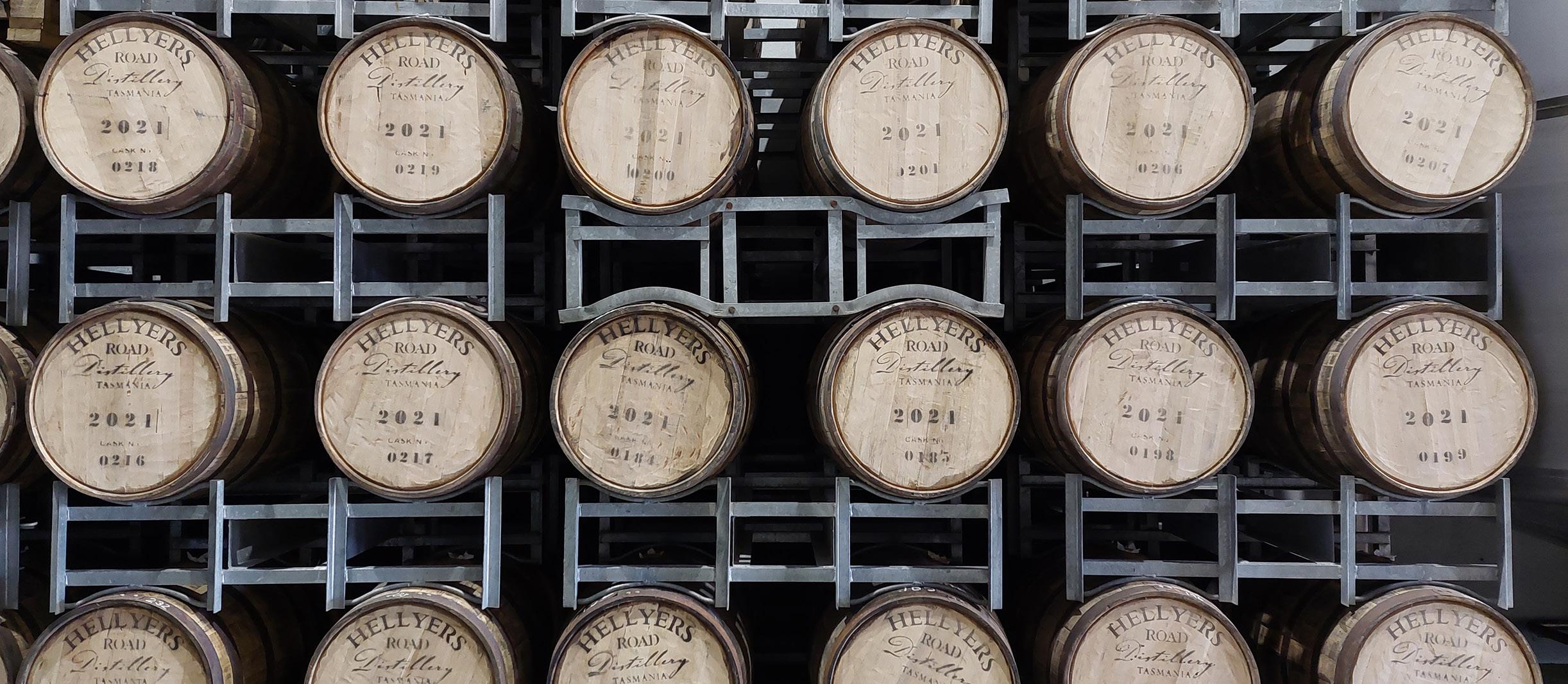
abundance. Genuine, passionate about their craft and their island, and full of natural goodness, being amazing water sources and barely at their fingertips.
“Demand for Tasmanian whisky has never been higher… thanks to many of the original distilleries, including Lark Distillery, Sullivans Cove, Overeem Whisky and Hellyers Road for paving the way, Tasmania now has over 50 distilleries producing some of the highest quality whiskies in the world.”
There has been significant investment in the future potential of Tasmanian whisky. Earlier this year, former Diageo boss, Tim Salt; distiller John Slattery; and creator of Buckley’s Rye Whisky, Hugh Roxburgh, announced they had teamed up to revolutionise the state’s contract distilling industry with Greenbanks Distilling Co. This joins a range of other new distillery ventures and expansions in recent years, including Spirit Thief, which is now nationally distributing its premium range via Swift and Moore, has received a range of international accolades, and is planning to launch its own distillery space soon.
Like the other categories, Tasmanian distillers see great opportunity in the future of the state’s spirit sector. As tourists visit the region to learn about and fall in love with the state’s drinks, the industry also encourages liquor retailers to do this if possible – experiencing everything yourself is the clearest way to see why Tasmanian drinks more than deserve their place on the bottle shop shelf. ■
56 | National Liquor News
Tasmanian Drinks
IT’S REAL TASSIE CIDER, MADE ON THE FARM.


using 100%
this is the
and our best.
An easy-drinking lightly sweetened
made for sharing this summer.
Made
organic Tasmanian apples,
original
cider
www.williesmiths.com.au Drink responsibly.
A sparkling success
Drinkers will soon be keen to pop some bottles and taste some bubbles as celebration season kicks into gear. Seamus May hears what the sparkling category has to offer, and how retailers can capitalise on its opportunities.
Nothing quite captures the celebration occasion like raising a toast with a glass of sparkling wine, whether it be Champagne, Cava, Prosecco or local Australian bubbles.

After a tough couple of years, where the social occasions synonymous with sparkling wine were often restricted, the category has come roaring back. According to data published in Wine Australia’s June 2022 Market Bulletin Trends report, sparkling wine recorded global growth of nine per cent in 2021, reaching a record 284m nine-litre cases worldwide.
And this growth is being reflected here in Australia too, as Emma Brown, Group Marketing Manager from the Brown Family Wine Group, outlines (referring to data from IRI, dated to July of this year).
“Sparkling wine in Australia holds approximately 21 per cent share of total bottled wine and continues

to grow steadily at 8.4 per cent versus YA,” Brown explains.
“This is driven by drier style sparkling wine. We continue to see majority of the segments within sparkling wine growing, with Champagne growing at 16 per cent versus YA and sparkling rosé and Champagne continuing to grow and add value to the category overall.”
Eric Thomson, Global Marketing Director for Pernod Ricard Winemakers (which owns Jacob’s Creek, within a diverse sparkling portfolio) has highlighted the growth of domestic sparkling wines.
“Both the international sparkling and domestic sparkling categories are in growth. However, domestic sparkling is growing at a faster rate (5.8 per cent, compared to four per cent for international),” Thomson explains.
58 | National Liquor News Sparkling Wine
David Stredwick, Wine Club Manager for Howard Park Wines, offers further statistical detail.
“Australia is a large and mature market for sparkling wine, according to Tyson Stelzer, it is the ninth-largest market in the world and consuming 89 million bottles in 2019, with two-thirds of that produced locally,” Stredwick says.

“Forty-eight per cent of Australia’s adult population consume sparkling wine, and of these, 60 per cent consume it monthly.”
And anecdotally, this growth has been noticed by historic overseas producers too, such as Champagne Taittinger.
“In terms of the overarching Champagne category, in Australia, we have seen significant growth over the years,” says Managing Director, Clovis Taittinger.
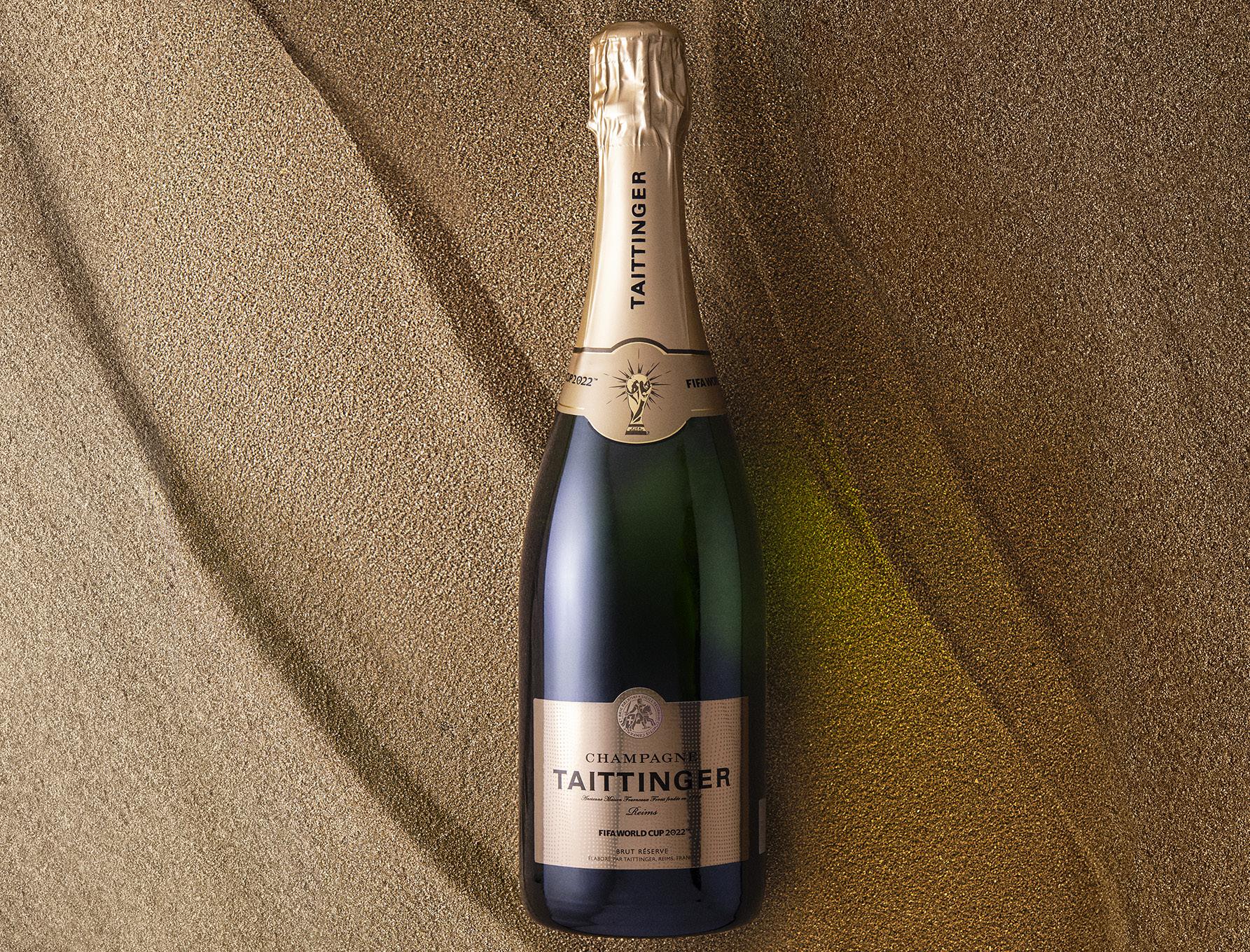
“Australians appreciate great quality and consistency and always find a reason to celebrate.”
Prosecco gives sparkling category lift-off
“The emergence and wild popularity of Prosecco” has been one of the category’s defining stories, according to Stredwick.
This perspective is supported by Brown, with Brown Family Wine Group producing a range of Prosecco wines, including a premium brut, a
Prosecco rosé, a pre-made spritz, zero and lighterin-alcohol expressions.
“Prosecco continues to be a standout within sparkling wine, continuing to grow at 24.3 per cent versus YA,” Brown explains.
For Brown, this popularity is partly due to the way Prosecco is made.
“Prosecco is made in the Charmat method, which allows it to retain a beautiful freshness, acidity and lemon, lime, apple character,” she continued.
“This freshness is extremely appealing to those looking for a high quality, easy drinking sparkling wine at a reasonable price point.”
The Charmat method involves inducing a secondary fermentation with the wine enclosed in pressurised stainless steel tanks. These tanks trap the carbon dioxide created, producing sparkling wine in the process.

Brown believes the drier style favoured by Australian producers gives them an advantage when compared to Prosecco wines from elsewhere.
“Australian Prosecco, especially those made from the King Valley region, are mostly made in a dry style, meaning you get all of the fruit character and acidity, without some of the sweetness that some other Proseccos, from other regions tend to have,” Brown adds.
“While some sparkling wine trends may come and go, Champagne is always in style.”
Clovis Taittinger Managing Director Champagne Taittinger
October 2022 | 59 Sparkling Wine
Traditional methods bring powerful narratives
Indeed, the methods used by producers to create the magical bubbling effect can provide retailers with an excellent means of communicating the craft and guile behind these wines.
Stredwick illustrates the fascination these methods can have for drinkers, saying: “It’s always interesting for the consumer to know where a sparkling comes from, what it is made of and how it is assembled.
“Often classic styles like Champagne, Crémant, Prosecco or Pet Nat can be used as reference points to tell the story of the wine and craft a picture of consumer expectations.”
Primary among these production techniques is the ‘méthode traditionnelle’ that has been used to make Champagne for centuries, and is now practiced by Australian winemakers too. This labour-intensive technique is explained by Stredwick, with Howard Park adopting the process in 2006.
“All the stages of sparkling wine production from the base wine, through extended tirage on lees, riddling, disgorgement and bottling are completed on site at our Margaret River winery,” Stredwick began.
“The méthode traditionnelle process creates sparkling wines of real depth and interest as the wine goes through an additional fermentation inside the bottle and this extended ageing time creates a unique profile of flavour and texture that cannot be achieved any other way.
“People still embrace méthode traditionnelle sparkling at different price points and respect the ability of high level Australian wines to compete with the quality on offer from Champagne.”
Jansz Tasmania Marketing Manager, Christine Phillips, explains how the brand has applied this ancient method to its Tasmanian location specifically.
“We make our wines using the traditional Tasmanian Méthode. Méthode Tasmanoise is more than just our practice of making luxury Tasmanian sparkling wine. It is the embodiment of every aspect of our unique place, encapsulating our Tasmanian way of life, our respect for the environment, the natural wilderness, our clean air, fertile soils, pristine waters and untamed oceans,” Phillips says.
For Phillips and Jansz, this technique also reflects “minimal intervention and working with nature rather than trying to subdue it.”

A collision of these twin sparkling worlds is found in Mumm Tasmanian Prestige Brut, a new expression that forms part of the Mumm Terroir series, which sees the iconic Champagne house create sparkling wines in regions outside of its traditional home in France.
“Mumm Tasmania Prestige Brut is a part of the Mumm Terroir series, a celebration of the world’s most premium Pinot Noir regions and joins Mumm Marlborough Brut Sparkling and Mumm Marlborough Sparkling Rosé that launched in 2020 to great acclaim,” Thomson comments.
Don’t overlook the NOLO opportunity
It’s well known that the no and low (NOLO) alcohol trend has proven one of the most enduring and powerful recent developments in the liquor industry, and the sparkling category is not exempt.
Brown Family Wine Group has committed to the NOLO subcategory, as Brown explains.
“With 18-39 year olds looking to moderate their alcohol consumption, they are looking for alcohol alternatives, however without missing out on the social occasions. In response to this, we released our Prosecco Zero [previously named Ultra Low] alcohol in the last 12 months which we are receiving tremendous feedback from,” she said.
The company also makes a ‘Refreshingly Light’ Prosecco, which weighs in at nine per cent ABV, with 30 per cent less alcohol than the standard edition.
“Embrace the low and no alcohol category and key SKUs and ensure they’re well signposted and offered chilled,” Brown says.
“This is a category that is here to stay and our opportunity to ensure we offer those Aussies looking to moderate their alcohol consumption during the key socialising months high quality products.”

60 | National Liquor News Sparkling Wine
For Pernod Ricard, producing a Tasmanian wine was in keeping with the Mumm tradition.
“G.H. Mumm has a 200-year history of dedication to showcasing the Pinot Noir variety in its cuvées, so when the opportunity arose to search out the world’s great Pinot Noir regions beyond Champagne, Tasmania was at the top of the list,” Thomson says.
“The Mumm Terroir series showcasing unique terroirs from around the world is created in collaboration with G.H. Mumm. Mumm Terroir sparkling wines are produced following the méthode traditionnelle technique, the same method used to produce Champagne in France, thus benefiting from the wealth of expertise G.H. Mumm has built up since 1827.”
The Tasmanian and Marlborough additions to this series are produced with a local team, including Chief Winemaker Jamie Marfell from New Zealand, and Chief Winemaker Trina Smith from Australia.
For retailers, wines like Mumm Terroir and Jansz Tasmania mark the combination of ancient tradition and Australian-led production, creating an attractive selling-point. This connection can also lead to enhanced consumer confidence.
Thomson said: “Established brands like Jacob’s Creek give people assurance when purchasing domestic sparkling wines, and we expect to see the same confidence from consumers with Mumm Tasmania.”
Cava carves its niche Pernod Ricard’s diverse portfolio of sparkling wines includes Campo Viejo, a Spanish Cava that also uses the méthode traditionelle.

“It’s a high-quality sparkling at

an accessible price point, and offers consumers an alternative to a fruitier sweeter prosecco,” Thomson says.
For Thomson, wines like Cava will have an increased impact with drinkers as more Australians head overseas for European holidays.
“As Australians have the opportunity to travel more – many making their way to Europe for the 2022 summer – there will be a demand for these international varieties as people want to replicate their holiday moments at home and with friends during the Australian summer.”
Retailers will be rewarded for tapping into this nostalgia, particularly if they can point to an easy-to-make summery cocktail.
“Drinks that evoke holiday memories such as an Agua de Valencia (cava, orange juice, vodka and gin) will see consumers seeking out sparkling wine from a holiday destination such as Spain,” Thomson concludes.
Champagne keeps its allure
While other styles of sparkling wines from across the world are seeing booming popularity, Champagne still retains its status as a top celebratory wine for the big occasions.
Champagne Deutz is a recent reentrant to the Australian market, returning to our shores in 2022 after a three year hiatus, thanks to Calabria Family Wine Group’s imported arm, Vintners & Co. National Liquor News asked Deb Vallentine, National Business Manager at Calabria Family Wine Group, what was behind the continued popularity of Champagne in Australia.
“It’s special – there is no other product like it in the world. It holds a rich history and every producer of Champagne has a dedicated passion

“Forty-eight per cent of Australia’s adult population consume sparkling wine, and of these, 60 per cent consume it monthly.”
David Stredwick Wine Club Manager
Howard Park
October 2022 | 61 Sparkling Wine
Rosé rises to the occasion
Pink drinks are another trend that shows no sign of slowing, and with rosé the original pink drink, there is a clear opening for retailers to capitalise on the meeting of both seasonal and long term purchasing patterns.
Howard Park has responded to this ongoing popularity by re-releasing its Sparkling Rosé Jeté expression, now back in stock after three years.
This wine, Stredwick explains, is made with “100 per cent Pinot Noir and 33 months on lees” and “showcases bright and balanced red fruit notes while retaining a wonderfully dry and long finish.”
Brown Family Wine Group produces a rosé Prosecco, and will be expanding this line with the addition of a zero alcohol version.
“In October we will be launching this new wine into the market to offer consumers choice when it comes to moderating their consumption,” Brown outlines.
Vallentine notes that Champagne Deutz has also seen success with its rosé expression since it re-entered Australia.
“The Deutz Classic Brut and Deutz Brut Rosé specifically have already been popular choices across the country and we are working hard to ensure we can keep the supply up with the demand.”

and commitment to produce the best, highest-quality product you can find. It is worth investing in Champagne –it rarely disappoints,” Vallentine said.
“Champagne has an amazing history and heritage and is a prestigious brand in its own right. It speaks of quality, prestige, celebration and pleasure. There is nothing quite like treating yourself or someone you know to a bottle of Champagne.”
This is no more so the case than in the summer months, as explained by Taittinger.
“In summer we are embracing an active social life and there is no better way to celebrate friendship and time with family than with a glass of champagne,” Taittinger says.

“Champagne is a celebratory drink and there is always an occasion for it here in Australia. While some sparkling wine trends may come and go, Champagne is always in style.”
Taittinger has also marked this coming season with the release of its Taittinger Brut Réserve FIFA World Cup 2022, the official Champagne of the tournament.
Keep it chill this summer Ultimately, the one non-negotiable for
retailers when it comes to this category is simple: plentiful stock of chilled, sparkling wines.
“Sparkling wine is great for summer for so many reasons. It’s wonderfully characterful when served chilled, which suits Australian summer conditions beautifully,” Stredwick says.
And Brown says it is important to allow consumers to act on instinct.
“Retailers can ensure they have the right range of sparkling wines available for their shoppers on the shelf but most importantly in the fridge this summer,” Brown says.
“People will be enjoying impromptu social occasions and looking to mark everyday moments with sparkling wine, so being prepared for impulse sparkling purchases is key.”
Finally, Thomson has identified magnum and double magnum sales as a growing trend that retailers should be conscious of as we enter celebration season.
“The demand for larger format sparkling wines (1.5 litre, and three litre) is also one to watch, as consumers look to create those moments beyond the ‘everyday’ to celebrate and impress in social occasions.” ■

62 | National Liquor News Sparkling Wine
MARGARITA SPARKLING

Jose
Cuervo® and other trademarks are owned by Tequila Cuervo La Rojeña, S.A. DE C.V. Please drink responsibly.
CONTACT YOUR PROXIMO AREA MANAGER ABOUT STOCKING IN-STORE FOR SUMMER
Ready to…
RTDs continue to surge in popularity and are showing no signs of fizzing out. Cindy Panzera explores the category’s growth offshoots that have led to a track record of defying sales expectations.

It’s an exciting time for the liquor industry. We’re about to have our first ‘normal’ summer, sans any restrictions, since 2019. And, like many categories right now, as the weather heats up and socialising moves outside, we can expect to see RTDs in the hands of more Aussies than we’ve ever seen before.
According to Roy Morgan’s Alcohol Consumption Report, released earlier this year, the popularity of RTDs is at an all-time high.
The report revealed that in the year to June 2022, as many as 16.7 per cent of Australians (or 3.34 million) drink RTDs in an average month, representing a hefty increase of 3.2 percentage points, or an additional 680,000 people versus the prior year.
RTDs’ performance over the past year is fascinating. It was the only one of the ‘big four’ liquor categories to continue along a strong growth trajectory post-COVID. By contrast, the number of Australians drinking
wine, beer and spirits reached pandemic highs in 2021, but the short-term boost gained during lockdown has since receded.
It’s a trend that mirrors what’s happening in other markets around the world. Global figures from IWSR Drinks Market Analysis predict RTD products to grow by an astounding 44 per cent in volume and 51 per cent in value over the next five years. As it stands, RTDs already represent about a third of the size of the global spirits category, as well as the global wine category.
Seltzers skyrocket
Roy Morgan’s CEO, Michele Levine, attributes RTDs’ rising popularity to the roaring success of hard seltzers over the last few years, which has boosted the overall consumption of RTDs.
“Hard seltzers began to hit the Australian market in significant numbers in 2019, just before the pandemic struck, and these newer alcoholic products are still attracting an increasing array of customers,” Levine said.

64 | National Liquor News RTD
Ryan Buckle Sales and Marketing Director Top Shelf International
A spokesperson from Carlton & United Breweries (CUB), referencing data from IRI for the 52 weeks ending 14 August 2022, confirmed seltzers’ role in driving RTDs’ growth: “The seltzer category is performing very strongly and is incredibly healthy, resulting in 71 per cent growth versus this time in 2021. It is outperforming total RTD, which is up 11 per cent over the same period.”
Underpinning seltzers’ lucrativeness is the ‘better for you’ consumption movement. At a time when RTDs were still recovering from their association with sweet and sugary pre-mixed ‘alcopops’, seltzers burst onto the scene in Australia in 2020, completely disrupting the RTD category with easy drinking options that were lower in sugar, carbs, calories and alcohol content than many of their traditional counterparts. Fast forward two years and the seltzer category is now ‘saturated’ with more than 75 different brands and over 500 active SKUs, according to CUB’s spokesperson.
With such fierce competition, especially within light RTDs and seltzers, it’s no wonder there’s so much proliferation in the category as brands battle it out to attract, win over and retain customers and secure precious shelf space.

Classic, but convenient Colton Salter, Brand Manager at Bacardi-Martini Australia, believes that canned cocktails will be the next big consumer movement to drive RTD growth.
“Seltzer has been the main trend driving the light RTD category for the last few years. However, we are now seeing a shift into flavour-forward RTDs such as canned cocktails and are noticing that seltzers are trying to move into the canned cocktail space as well,” Salter said.

Canned cocktails have already seen phenomenal growth in the American market, growing by 42.3 per cent to reach USD $1.6 billion last year, according to the Distilled Spirits Council of the US.
Rich Coombes, Co-Founder of Australian wholesale beverage marketplace Kaddy, recently told The Shout that sales in the premium RTD and canned cocktail segment are booming, with sales double what they were at the beginning of June.

The rapid uptake in canned cocktails is a natural progression for the rising number of passionate home-bar enthusiasts who actively pursued cocktail making during COVID. Post-pandemic, the idea of consuming a classic cocktail is still appealing, but convenience is now a key consideration too.

“When you go higher in ABV, you want to make sure your spirit is excellent, so our relentless work at the distillery in innovation and flavour development gives us confidence that it’s a space we can lead in.”
October 2022 | 65 RTD
Hayley Dixon, Spirit Specialist at Proximo Spirits Australia, said: “Consumers have spent the past two years locked in their homes and teaching themselves to make cocktails. Now that they’re able to head out again for summer, they’re looking for a convenient and refreshing version of their favourite cocktails – like the Margarita and the Mojito – to take to all sorts of social occasions.
“Consumers look to their favourite premium brands to bring them exciting new flavours to trial and explore, and we are focused on bringing that to them.”
Proximo has delivered on these consumer trends this summer by building on the success of the Jose Cuervo Sparkling Margarita with a new watermelon flavour. The company has also given the classic Mojito a “dark and fiercely refreshing twist” with the worldfirst release of Kraken Black Mojito premix in a can.
Salter echoes the sentiment that consumers want more convenient, easy-to-access formats that they can drink on multiple occasions. This has helped lead the expansion of Bacardí’s range of canned cocktails for this season too, with the release of Piña Colada and Raspberry Mojito SKUs.
“Our consistent strategy of driving Bacardí Mojito as a key serve over the last five years has seen a great response from consumers as a wellestablished cocktail. This led to Bacardí Mojito canned cocktails having an amazing launch last year,” Salter said.
While sales for canned cocktails are set to
grow exponentially over the next few years, research findings from a 2021 Euromonitor report suggest that its success will not hinge on taste and convenience alone. The relative affordability of ‘craft canned cocktails’ compared with what is prepared on-premise, is another critical factor driving the category’s expansion.


“The more affordable price point of craft canned cocktails, compared to the cost of a traditional cocktail freshly made at a bar, is appealing to many modern consumers,” Euromonitor wrote.
Tequila’s time to shine IWSR’s Key Trends of 2022 report, released in January, predicted that agave-based spirits will grow by a staggering 67 per cent in value globally over the next four years.
It’s a phenomenon that inspired a unique collaboration between drinks producers Ampersand Projects and Compa Drinks Co. The two independent Australian companies recently teamed up to launch Tequila & Margarita, a canned Tommy’s style sparkling margarita made with premium blanco tequila.

Alex Bottomley, Director at Ampersand Projects, said: “Following trends out of the USA, the popularity of tequila-based drinks in Australia is growing rapidly and I would predict tequila RTDs to be the hottest new drinks for summer 2022.”
Nick Chappell, Managing Director of Compa
“Following trends out of the USA, the popularity of tequilabased drinks in Australia is growing rapidly and I would predict tequila RTDs to be the hottest new drinks for summer 2022.”
Alex Bottomley Director Ampersand Projects
66 | National Liquor News RTD



CONTACT MARCUS 0405 887 690
Drinks Co., believes that the rise of both the agave space and the seltzer category has provided a massive demand for the brand.

“Compa Drinks Co. was one of the first to market using real tequila in our seltzers and our customers have responded really well,” Chappell said.
Chappell explains that the brand stands out from the competition because it uses premium and authentic tequila, while also having the benefits of being low in sugar and calories.
And according to Dixon, Proximo’s tequila-based canned cocktail, Jose Cuervo Sparkling Margarita, has been going from strength to strength since its launch last year.
“It really hit on a need in the market for a full-flavoured, refreshing and convenient serve of one of Australia’s favourite cocktails – the Margarita,” Dixon said.
Give me strength
Despite the current buzz around low calorie and low and no alcohol alternatives, there is still demand for higher strength RTDs, especially considering the premium price points within the category. This demand is reflected in the number of higher ABV RTDs that have recently emerged.

According to IWSR research, new RTD brand owners, as well as established producers, are increasingly introducing products with higher ABV than the more traditional three to five per cent range. Around half of all new RTDs launched in the second half of 2021 had an alcohol content of five per cent or higher. This trend has been led by China, the US, and Australia.
Simon Williams, Managing Director at South State Food and Beverage, said: “Our

“Price and variety are still top of mind when it comes to purchasing. Consumers aren’t brand loyal and want to pay a reasonable price for premium quality.”
Simon Williams Managing Director South State Food and Beverage
68 | National Liquor News RTD



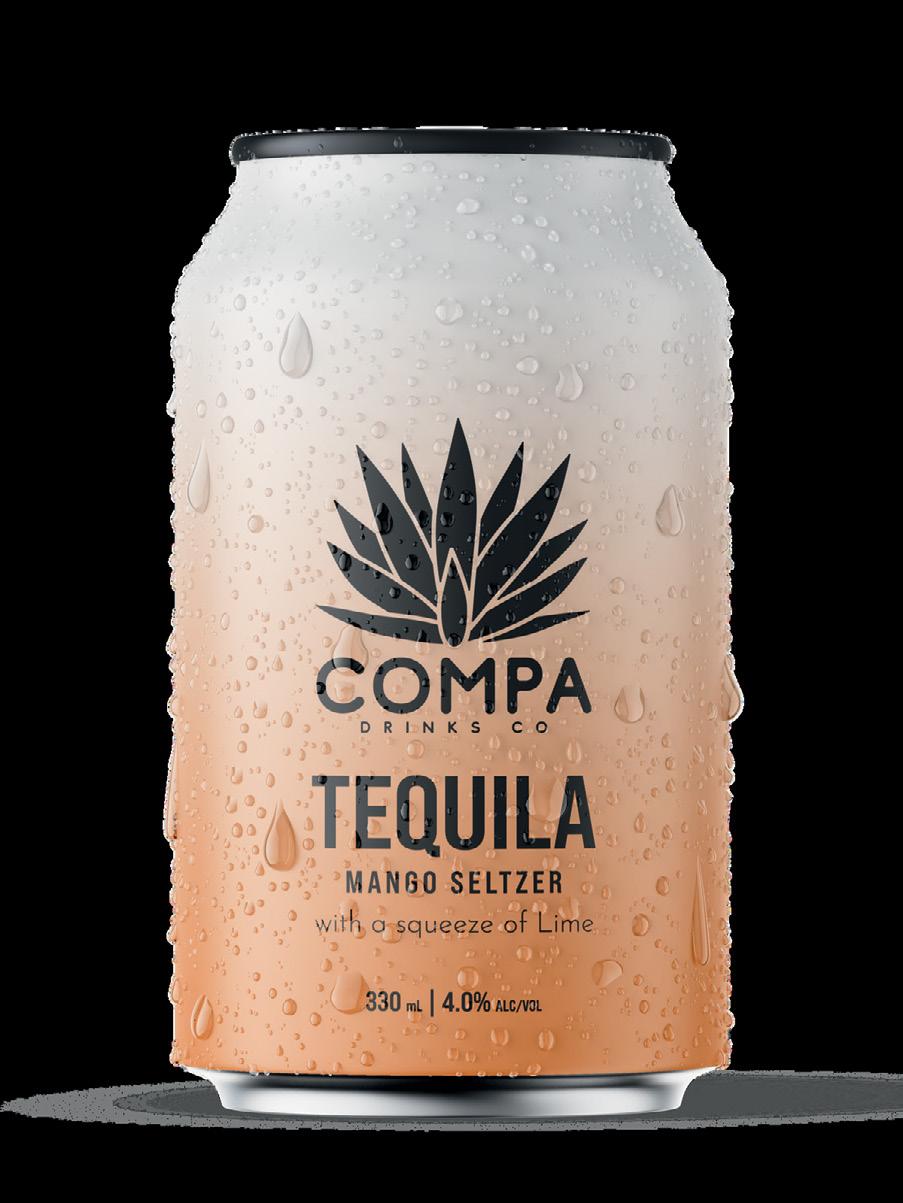



Made with 100% Agave Premium Blanco Tequila Inspired by Famous Mexican Cocktails Contact us now for more information and deals: Sales@compadrinksco.com Nick - 0407438133 LOW SUGAR LOW CALORIE ALL NATURAL
domestic and international customers are big right now on RTDs offering a higher ABV.”

South State Food and Beverage has also seen this demand coinciding with the other trends that are hot right now – for agave and cocktail-based premixes.
Bottomley discussed where this higher ABV trend is coming from and said: “After a summer that featured a proliferation of seltzers (low in alcohol and some would argue low in taste), consumers have begun to gravitate towards higher quality and higher alcohol strength RTD products.”
Ampersand Projects has responded by expanding its Vodka Soda & range to include no sugar and higher ABV (six per cent) variants in pine lime, passionfruit and watermelon flavours.
Ryan Buckle, Sales and Marketing Director for Top Shelf International, owners of NED Australian Whisky and Australian-made vodka brand, Grainshaker,
believes the ‘drink less’ trend lends itself to higher ABV options, because it means you can appreciate actually tasting the spirit aspect and sit with the one drink for longer accordingly.
“When you go higher in ABV, you want to make sure your spirit is excellent, so our relentless work at the distillery in innovation and flavour development gives us confidence that it’s a space we can lead in,” he added.
Delivering an immersive brand experience
Many of the companies interviewed for this story discussed the importance of finding ways for consumers to truly identify and connect with brands that span beyond taste, flavour, style… and the shelf.
Chappell said: “We are a big believer in connecting with our customers through tastings, social media competitions and activations. We are expanding Compa’s footprint and targeting key activations across the retail and event spaces.”
Buckle noted that NED and Grainshaker would be immersed in key consumer events this summer.
“We’re the official whisky of Supercars and so whether you’re spending a day at the track on a weekend away or watching at home, we’ve got a NED to suit that,” Buckle said.
“The summer of Grainshaker will be highlighted with our involvement once again with the Australian Open and a range of music festivals, celebratory occasions of bright flavours and emotions that we can translate to people’s homes.”
Meanwhile, Bottomley said Ampersand Projects’ rapid growth, from launching one product in 2018 to now having 22 products in the market across multiple categories, has made the brand aspirational and generated a cult-like following of loyal customers.
“Our customers proudly wear our merchandise - hoodies, tees, socks, hats, beanies that we supply for free as part of online promotions to give back to customers,” he said.
He said that customers also actively share their brand experience on social media, tagging the brand on Instagram stories every weekend.
CUB also has a big summer lined up with a huge amount of activity for its Good Tides seltzer brand aimed at driving retail sales with big prizes on offer for customers.

“We are now seeing a shift into flavour-forward RTDs such as canned cocktails and are noticing that seltzers are trying to move into the canned cocktail space as well.”
Colton Salter Brand Manager Bacardi-Martini Australia
70 | National Liquor News RTD

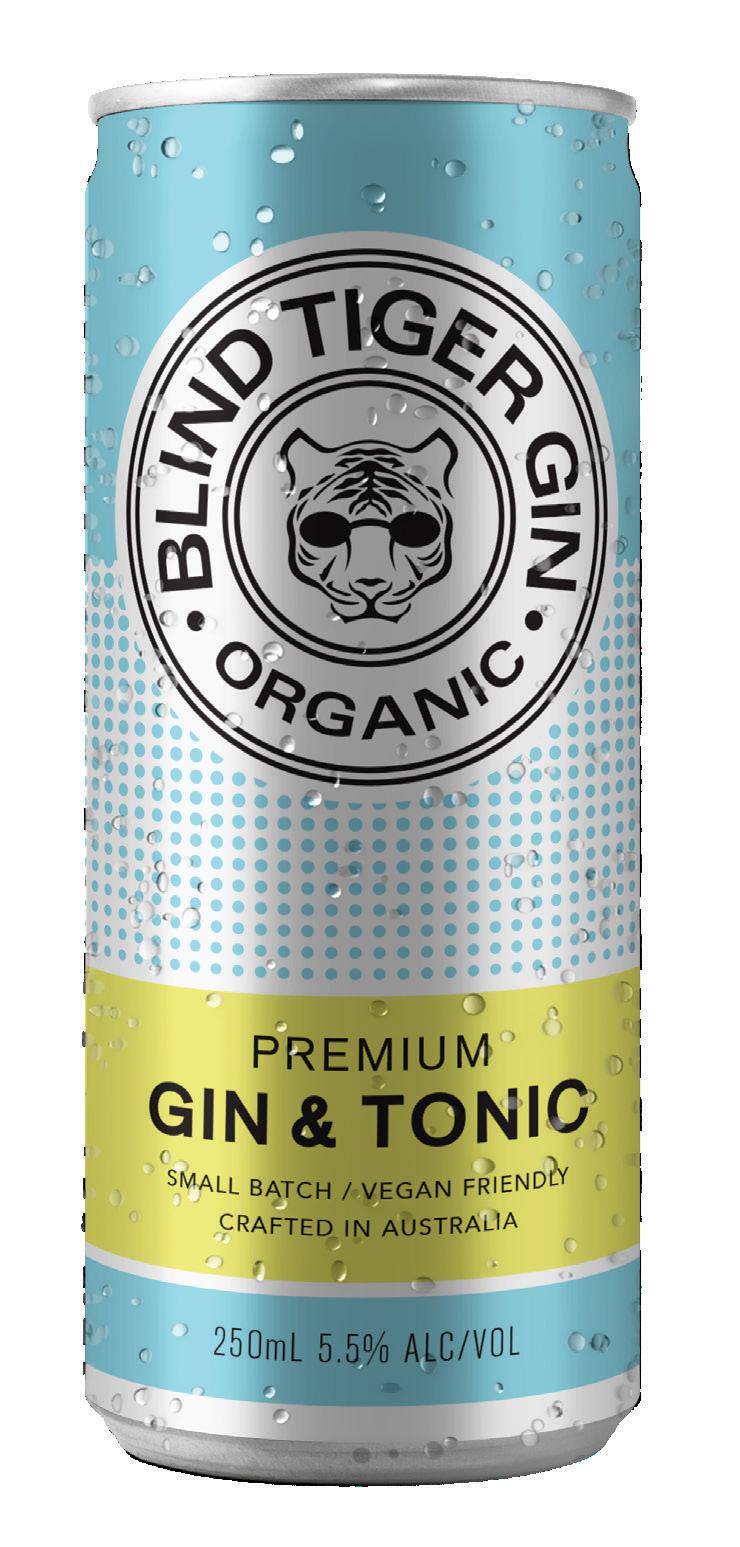
“To promote liquid on lips and trial of NPDs outside of stores, we’re also rolling out a national sampling campaign that is sure to spread the good word on Good Tides over summer!” said the CUB spokesperson.
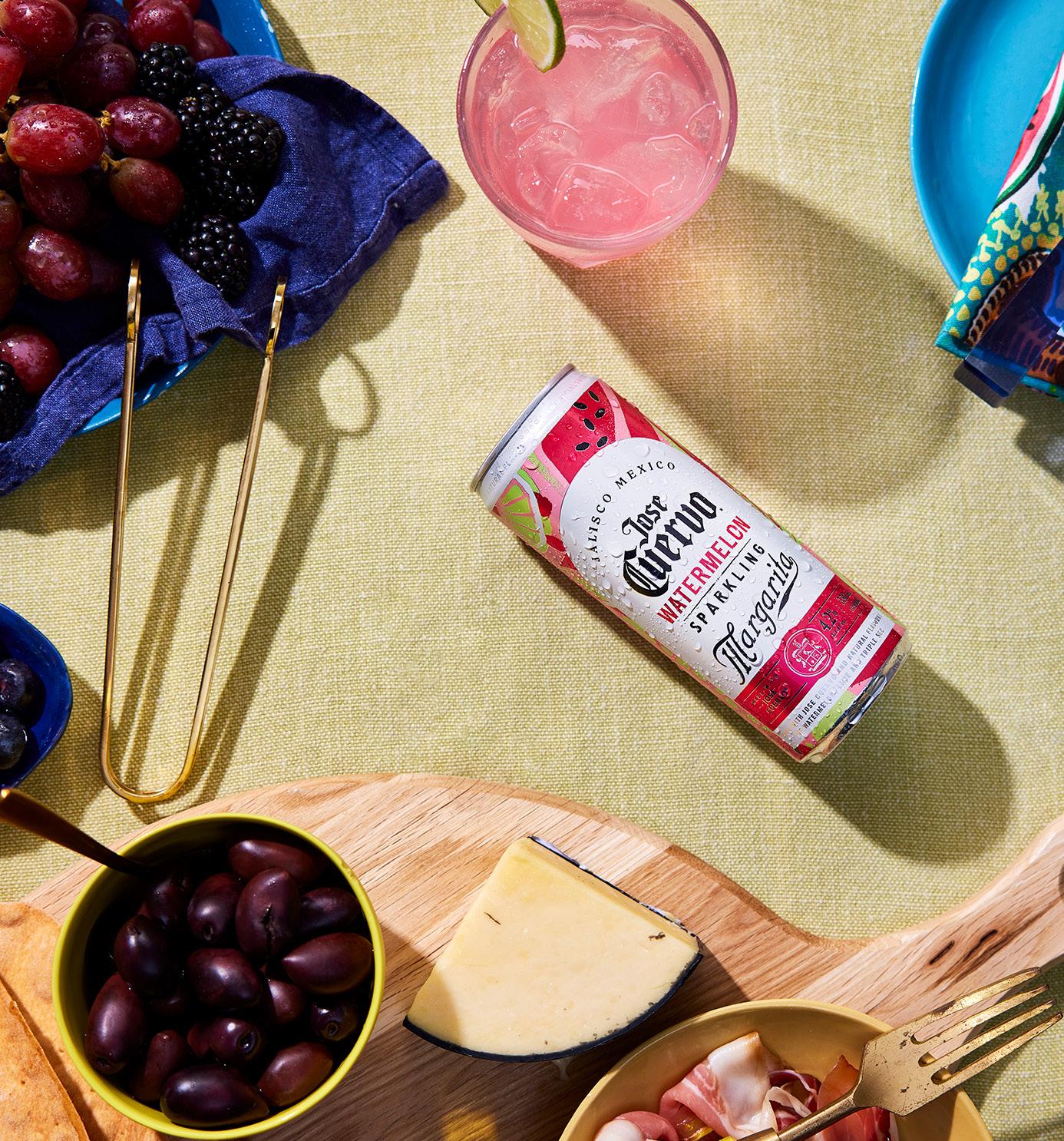
Retailer implications
While there are so many offshoots of growth that continue to propel the RTD category, Ming Lianto, Senior Insights Manager at Shopper Intelligence, said there is definitely an opportunity for the industry to address shoppers’ in-store experience to better futureproof the performance of RTDs.
“Premix (RTD) shoppers are not satisfied with the department. They rate prices, product, assortment and execution all significantly worse than the average liquor shopper. They’re very open to buying because they feel like it, so disrupting and engaging them in-store is critical,” Lianto said.
To encourage an in-store shopper experience that is both engaging and fruitful for existing and new RTD shoppers, we asked RTD producers for some tips to help retailers.
• “There is so much on offer in the seltzer market, so it’s important that retailers have a diverse offering to please customers. Brewed, vodka-based, gin-based and of course, tequila-based. We are also a big believer in the motto: ‘If it looks good they’ll buy it once, if it tastes good they’ll keep buying it.’
So branding is also key!” - Nick Chappell, Compa Drinks Co.
• “Price and variety are still top of mind when it comes to purchasing. Consumers aren’t brand loyal and want to pay a reasonable price for premium quality. They are heavy users of social media and are willing to try new products.” –Simon Williams, South State Food and Beverage.
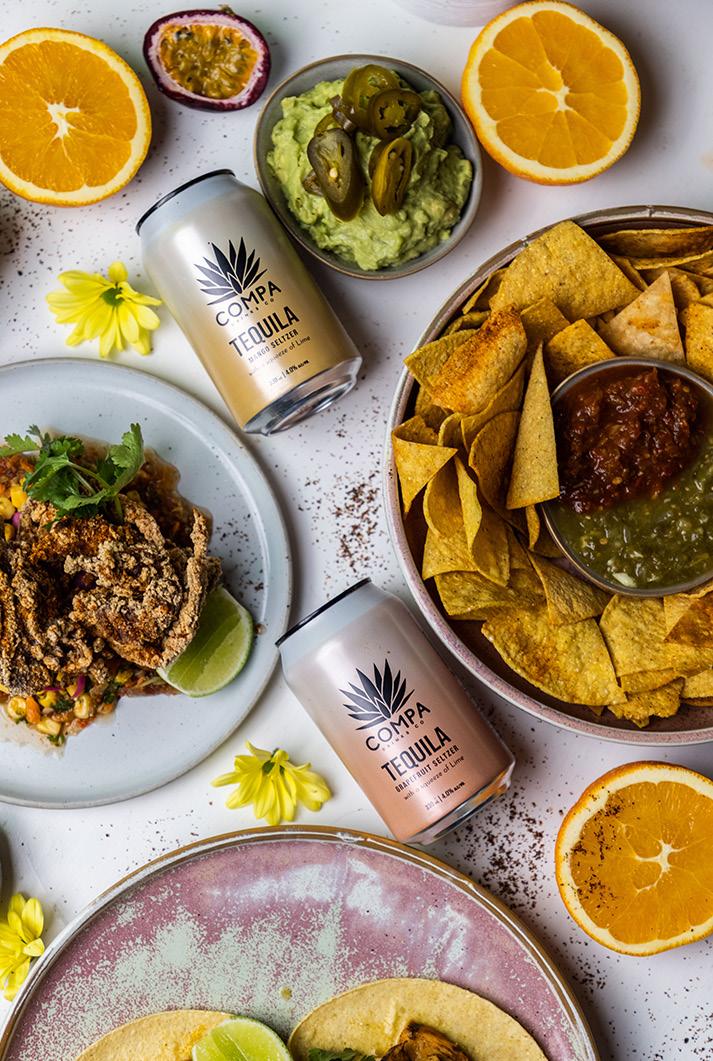

• “Visibility is the most important factor –people want to see what is new and what is trending for summer. It’s important to interrupt the shopper journey – make the purchase process really clear and really simple for them, so your customers don’t end up wandering indecisively. Finally, make sure your staff are up to date on new products (that means getting them to taste everything) and are well-versed in the occasions that each product suits so they can make recommendations to customers.”
- Hayley Dixon, Proximo Spirits.

• “Flavours and trends are moving quickly, don’t be afraid to take a punt on ‘challengers’ which are often pushing ahead of the curve. It’s also a great time to look at sampling events, we find that if we’re excited about a product the consumer is too – so getting them into people’s mouths is an easy way to win.” - Ryan Buckle, Top Shelf International.
• “Effective planograms are critical to the success of the category. Across the variety within the light RTD sector at the moment, it can be hard for consumers to choose what to purchase. By clearly outlining light RTDs into major groups, it will allow for the consumer to make an easy and educated choice.” Colton Salter, Bacardi-Martini Australia. ■
72 | National Liquor News RTD



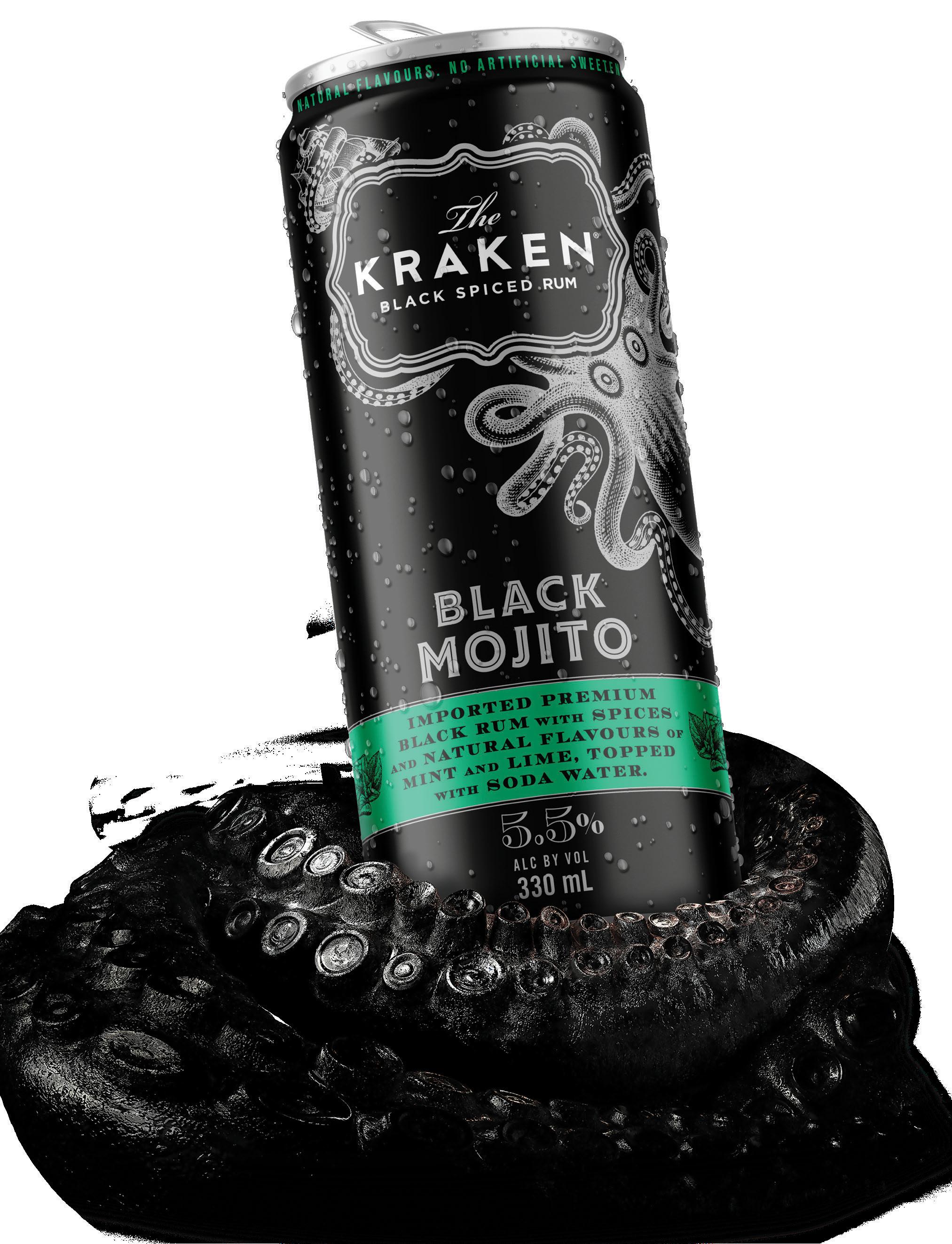
The Kraken® and other trademarks are owned by Proximo Spirits. Please Enjoy Responsibly. krakenrum.com FIERCELY KRAKEN BLACK MOJITO NEW CONTACT YOUR PROXIMO AREA MANAGER ABOUT STOCKING IN-STORE FOR SUMMER
NED Whisky & Cola 12%
We love the flavour of NED Australian Whisky, so why hide it? The new NED Whisky & Cola 12% 200mL can is the ultimate in RTD with ‘drink less, drink better’ enjoyment.

A premium sipper that doesn’t pull any punches, this carries the great taste of Australia’s best sour mash whisky matched perfectly with our own cola blend. Deep, complex flavours with a clean, moreish finish.
Distributor: Top Shelf International
Tequila & Margarita
Good Tides Blackcurrant Hard Seltzer
Good Tides Hard Seltzer’s delicious new Blackcurrant flavour combines succulent berry goodness with the signature taste that Good Tides is known for. Newly launched, this refreshing seltzer is the perfect readyto-drink treat for a warm summer’s day spent with friends. Want options for the whole gang? Select a Mixed 10-pack of Good Tides Hard Seltzers, and you will have a flavour for everyone Including existing favourites - Raspberry, Lemon Lime and Tropical Passionfruit plus new flavours, Mango and Watermelon. A healthier choice that hasn’t sacrificed on taste, pick up your favourite can today!
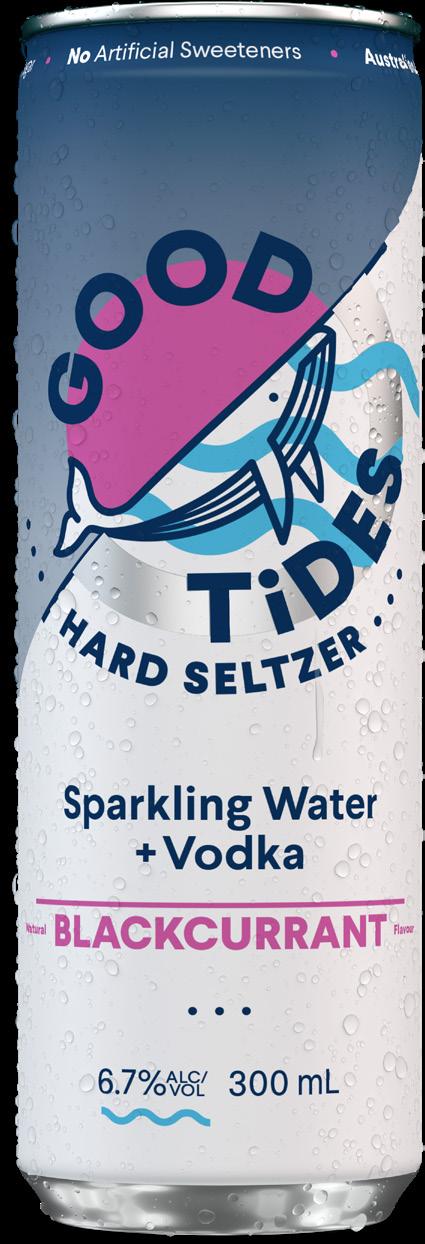
Distributor: Asahi Premium Beverages
Tequila & Margarita is the product of a unique collaboration between two local Australian companies - Ampersand Projects and Compa Drinks Co.

A unique sparkling Tommy’s Margarita RTD, made using premium blanco tequila sourced from ‘El Valle de Tequila’, Jalisco Mexico. Low in sugar, gluten free and delivering a balanced flavour with an ABV of five per cent to ensure the tequila shines and the authentic Tommy’s Margarita taste comes through for drinkers.
Distributor: Ampersand Projects

Cans seem to be a focus of the RTD market right now with new releases (including those from page 16) and established favourites alike. Here we spotlight some examples of different flavours, spirit bases, sizes and price points.
74 | National Liquor News RTD
Jack Daniel’s Tennessee Apple & Soda

Jack Daniel’s is excited to announce the launch of it’s new, Jack Daniel’s Tennessee Apple & Soda. The ready-to-drink serve is a new kind of golden delicious; juicy and fresh green apple complemented by the sweet bold flavours of Jack Daniel’s® Tennessee Whiskey mixed with refreshing soda.
Apple & Soda is a sessionable drink with a lower ABV at 4.4% that makes it approachable and refreshing whilst still delivering a distinct, flavourforward taste profile. Its convenient format and crisp flavour makes it the perfect drink at afternoon BBQs, the local bar and everything in between. Available at bottle shops around the country from early October.
Distributor: Brown-Forman Australia Pty Limited
Jose Cuervo Watermelon Margarita
Jose Cuervo has extended its Sparkling Margarita range with an all-new watermelon flavour. Building on the successful launch in 2021, the new Jose Cuervo Watermelon Sparkling Margarita is tailored to Australian palates and made in Australia.
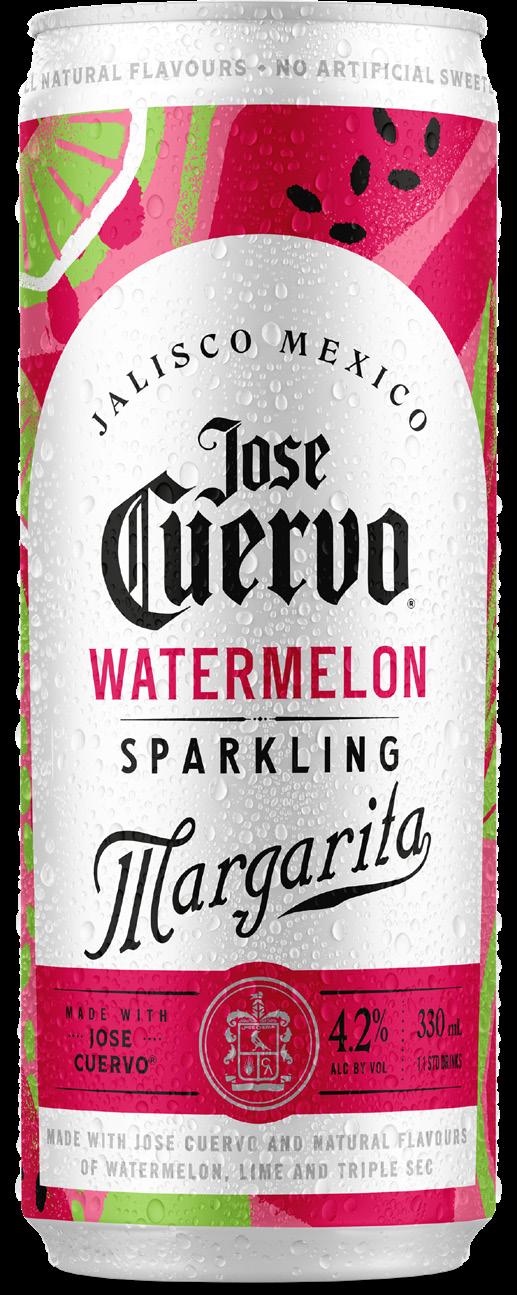
The premix fills a gap in the market for a refreshing afternoon session drink, blending authentic Jose Cuervo with the flavours of refreshing watermelon, natural lime and triple sec. It has a lightly sparkling twist and a clean dry finish.
A convenient version of one of Australia’s most beloved cocktails, the spritz is best served straight from the can or poured over ice.
Distributor: Proximo
Poor Tom’s new RTDs for summer
Marrickville’s favourite boundary pushing gin distillery, Poor Toms, is releasing two new RTDs into market to celebrate summer, both packing some serious flavour. After releasing a Gin & Tonic and Negroni Spritz last year, and continuing the trend of doing anything but the norm, Poor Toms welcomes Piña Colada Gin Spritz and Strawberry G&T into the family.
Co-founder, Griffin Blumer, said: “We wanted to make something that represented our full bottle spirits as perfectly made drinks. What we want to drink at a party or at Henson Park with our friends as the sun goes down on a Friday. As a team, we’re making what we want to drink - stuff that’s full of flavour, easy to consume and somewhat surprising.”
Poor Toms Piña Colada Gin Spritz and Strawberry G&T will be available in four-packs of 250ml cans nationally.

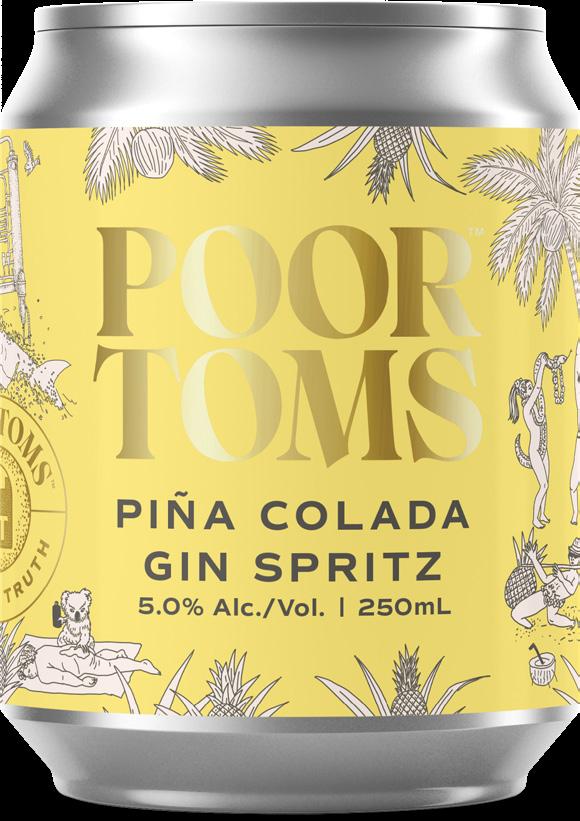
Distributor: SouthTrade International

October 2022 | 75 RTD
Kraken Black Mojito
The Kraken Black Spiced Rum is launching the world-first Kraken Black Mojito premix in Australia. After the successful launch of the Kraken & Cola and Kraken & Dry premixes, the premium spiced rum is launching a refreshing, canned twist on the classic.
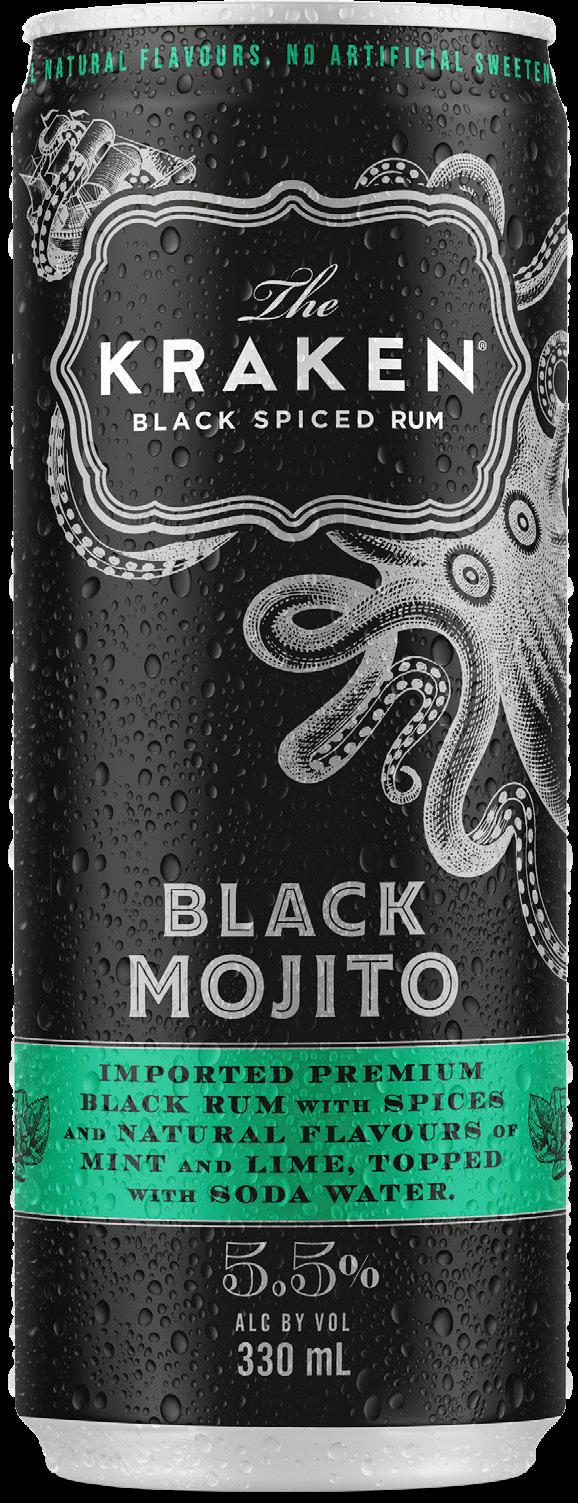
The Kraken Black Mojito gives the summertime classic a dark and fiercely refreshing twist. Crafted with Kraken Black Spiced Rum, blended with natural mint and lime, then topped with soda, this premix is a refreshing, perfectly balanced Black Mojito.
Ideal for summer, serve straight from the can or over ice, with mint and lime.
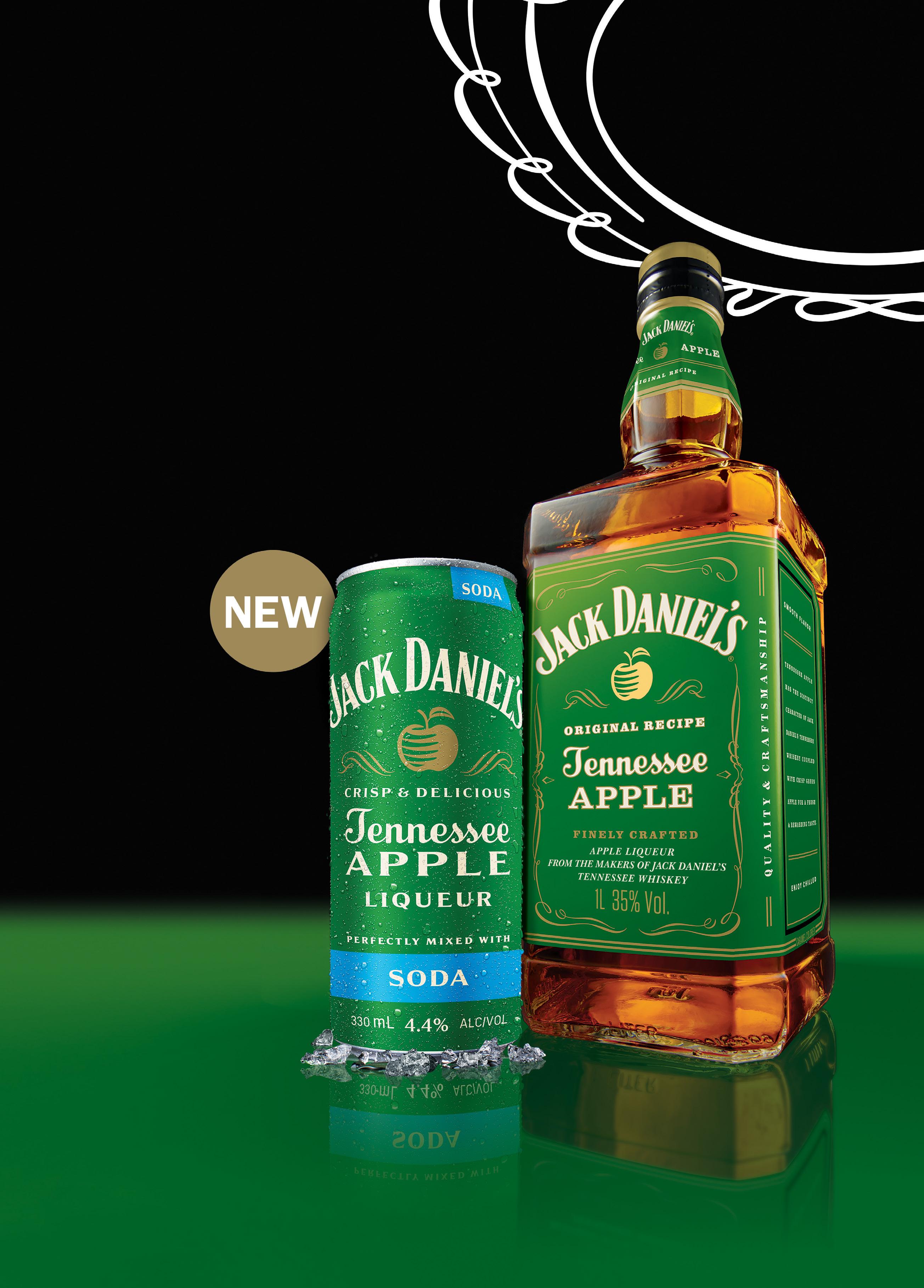
Distributor: Proximo
Compa Grapefruit Paloma Seltzer

Inspired by Mexico’s famous cocktail the Paloma and made with 100 per cent agave premium blanco tequila sourced from ‘El Valle de Tequila’ Jalisco, Mexico, this seltzer is all about cooling off on hot days.
It is one of the first to market tequila RTDs that is full-flavour, low sugar and low calorie. Grapefruit, lime, and tequila - as refreshing as it gets!
Distributor: Compa Drinks Co.

Bacardí canned cocktail range

Bacardí is gearing up for the summer season with two new fresh and flavourful additions to the portfolio. This October, Raspberry Mojito and Piña Colada canned cocktails hit shelves, joining the refreshing Mojito in Bacardí’s canned cocktail range.
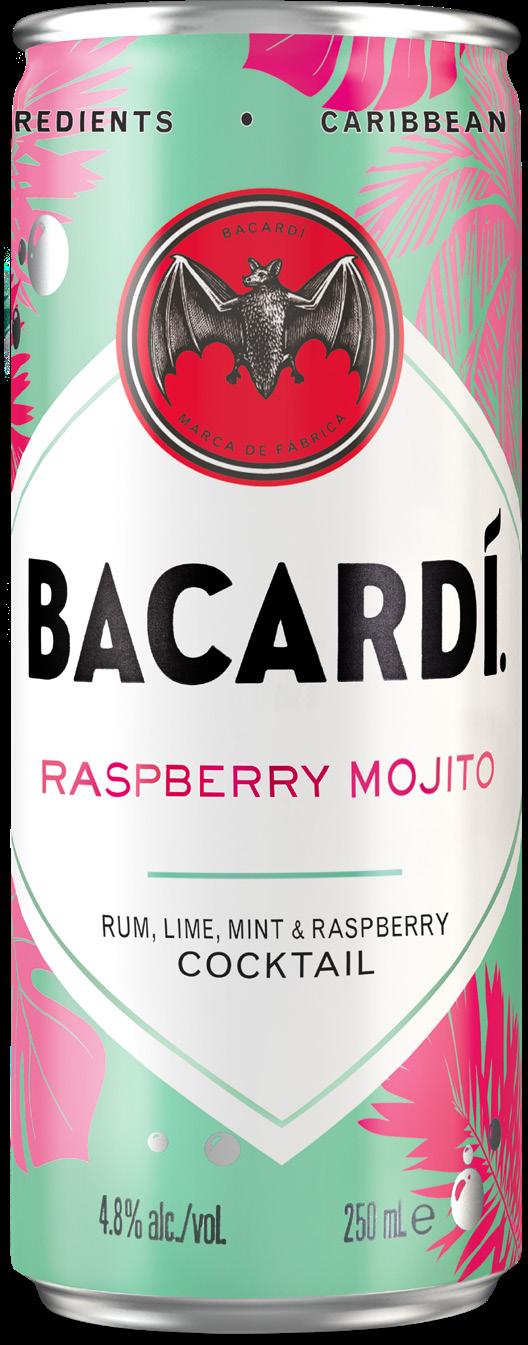
The refreshingly tasty Bacardí Raspberry Mojito lends a berry kick to the traditional mojito, offering a crisp blend of white rum, sparkling water and raspberry flavours. The Bacardí Piña Colada will transport you to a tropical paradise, with the perfect blend of white rum, sparkling water and the essence of real coconut.
Distributor: Bacardi-Martini Australia
76 | National Liquor News RTD

COMPARE APPLES APPLES GO ON WITH PLEASE DRINK RESPONSIBLY JACK DANIEL’S IS A REGISTERED TRADEMARK. ©2022 JACK DANIEL'S. ALL RIGHTS RESERVED.
In this tasting, our expert panel explored a range of blends that featured Shiraz and/or Cabernet Sauvignon. Here we have assembled their top picks in three price brackets.
Cabernet or Shiraz Blends
Panels Picks
The Panel
Christine Ricketts, Wine Educator, Endeavour Group
Michael Mcintosh, Fine Wine Brand Ambassador, Accolade Wines
Andrew Milne, Brand Manager, SouthTrade International
Brian Chase Olson, Director, Blend PR
Masha Kyrychenko, Business Development Manager
Cindy Panzera
Wine Content Writer

The System
Yalumba The Signature Cabernet Sauvignon Shiraz


Region: Barossa
VIN: 2018 LUC: $47.13
Distributed by: Samuel Smith & Son

“Round and robust structure. Great fruit intensity without overt sweetness. Plenty of Christmas cake notes and warm spices. Complex and evolving on the palate.”
– Michael Mcintosh
Rock of Wisdom Superfly Red (Shiraz Grenache)
Region: Barossa



VIN: 2021 LUC: $17.20 Distributed by: Déjà Vu Wine Co.
“Great structure and balance with fruit to back it up. Red skins and forest berry match nicely with the delicate acid and focused tannin.”
– Brian Chase Olson

Gaelic Cemetery Celtic Farm Shiraz Cabernet

Region: Clare Valley
VIN: 2020 LUC: $12.90
Distributed by: Déjà Vu Wine Co.
“Like a black forest cake, in a positive way. Black cherry, vanilla, mocha, and a lingering finish. Very interesting at this price point.”
– Christine Ricketts
➤
➤
➤
➤
➤
➤
,
95-100 Classic: an exceptional wine 90-94 Outstanding: a wine of remarkable character 85-89 Very good: a wine with impressive qualities
78 | National Liquor News Wine Tasting Review
LUC over $25
Calabria Saint Petri Grenache Shiraz Mataro

Region: Barossa
VIN: 2018 LUC: $46.22
Distributed by: Calabria Family Wine Group






“Elegant with an added layer of juiciness to enhance the tectural and focused tannin. Bold but still in control.”
– Brian Chase Olson
Taylors Masterstroke
Cabernet Shiraz
Region: Clare Valley
VIN: 2017 LUC: $36.55
Distributed by: Taylors Wines

“Dried cranberries, prunes, hazelnut, crushed strawberry stalks, with chocolate and mocha. It’s a wine that keeps on giving as new aromas emerge in the glass.”
– Masha Kyrychenko
Gaelic Cemetery
Cabernet Malbec

Region: Clare Valley
VIN: 2016 LUC: $28.87
Distributed by: Déjà Vu Wine Co.
“Layered black fruit, cedar and leather on the nose. This is a wine that seems youthful and is evolving. Loving the fruit and oak mingling.”
– Christine Ricketts
Wine Tasting
Evans & Tate
Redbrook Estate Cabernet Merlot
Region: Margaret River
VIN: 2018 LUC: $25.45
Distributed by: Fogarty Wine Group
“White pepper, mushroom, forest floor, coffee, eucalypt, vanilla, chocolate and leafiness on the palate.”
- Masha Kyrychenko
Deep Woods Estate Cabernet Sauvignon Merlot

Region: Margaret River
VIN: 2019 LUC: $26.50
Distributed by: Fogarty Wine Group

“Sweet spice and coffee sit alongside blackberry, black cherry and plums. Some perfume on the back lifts this nicely, allowing it to gloss around the mouth.”
– Andrew Milne
“There was a refreshing note to almost every wine. Well balanced, not hot and easily drunk with or without food. There’s serious versatility in this category and something for most palates and budgets.”
Andrew Milne Brand Ambassador SouthTrade International
Food Pairing
O’Leary Walker
Cabernet Shiraz

Region: Barossa
VIN: 2020 LUC: $28.38
Distributed by: O’Leary Walker
“Lamb shanks and mash.” –Cindy Panzera
“A variety of dishes would work well, from a ragu pasta to pizza to chargrilled beef.”
– Michael Mcintosh
“Wines over the $16 price point are best paired with Italian dishes and cheese.”
- Masha Kyrychenko
“Veal or ossobuco comes to mind for some of the more structured wines.”
– Andrew Milne
– Brian Chase Olson
“Red berry and leafy on the nose, this one is built for the cellar. High acid and tannin but still a nice concentrated fruit plushness to support it for the long haul.”
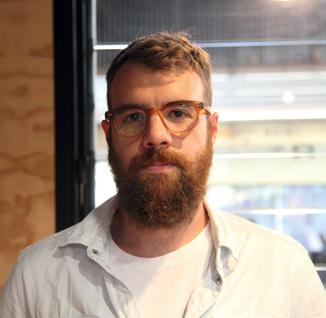
➤
➤
➤
➤
October 2022 | 79
Review
“So much diversity of style. Some young, fresh and vibrant, some big classic and unapologetic. A great lineup.”
Brian Chase Olson Director Blend PR

LUC $16-$25
Ferngrove Queen of Sheba Cabernet Sauvignon Shiraz
Region: Great Southern






VIN: 2019 LUC: $24.23
Distributed by: Ferngrove
“Crunchy red fruits, full of vibrancy but not in your face. Currants and red cherries sit alongside a Cherrywood and floral note. Silky tannins and long finish.” – Andrew Milne
Anarchist The Unreserved Cabernet Shiraz

Region: Coonawarra
VIN: 2018 LUC: $19.25
Distributed by: Brand Group
“Complex and intense upfront fruit. Rich and plummy. Balanced oak integration, framed by fine ripe tannins.”
– Michael Mcintosh
Editor’s Picks
Wynns Coonawarra Estate Reframed Shiraz x Riesling 2021, Coonawarra, LUC $17.05 (Treasury Premium Brands)
Zema Estate Cluny Cabernet Merlot 2018, Coonawarra, LUC $18.21 (Zema Estate)
Kirrihill E.B’s The Peacemaker Cabernet Shiraz 2018, Clare Valley, LUC $28.49 (Kirrihill)
Barton & Guestier Bordeaux 2020, France, LUC $14.20 (The Wine Gang)
Golden Child Lazy Sunday Light Red (Pinot Noir Syrah)

Region: Adelaide Hills
VIN: 2022 LUC: $18.49
Distributed by: Déjà Vu Wine Co.
“Very pleasant, light and flavoursome. Dry, light body with red cherry and pepper on the palate. So youthful, with soft tannins and nice length.”
– Christine Ricketts
Calabria Bros. Grenache Shiraz Mataro

Region: Barossa
VIN: 2019 LUC: $18.27
Distributed by: Calabria Family Wine Groupa
“What a nose! This entices you right away and delivers on the palate. Sweet spice, mint, chocolate, blackberry, damson, and cedar oak all mould together harmoniously.”
– Andrew Milne
La Bohème Act Four Syrah Gamay

Region: Yarra Valley
VIN: 2020 LUC: $21.95
Distributed by: De Bortoli
“A wine with room to grow. Lovely fresh fruit and integrated oak. Balanced and flavoursome on the palate with good length and layers.”
– Christine Ricketts
Brand & Sons Night Owls Shiraz Malbec


Region: Coonawarra
VIN: 2019 LUC: $16.16
Distributed by: Ascott Wine Services (VIC), Brand Group (rest of Australia)

“Super juicy, mouth watering red fruits. Very fine, mouth coating tannins. Dark chocolate character lingers on the finish.”
– Brian Chase Olson
➤
➤
➤
➤
80 | National Liquor News Wine Tasting Review
LUC under $16
Brand’s Laira Blockers Cabernet Merlot

Region: Coonawarra
VIN: 2020 LUC: $15.26
Distributed by: Casella Family Brands
“Grape stalks, dried leaves, smashed blackberries and cracked pepper on the nose. Stewed red fruit and savoury spice on the palate.”
– Masha Kyrychenko
Harewood Estate Shiraz Cabernet

Region: Great Southern
VIN: 2020 LUC: $13.98
Distributed by: Single Vineyard Sellers
“Raspberry and rhubarb, candied cranberries, musk stick, white pepper and eucalypt. Heart warming wine for a cold night.” - Masha Kyrychenko
Harewood Estate Cabernet Merlot
Region: Great Southern
VIN: 2018 LUC: $12.90
Distributed by:
Single Vineyard Sellers
“Soft and juicy. This is showing its age well. Mint chocolate, plums and mulberries. Tannins are still relatively firm giving a dry finish.”
– Andrew Milne
Yalumba Y Series
Shiraz Viognier
Region: South Australia
VIN: 2020 LUC: $11.29
Distributed by:
Samuel Smith & Son
“On the nose, shy, light, faint rosepetal,strawberry,gumdrop and peppermint. Tannins stripe down the middle of the palate, with good structure that fades evenly. Lovely concentration.” –
Brian Chase Olson
Taylors Promised Land Shiraz Cabernet


Region: South Australia
VIN: 2019 LUC: $11.01
Distributed by: Taylors Wines
“Good complexity and savoury notes. Licks of oak and musky spice. Warming finish.” –Michael Mcintosh
Quick facts about blends
➤ International regions like Bordeaux have built great reputations for the likes of red blends, but the tradition of red wine blending also has a strong history in Australia, with great winemakers like Maurice O’Shea and Max Schubert known as pioneers of the style here.
➤ Shiraz and Cabernet Sauvignon are two of the most popular varietals to appear in red blend wines in Australia.
➤
Blending varietals can bring together the best of two or more different types of grapes, allowing them to help bridge the gap between different single varietal wines for consumers.
Marty’s Block Cabernet Shiraz

Region: South Australia
VIN: 2021 LUC: $9.31
Distributed by: Samuel Smith & Son
“Big and earthy. Blackberry and damson alongside plums and dark chocolate. Good balance and long length.”

– Andrew Milne
“A lot of high alcohol wines but most were well balanced by fruit and tannins.”





 Christine Ricketts Wine Educator Endeavour Group
Christine Ricketts Wine Educator Endeavour Group

October 2022 | 81 Wine Tasting Review
What is the priceof convenience?
The unexpected purchase. Some friends are popping around at short notice and I have an empty beer fridge.
My friends are mainstream beer drinkers who like a glass or two of red wine with dinner and we usually finish off with a few fingers of single malt Scotch as the meal winds down and conversation dials up.
So, I need a slab of beer, a few bottles of wine and a bottle of spirits.
The question is, do I wander down to my local bottle shop which is just a few doors down? Or do I jump in the car and head off to one of two big beer barns, both of which are a five minute drive away?
I have enough time to do either and because I am expecting my spend to be in excess of $150, I decide, like a majority of shoppers, to do some quick online research. In fact, according to a quick Google search, 81 per cent of shoppers do online research before making a considered purchase.

My initial thought was the big beer barns will offer me the best price on my purchase bundle. I expected that by purchasing at either of the big beer barns, I would save around five to 10 per cent on my total purchase.
The equation based on my assumption before going online was ‘is my time worth the savings?’ and ‘was I prepared to pay a slight premium for convenience?’
What my research revealed was quite surprising.
I preface this by stating that none of the items I was
looking to purchase were on price promotion, making price comparison simple and easy.
First, I compared a slab of my favourite mainstream beer brand and found that there was a 10 per cent price premium from lowest to highest price. I was pleasantly surprised to see that the price advertised at my local bottle shop was lower than both the big beer barns.
What about the wine? I decided to compare the price of mid-tier Pinot Noir to match the meal. I needed two bottles and again, assuming that my local bottle shop would be the most expensive, was proven wrong. There was a 22 per cent variance in price per bottle with one of the big beer barns being least expensive, my local bottle shop priced in the middle and the other big beer barn the most expensive.
Finally, I compared my preferred brand of single malt Scotch, which was almost line priced across all three options.
In summary, I wandered down to my local bottle shop and made my purchase because they were competitively priced for my needs and just 0.1 per cent more expensive than the lowest priced big beer barn and six per cent less than the other big beer barn.
My assumption was incorrect, and I learnt there is plenty of value in doing a quick bit of research before venturing out for your next liquor purchase. ■

“I learnt there is plenty of value in doing a quick bit of research before venturing out for your next liquor purchase.”
Stephen Wilson Category and Insights Manager Strikeforce
Stephen Wilson, Category and Insights Manager at Strikeforce, writes about a recent shopping experience where he found his assumptions about local liquor stores versus big barn stores were proven wrong.
Convenience 82 | National Liquor News
Contact Shane T Williams to book now! on 02 8586 6205 or email stwilliams@intermedia.com.au * Google Analytics 2021, TheShout averaged 60,497 unique users per month. Do you have an upcoming launch, NPD, line extension or promotion? Then drive brand awareness. Support your sales team. Book a campaign. averaged unique users every month. 60,497*
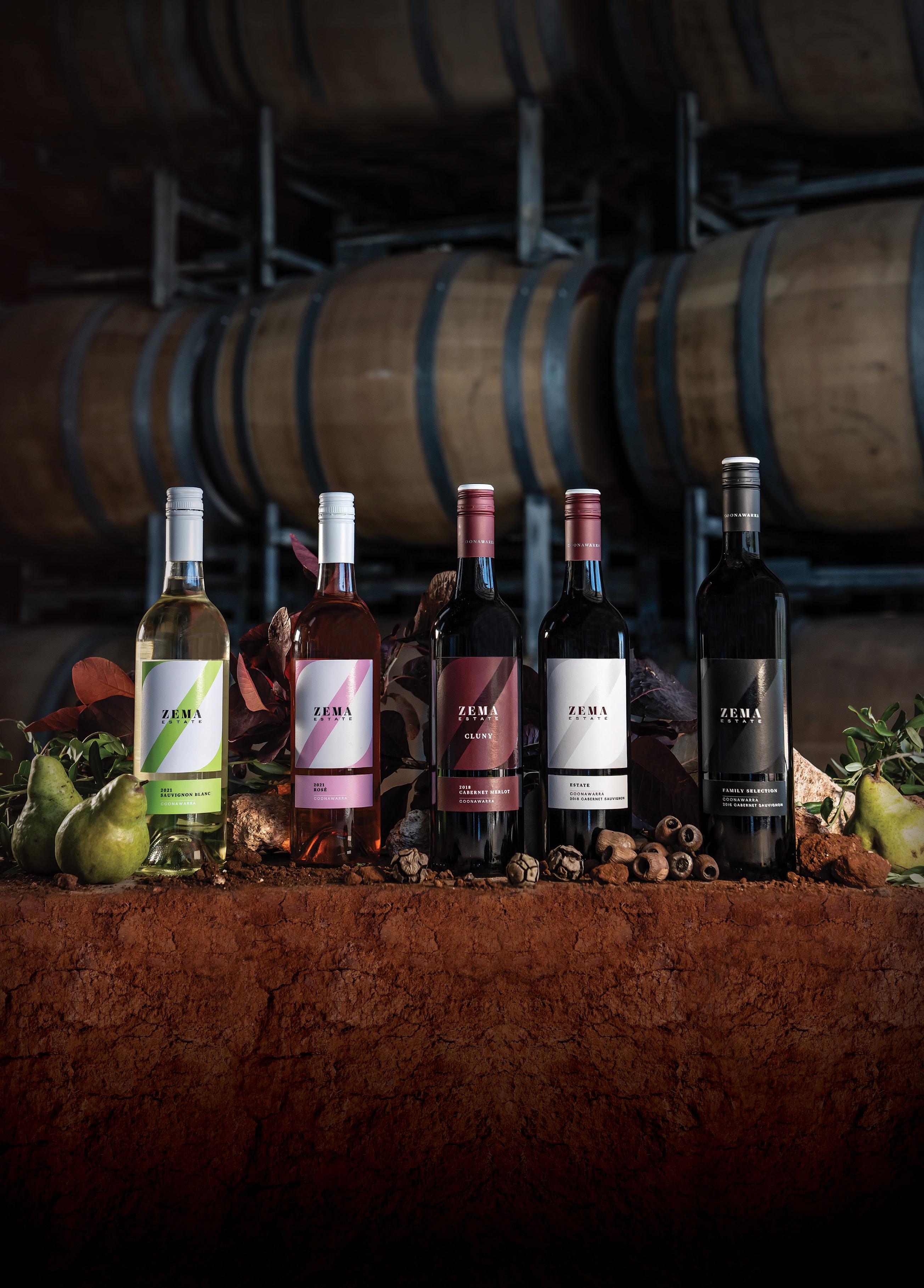
TRUE COONAWARRA Family-owned and producing premium-quality Cabernet Sauvignon and Shiraz for over 40 years. zema.com.au








 AUSTRALIA’S
AUSTRALIA’S







































































































































































































 BACARDI-MARTINI AUSTRALIA PTY LIMITED
BACARDI-MARTINI AUSTRALIA PTY LIMITED



















































 New Grey Goose Brand Ambassador Kayla Grigoriou
Above and below: Guests at the Paramount Liquor Dark Spirit Masterclass
New Grey Goose Brand Ambassador Kayla Grigoriou
Above and below: Guests at the Paramount Liquor Dark Spirit Masterclass



 Jim McEwan and Eddie Brook
Evan Stroeve
Simon Ford
Jim McEwan and Eddie Brook
Evan Stroeve
Simon Ford





















 Michael Waters CEO Retail Drinks Australia
Michael Waters CEO Retail Drinks Australia




































 Paul Esposito CEO ILG
Paul Esposito CEO ILG












































 Devil’s Corner. Credit: Lisa Kuilenburg
Frank’s Cider
Devil’s Corner. Credit: Lisa Kuilenburg
Frank’s Cider


































































































